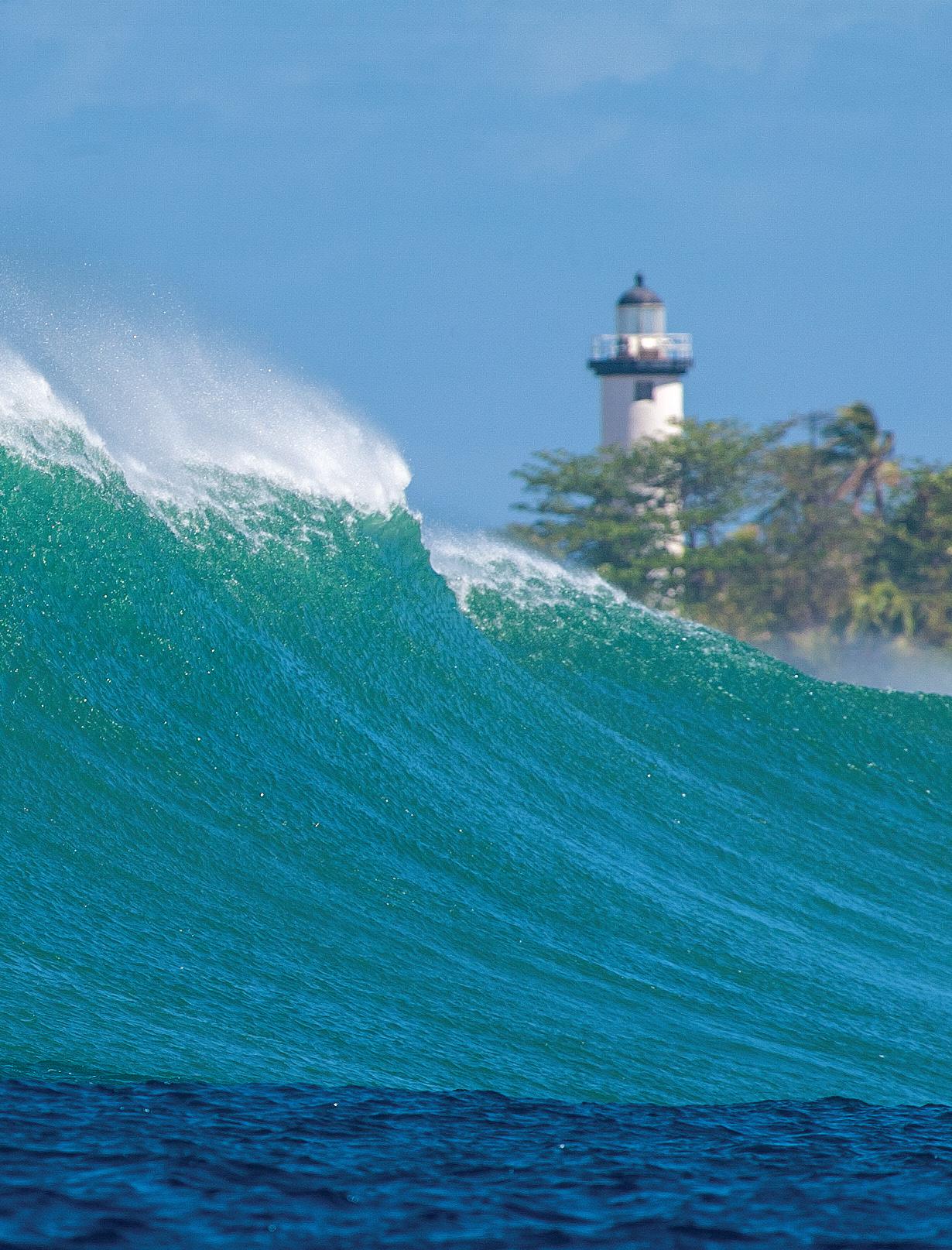THE PHOTO ISSUE
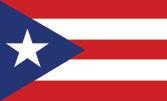

FREE IN PUERTO RICO V1N3
W^XD PICTURE THIS
Photo: gOnzo
EXTENSIVE VARIETY OF FLOWERS AND MEDICAL CANNABIS
ACCESS OFFERS AND PLACE ORDERS ONLINE VIA APP

HIGHEST QUALITY PRODUCTS AND FRESHNESS
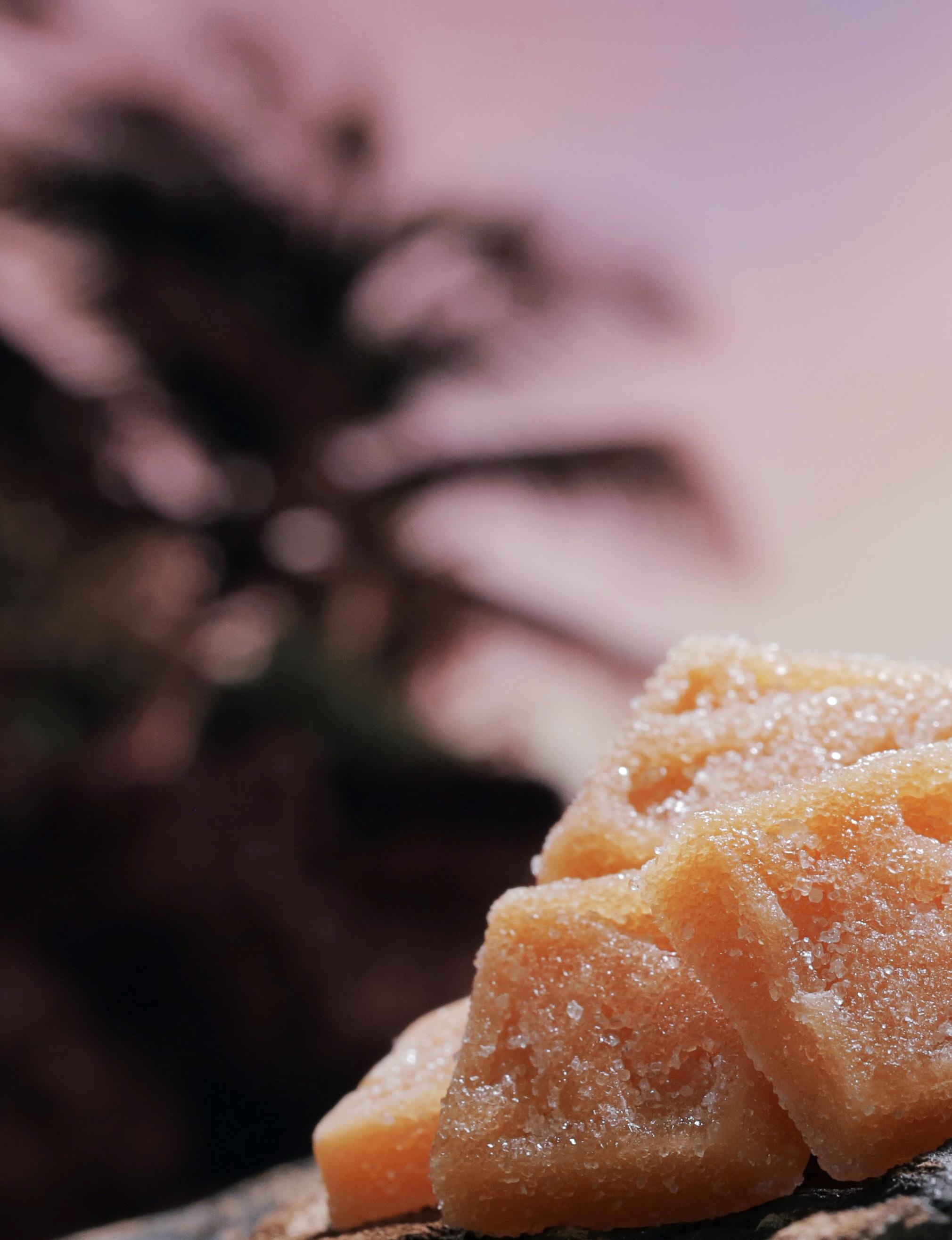
OPEN MONDAY TO SATURDAY 10AM - 6PM SUNDAY 11AM - 5PM
WEB THEGREENROOMRINCON.COM
EMAIL THEGREENROOMRINCONPR@GMAIL.COM IG @THEGREENROOMRINCON
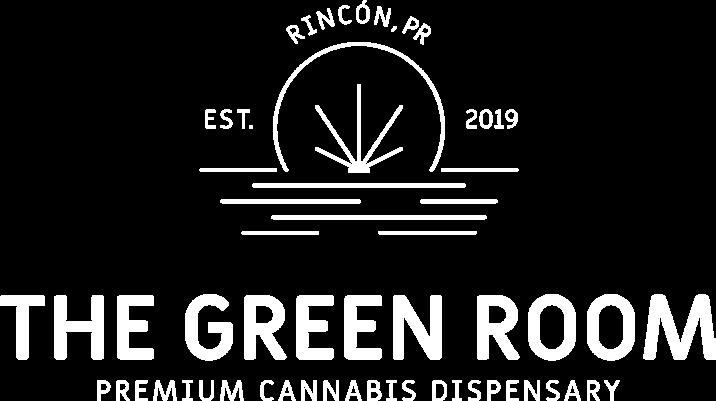
FB @THEGREENROOMRINCON APP THE GREEN ROOM
PHONE (787) 551-7184
* ANY PERSON OVER THE AGE OF 21 WITH AN APPPROVED MEDICAL CONDITION, WE CAN HELP YOU OBTAIN OR RENEW YOUR LICENSE EASILY AND QUICKLY.
MEDICAL CANNABIS DISPENSARY IN THE TOWN OF
RINCON, PR.
BEAUTIFUL SUNSETS,
Founder
Olivia Napolitano @oliviagnapolitano
Publisher


Olivia Napolitano @oliviagnapolitano
Art Director
Olivia Napolitano @oliviagnapolitano
Photo Director
Manuel González @gonzolenz
Business Development/ Sales

Jason Scheurer
Contributing
Photographers
Adrián Cruz @adriancruz_photography
Ardiel Jiménez @ardieljimenez
Callaway Ramsey @callawayramsey
Chris Candelas @chris.candelas.photo
Edu López @edu_lopez_89
Ike Raffols @arrecife_surf
Iván Férrer @ferrerh2ophotos
Jesús Chu @jesuschuphoto
Jorge Figueroa @lfv_jorge
Manuel González @gonzolenz
Pichón Duarte @burracasfilms
Rachel Tanner @racheltannerphoto
Tony Arruza @tony.arruza Yeyo Pesquera @ypesquera
Office
(939) 438-6000
Email info@waxdmagazine.com
Website www.waxdmagazine.com
@waxdmagazine.com

WAXD MAGAZINE distribuye 2,500 copias por mes a tiendas selectas de surf y tiendas especializadas en todo Puerto Rico.
Aparte de las cartas de “franqueo gratuito”, no aceptamos envíos editoriales no solicitados sin antes establecer contacto con el publisher. WAXD y sus asociados no son responsables de envíos perdidos, robados o dañados ni de su devolución.
Para consultas sobre publicidad, envíe un correo electrónico a info@ waxdmagazine.com
La correspondencia unidireccional se puede enviar a P.O Box 69, Rincon, PR 00677
WAXD MAGAZINE distributes 2,500 copies per month to select surf shops and specialty stores throughout Puerto Rico.
Other than “Free Postage” letters, we do not accept unsolicited editorial submissions without first establishing contact with the publisher. WAXD and its associates are not responsible for lost, stolen or damaged submissions or their return.
For advertising inquiries please email info@waxdmagazine.com
One- way correspondence can be sent to P.O Box 69, Rincon, PR 00677
Photo: gOnzo
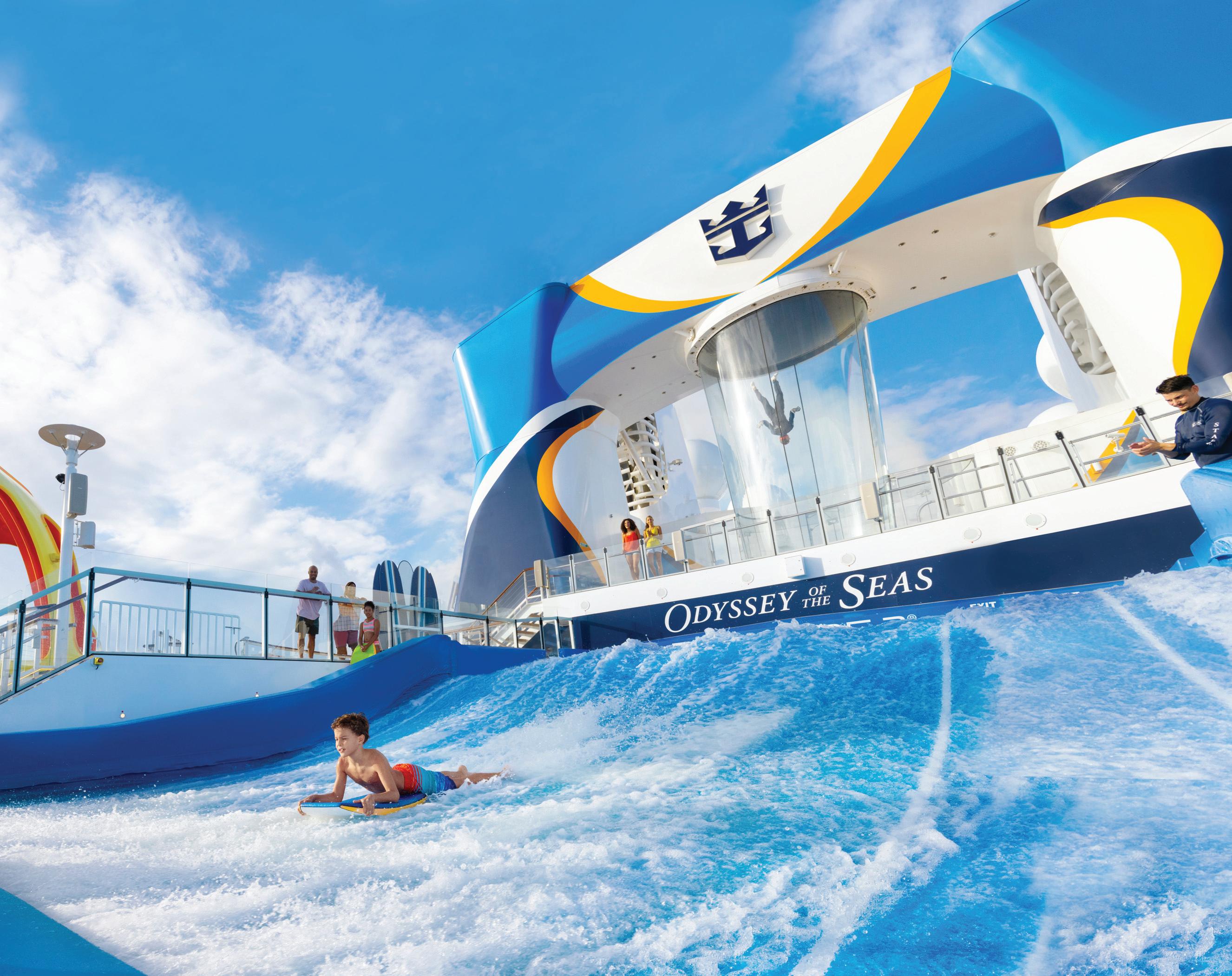
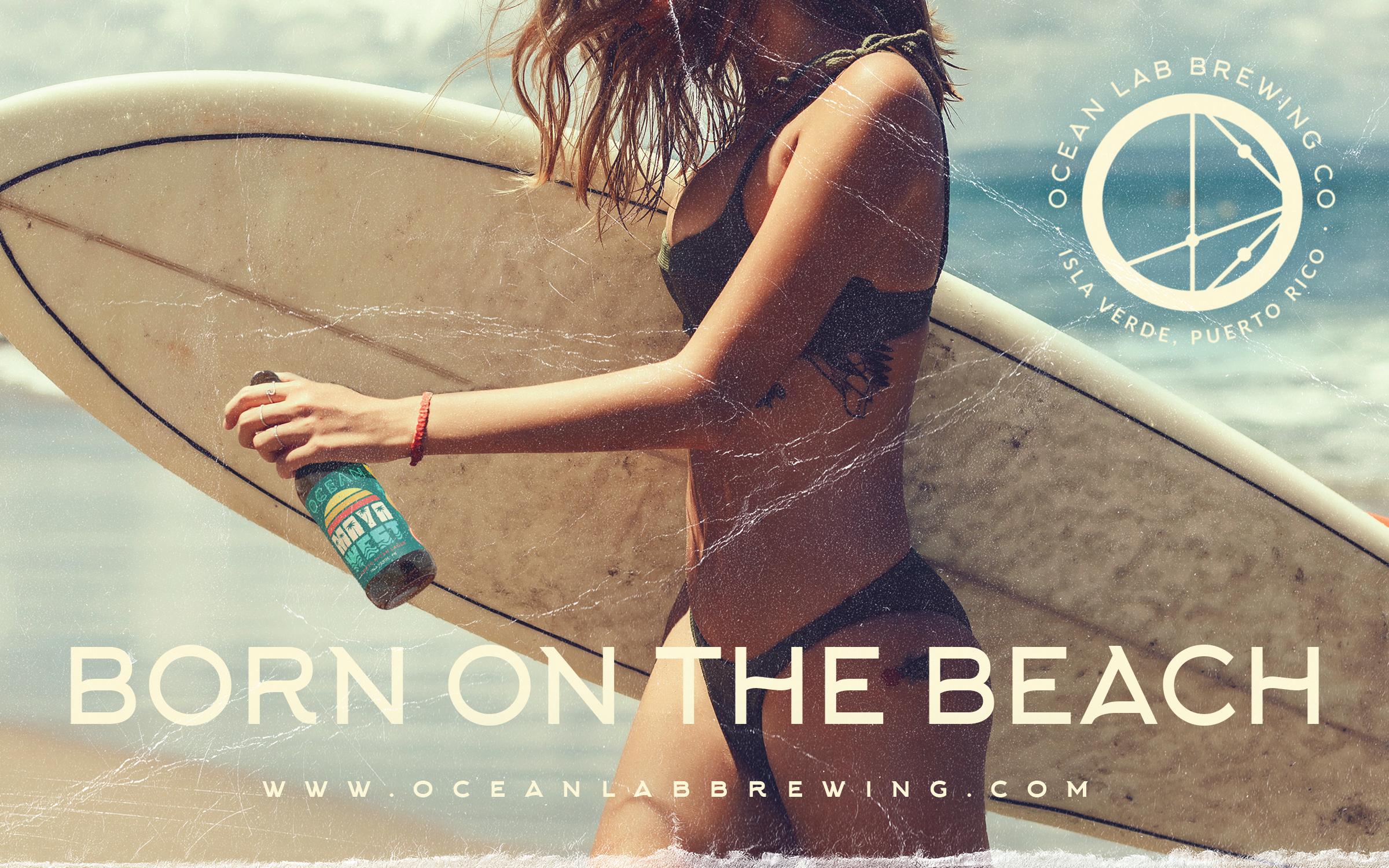


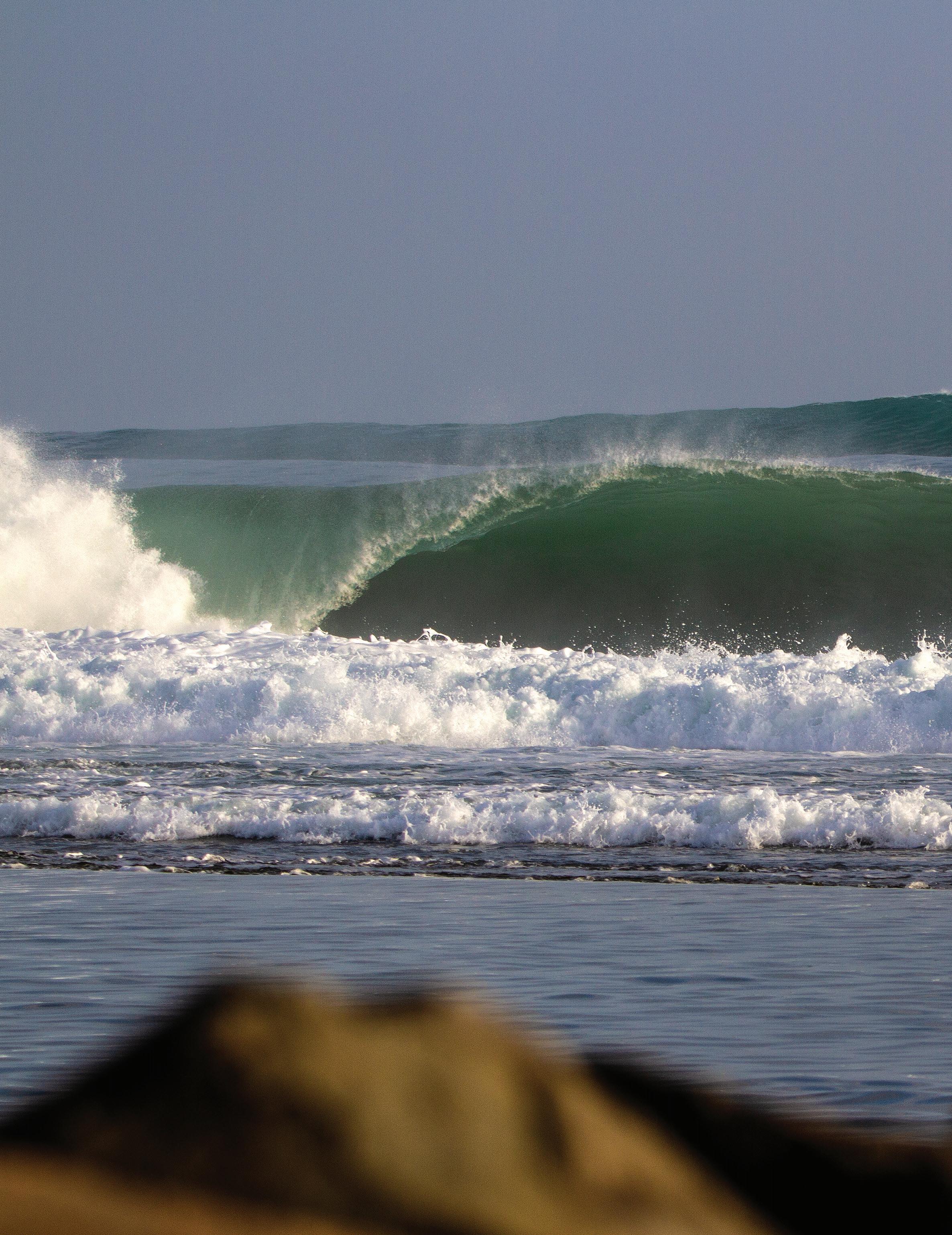 Photo: gOnzo
Photo: gOnzo
RAW DAYS
RETRO DAYS
SHADES OF BLUE
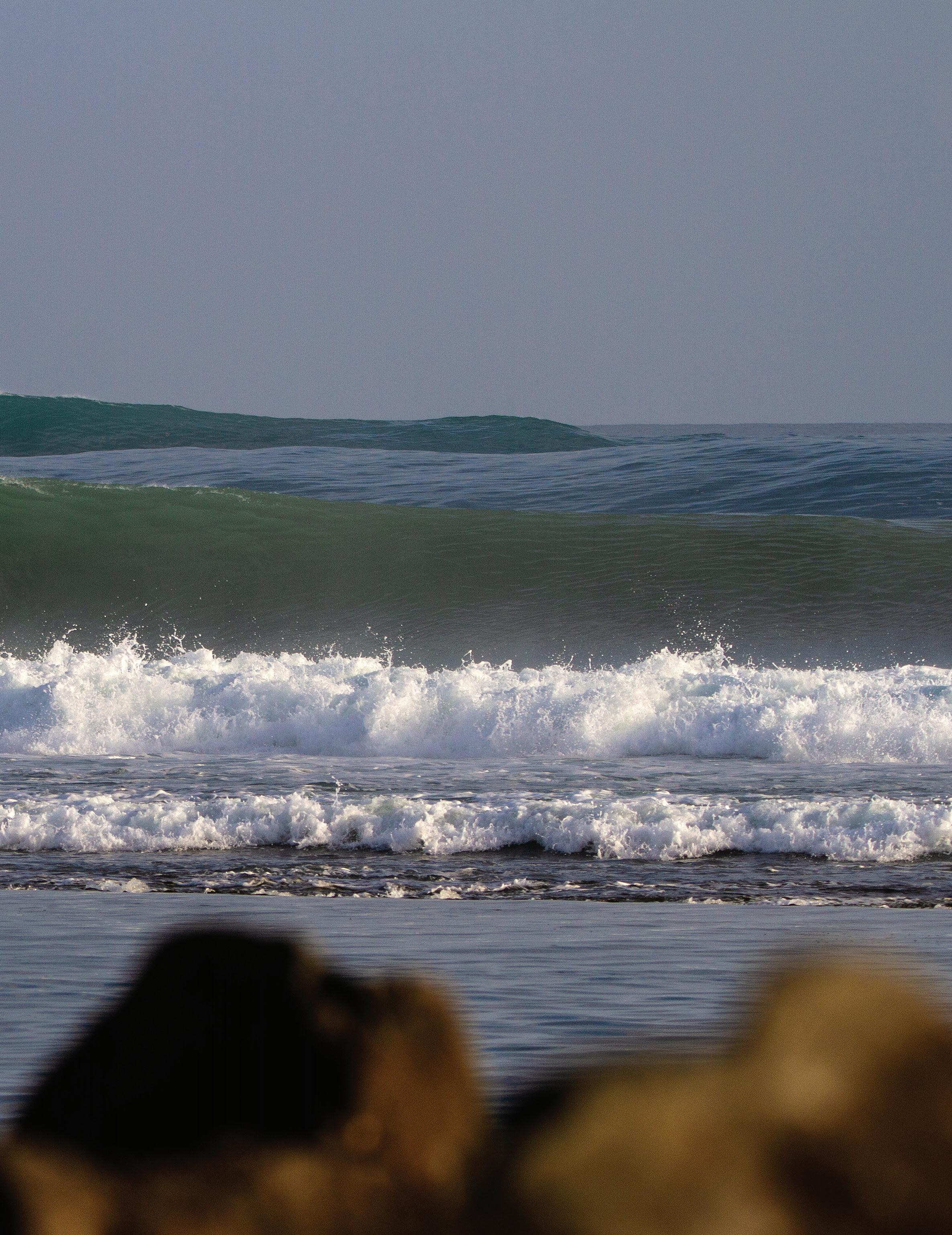
UNMATCHED
LAST LOOK
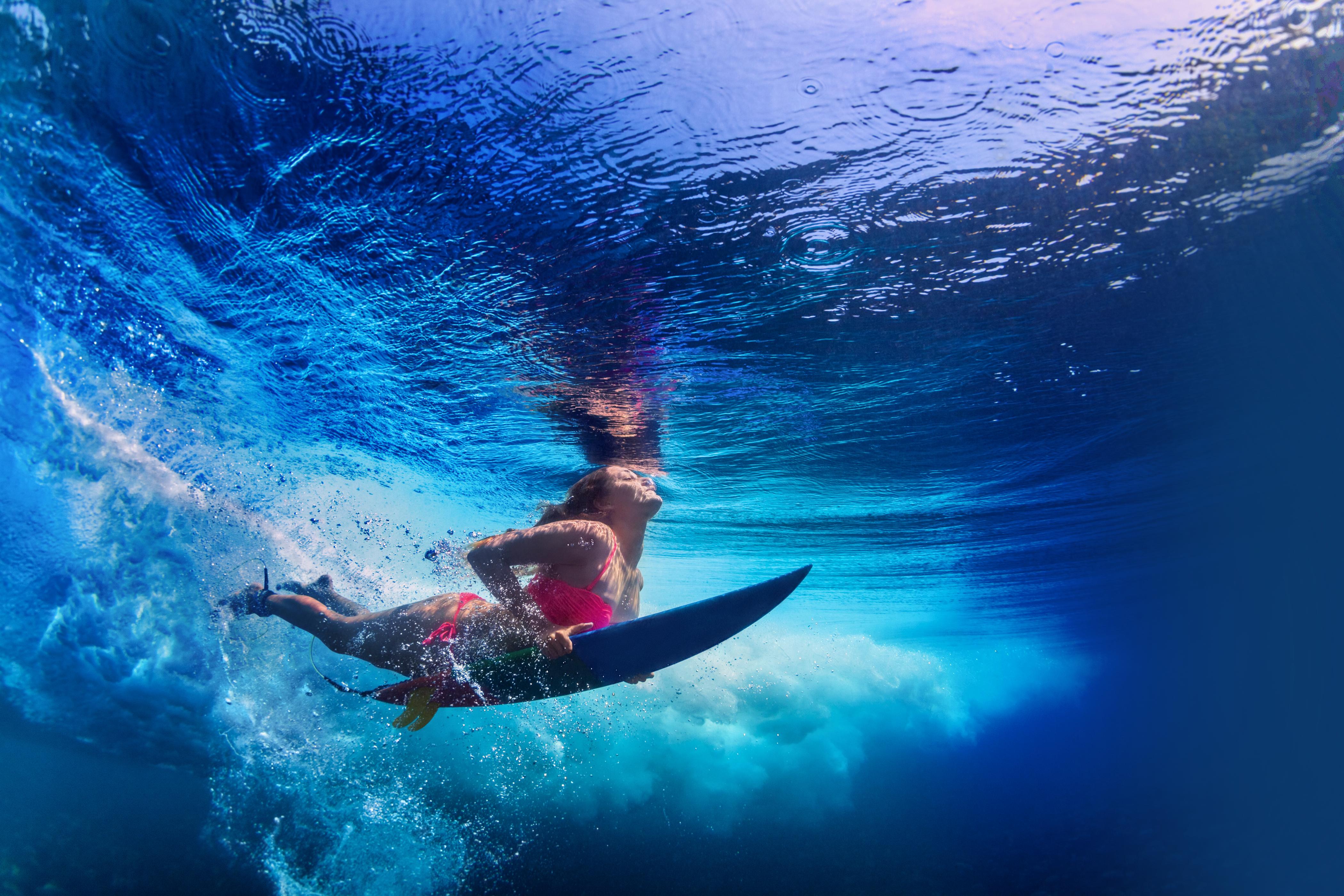
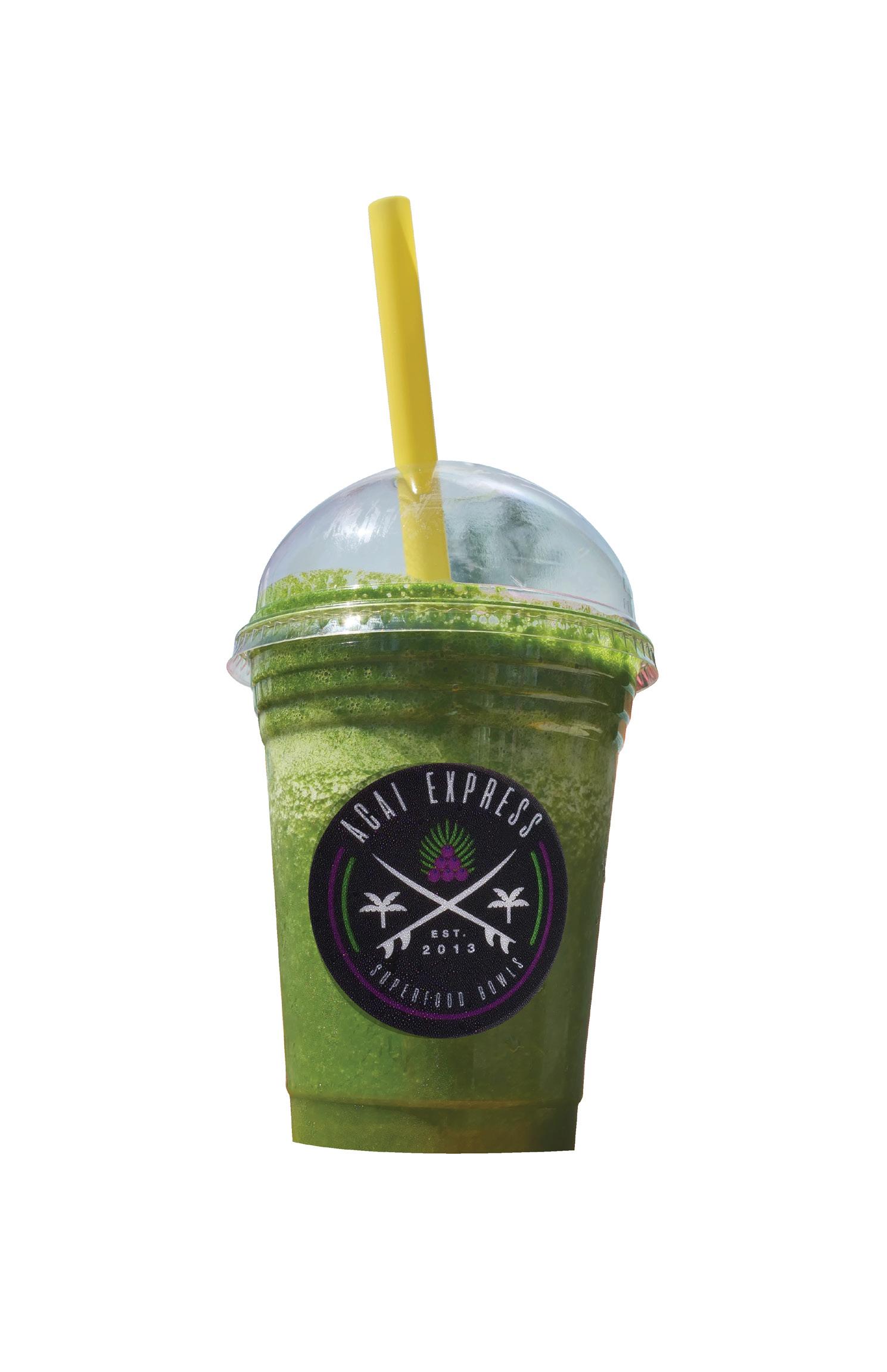


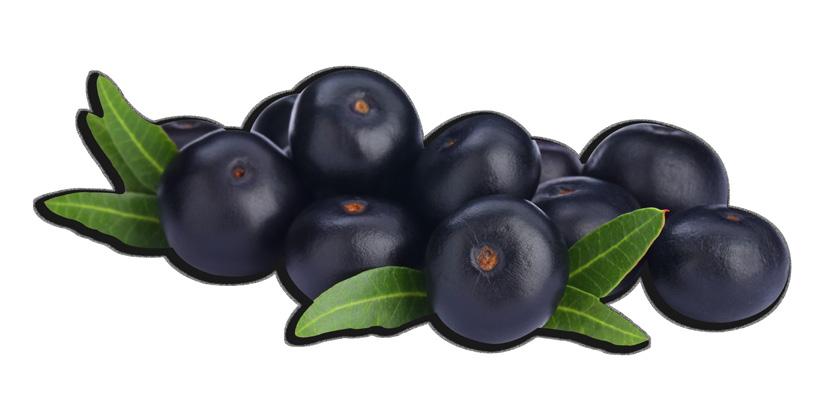


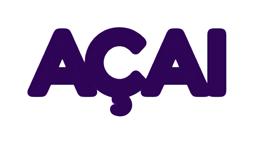



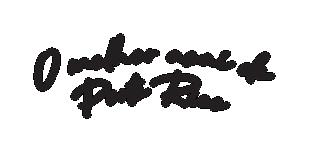
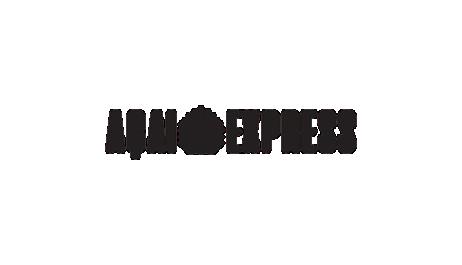
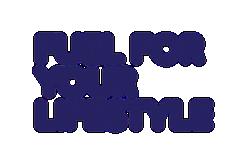
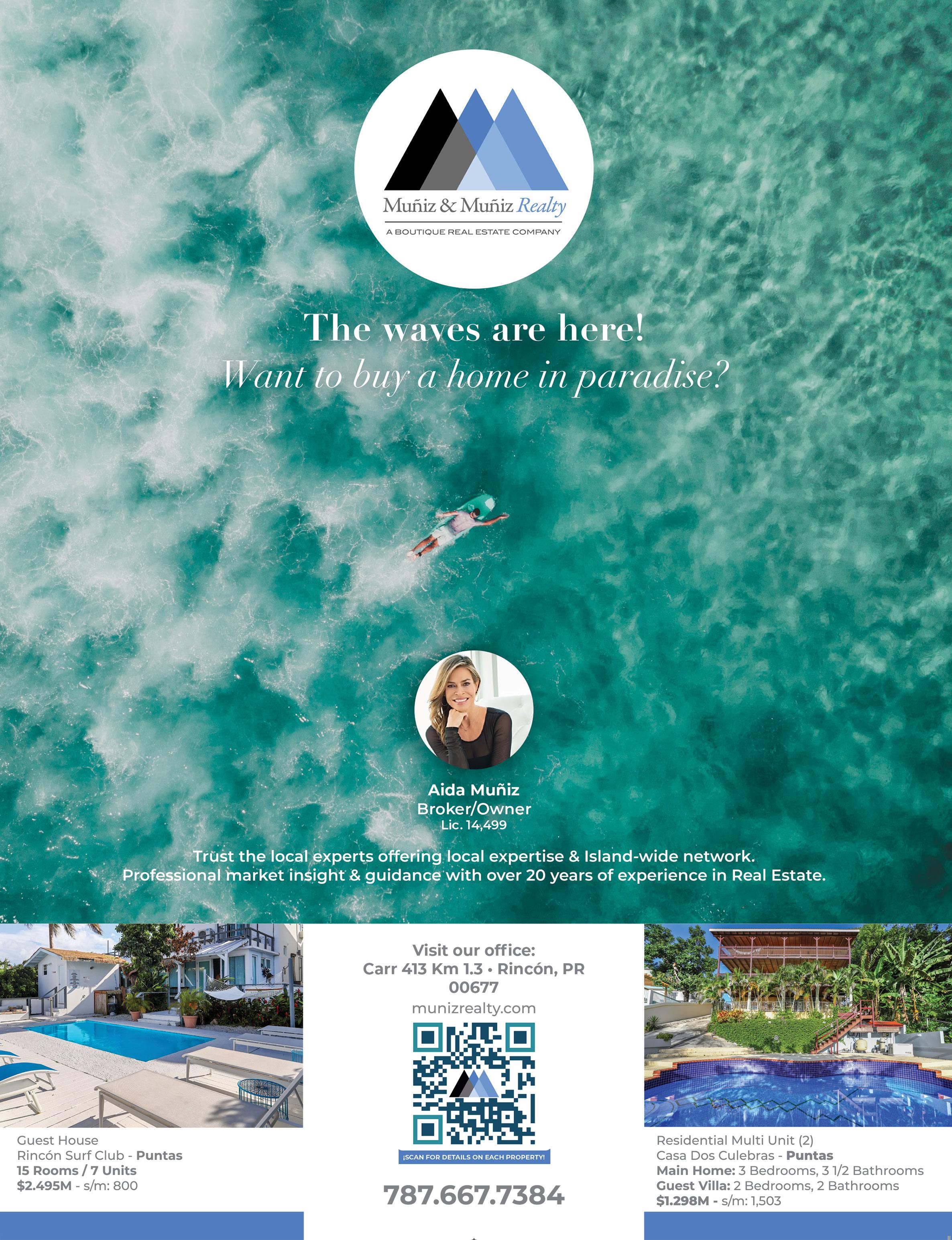




RAW DAYS
 Photo: Ardiel Jiménez
Photo: Ardiel Jiménez
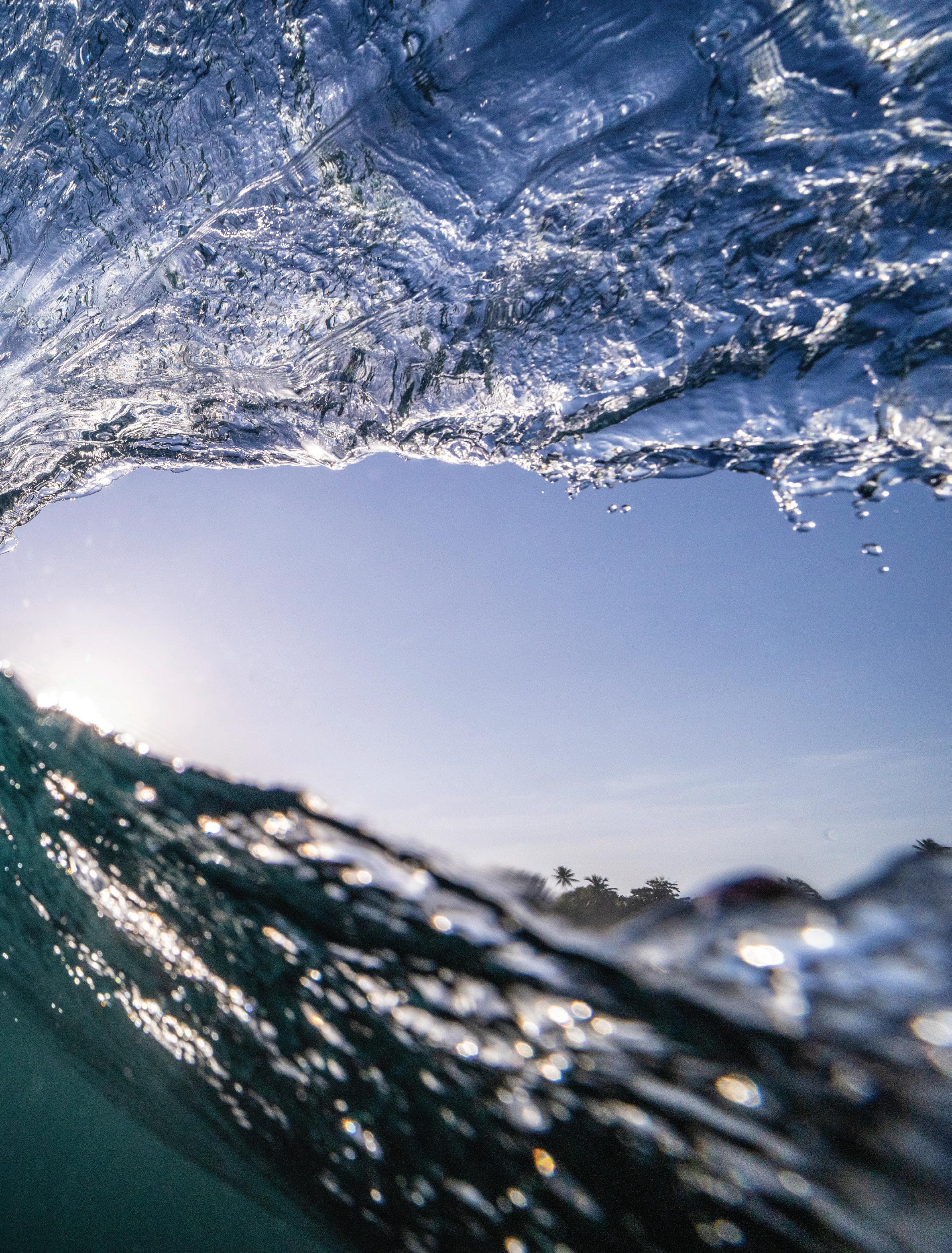
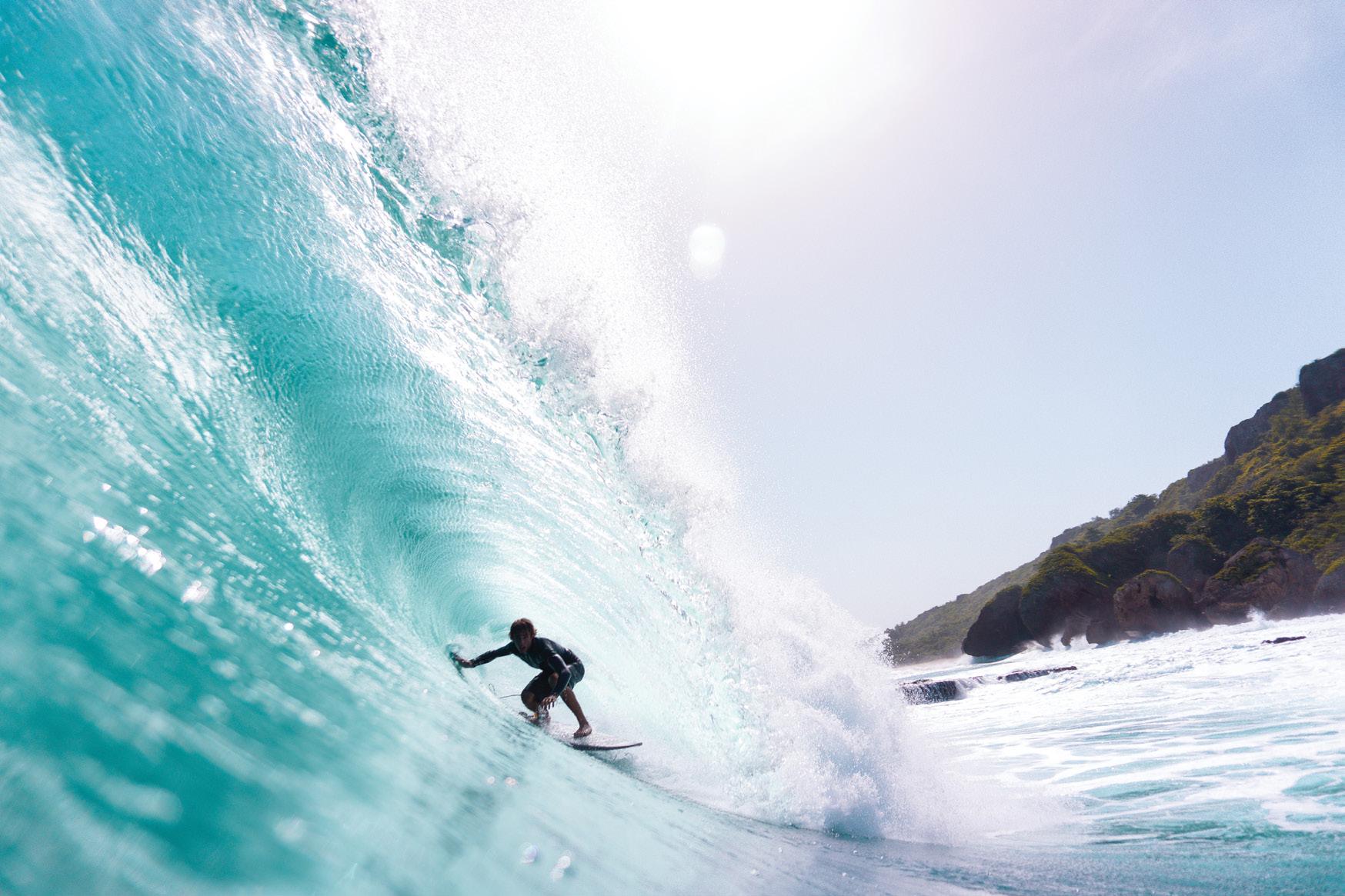
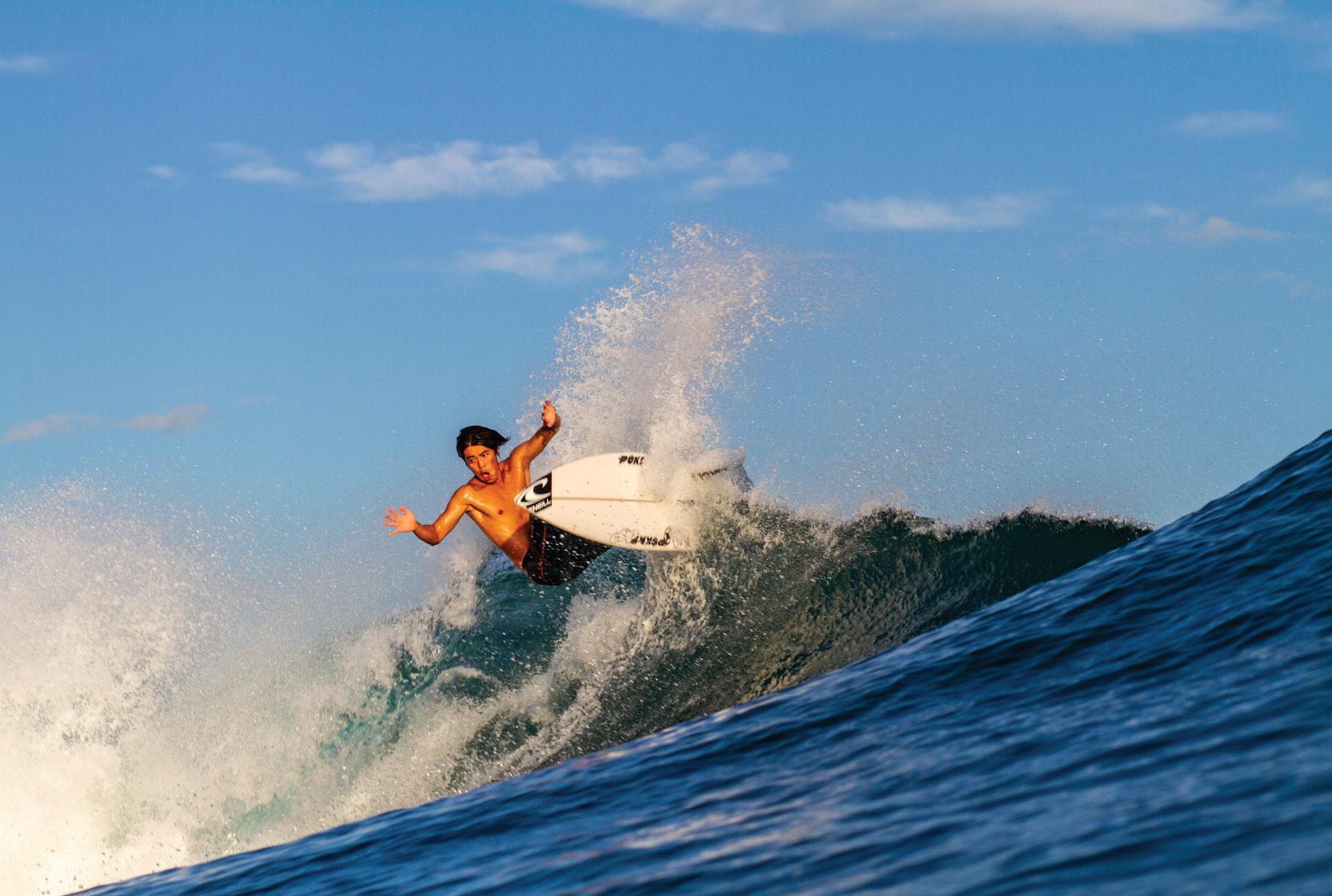 Photo: Chris Candelas
Photo: gOnzo
Rider: Riki Horikoshi
Rider: Jack Young
Photo: Chris Candelas
Photo: gOnzo
Rider: Riki Horikoshi
Rider: Jack Young

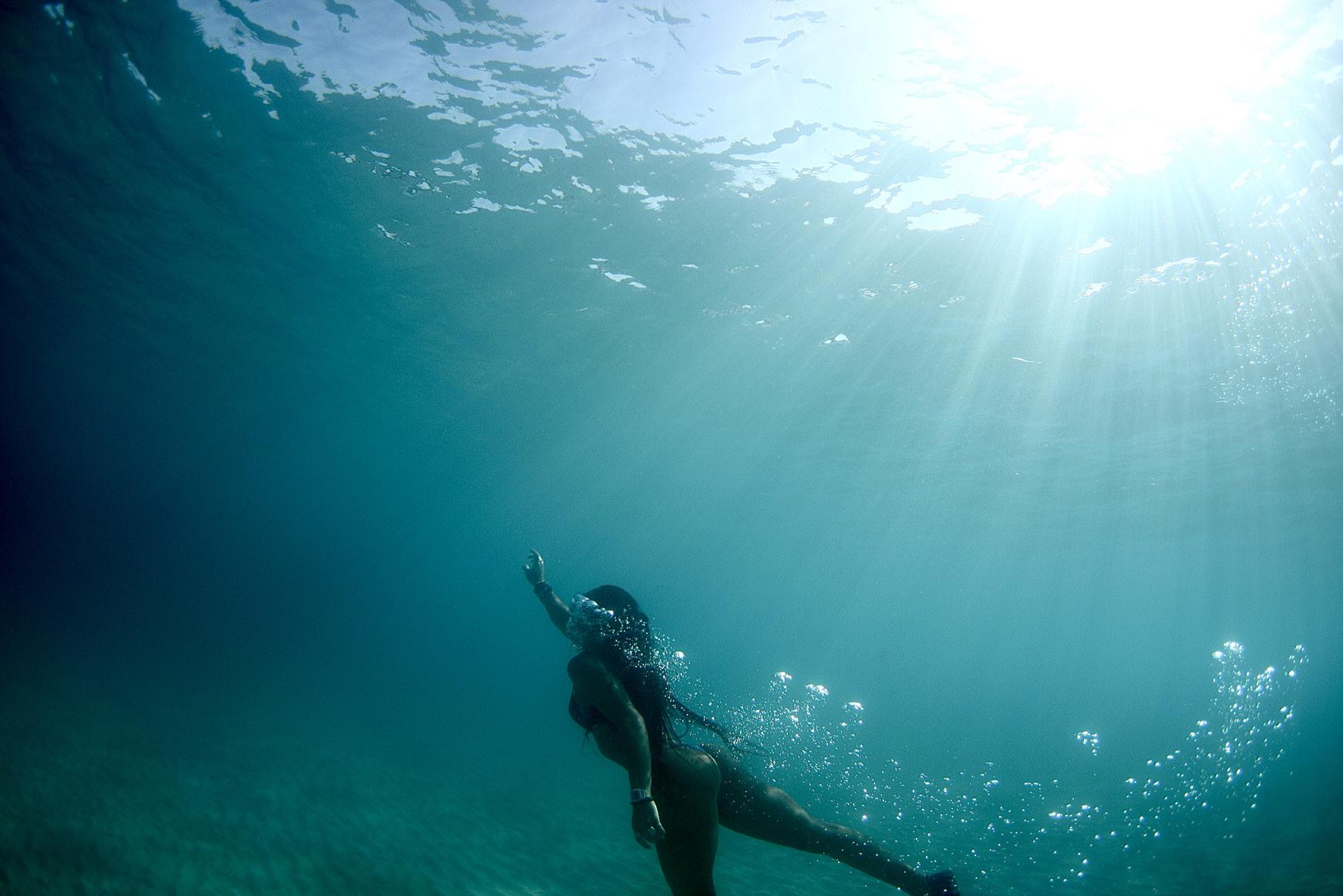 Photo: gOnzo
Photo: Rachel Tanner
Isabella Dimain
Photo: gOnzo
Photo: Rachel Tanner
Isabella Dimain

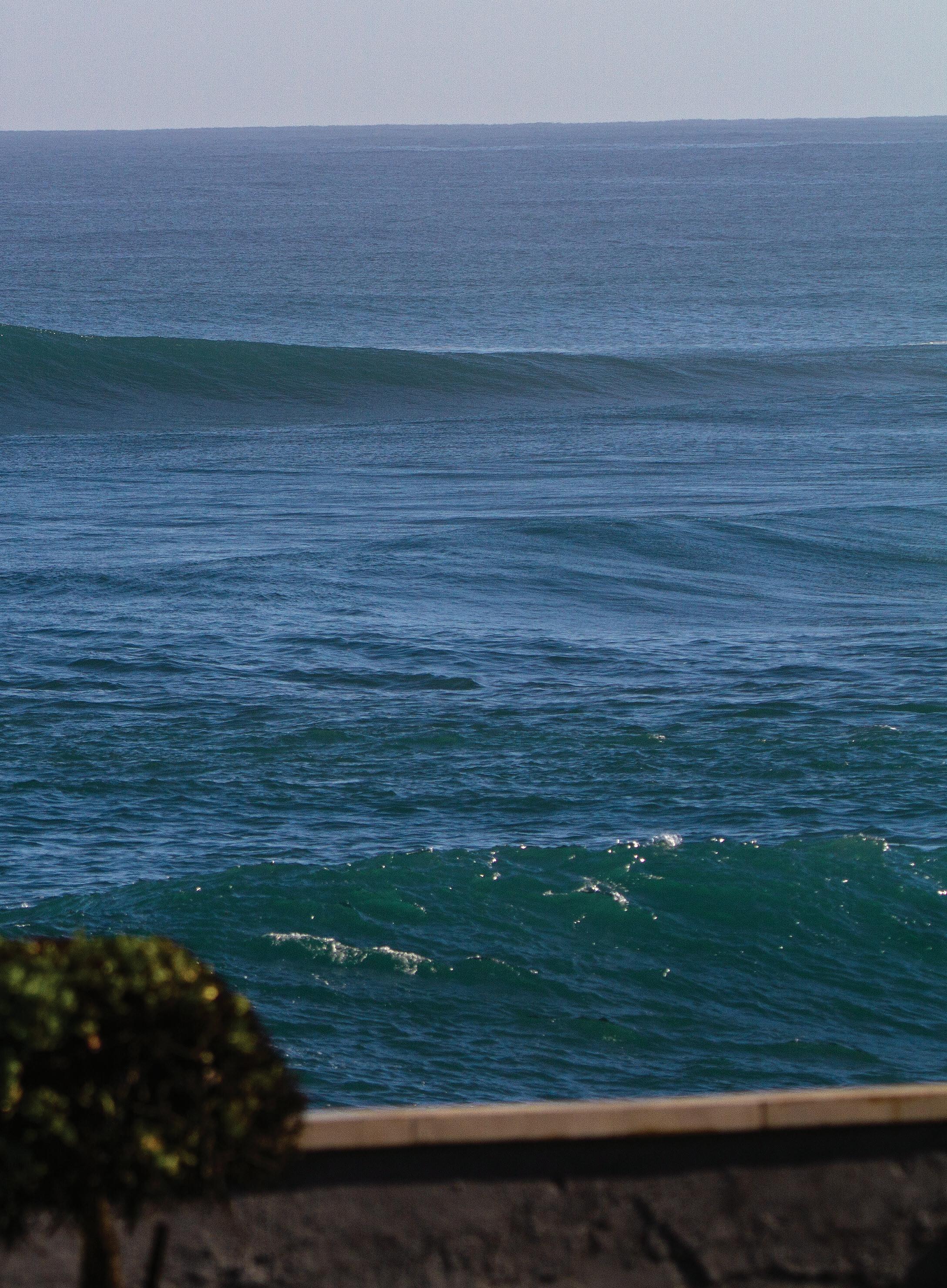 Photo: gOnzo
Rider: Chris Candelas
Photo: gOnzo
Rider: Chris Candelas
Riders: Anaís Mendoza,Giancarlo Mendez, Ramses Morales, Luz Marie Grande, Manny Valentín,Abner De Arce, Jomar Ortiz, Mía Calderon,Rubén Quinones





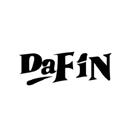


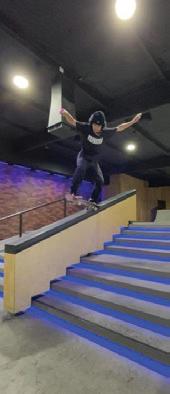










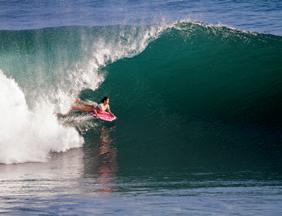
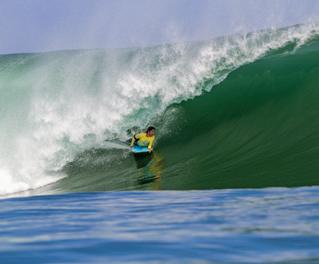

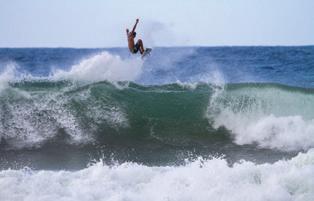
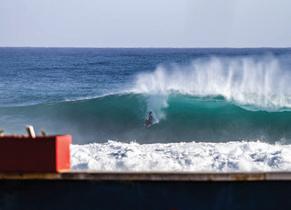
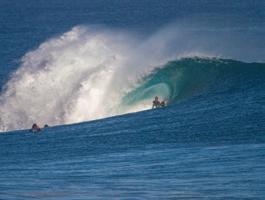



OPEN DAILY 9AM-7PM (787)823-2515 @SURFTOWNRINCONPR SINCE 1999 SURFTOWNPR.COM
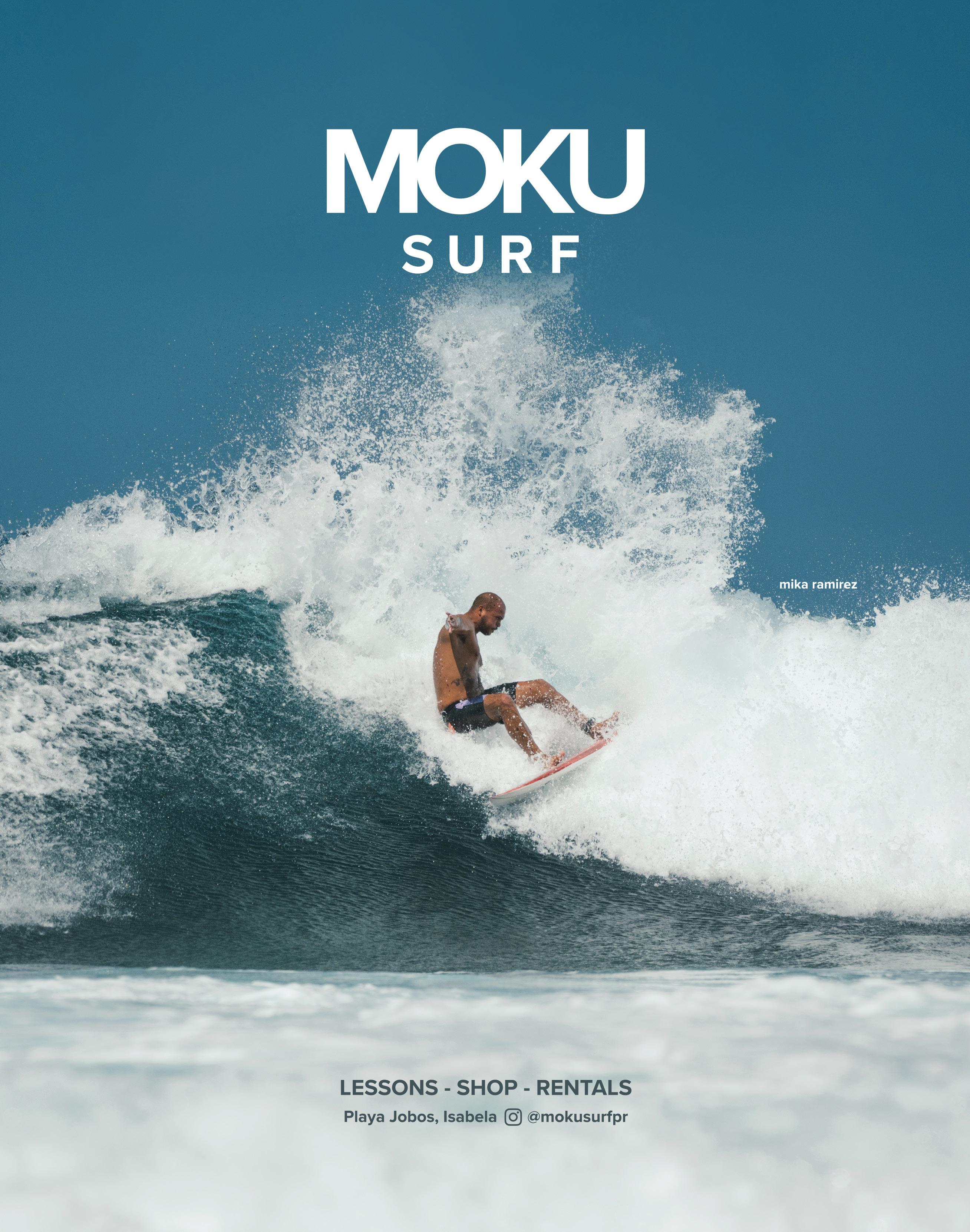 Photo: Jerry Molina
Photo: Jerry Molina
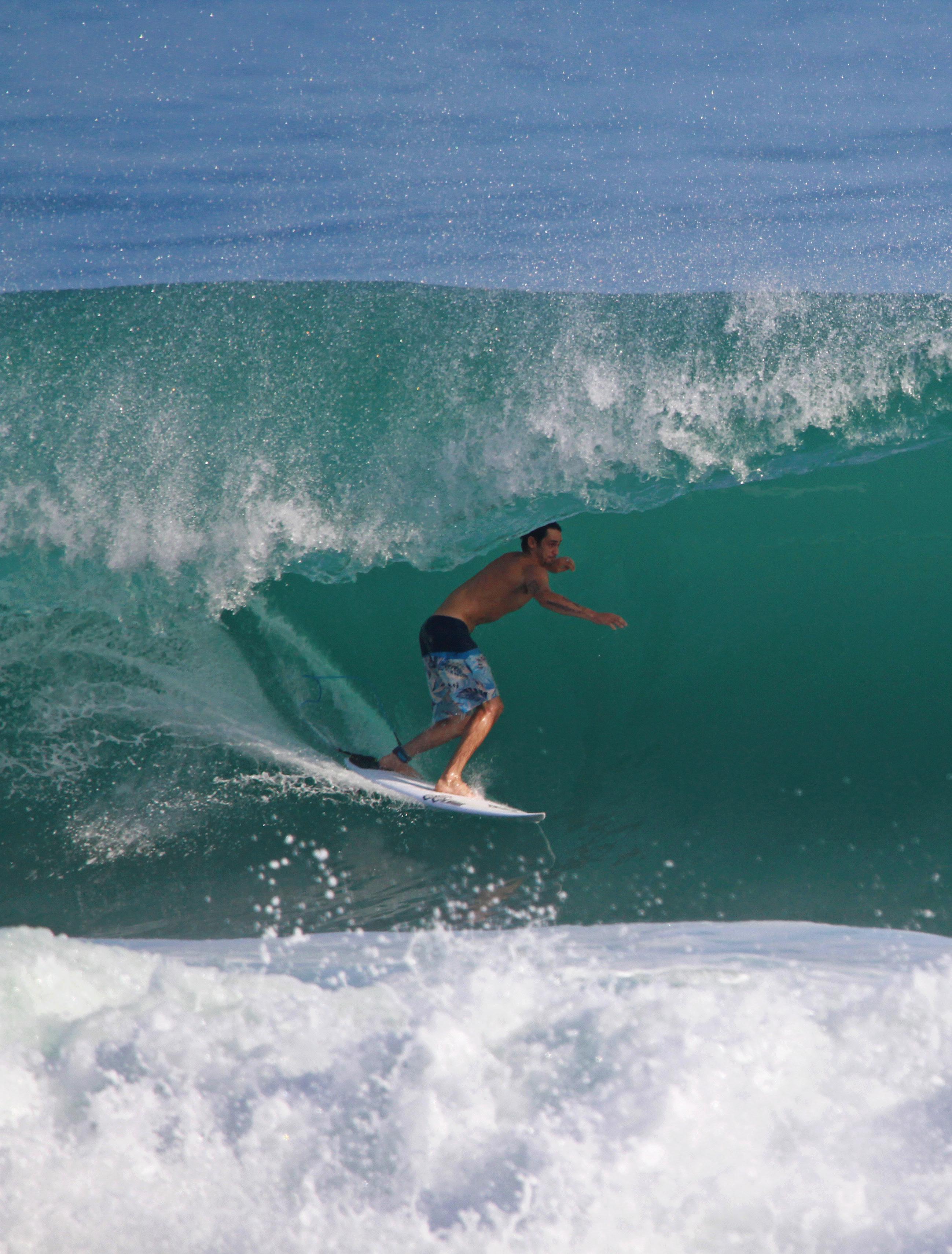
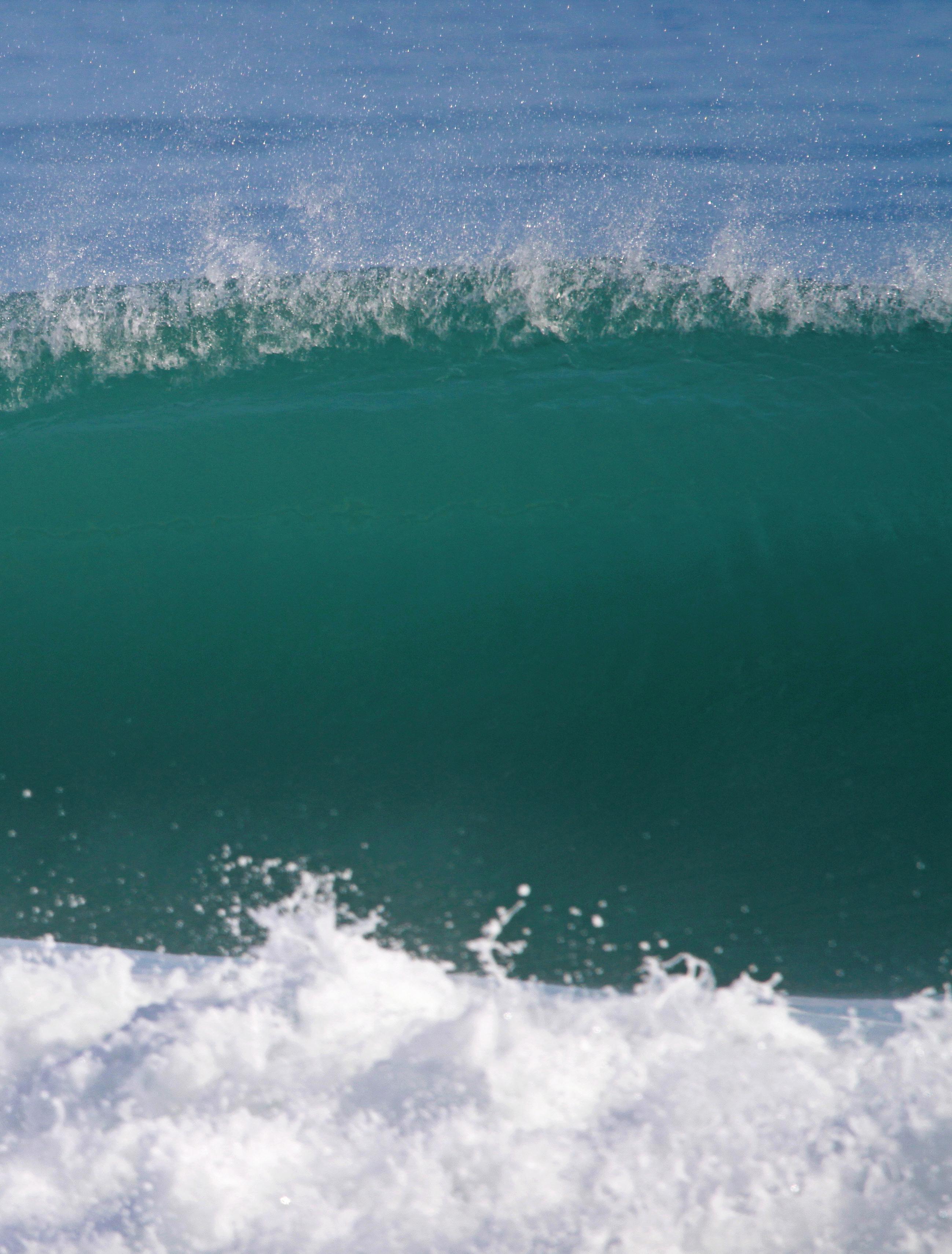 Photo: gOnzo
Rider: Dwight Pastrana
Photo: gOnzo
Rider: Dwight Pastrana

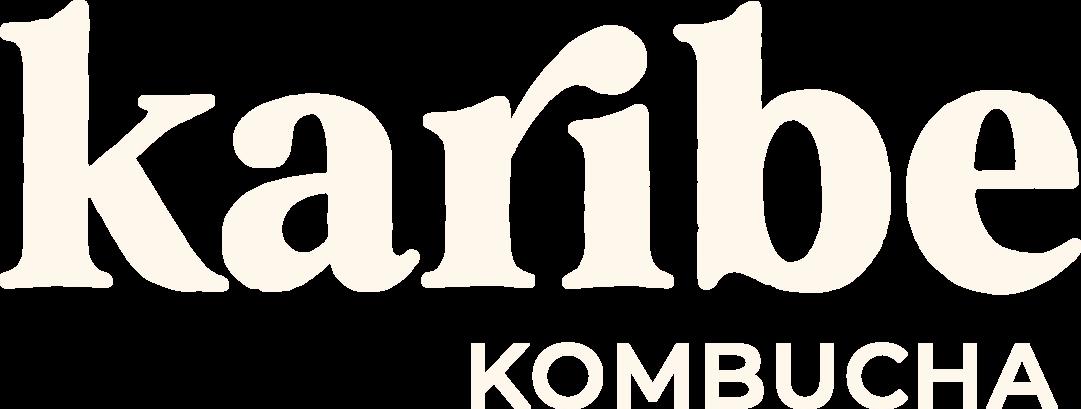
L O O K S G O O D , T A S T E S G O O D , M A K E S Y O U F E E L G O O D . L O O K F O R U S I N F R E S H M A R T , S U P E R M A X , A N D Y O U R F A V O R I T E L O C A L C O F F E E S H O P S Made in Rincón, PR


RETRO DAYS
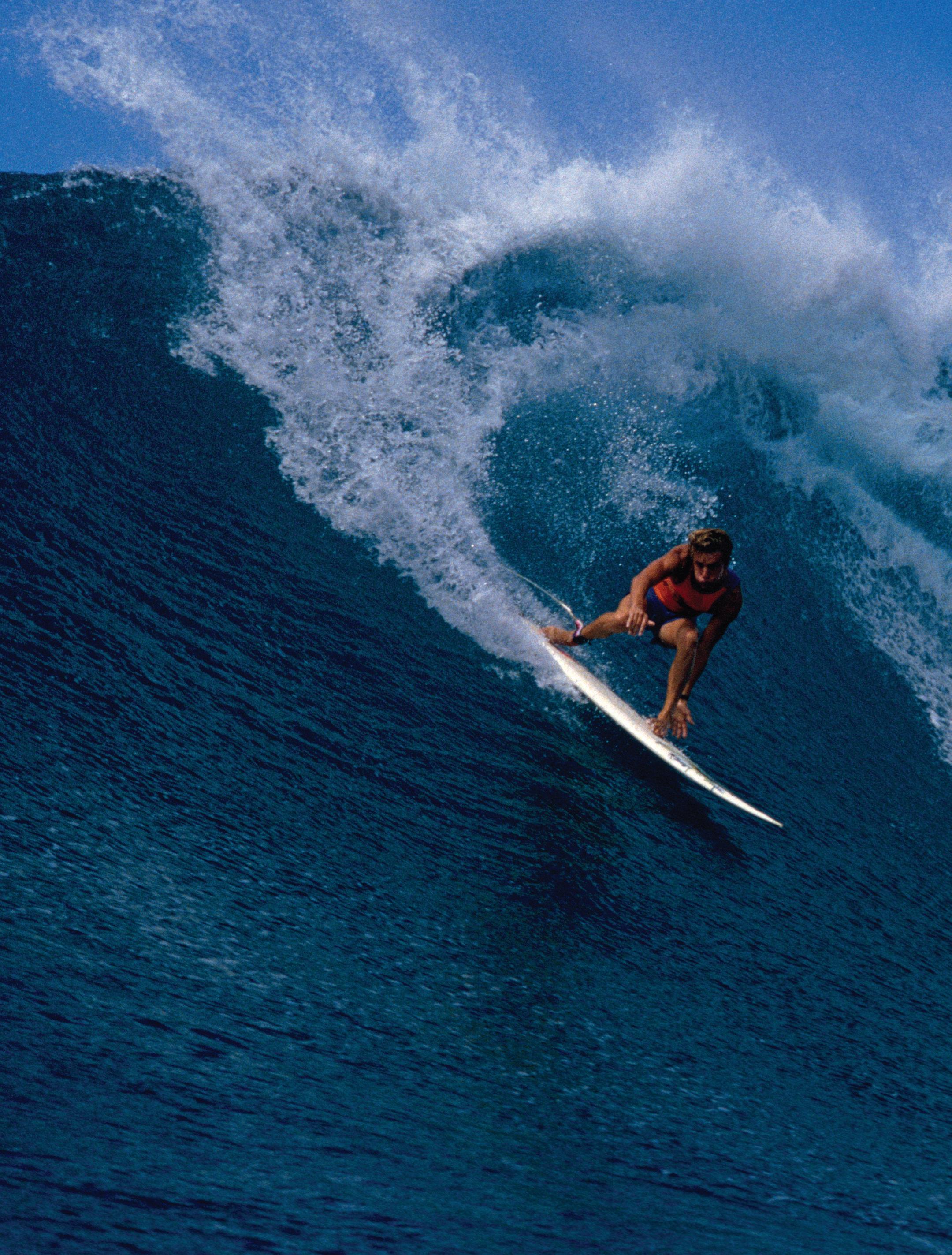
 Photo: Tony Arruza
Rider: Dino Andino
Photo: Tony Arruza
Rider: Dino Andino


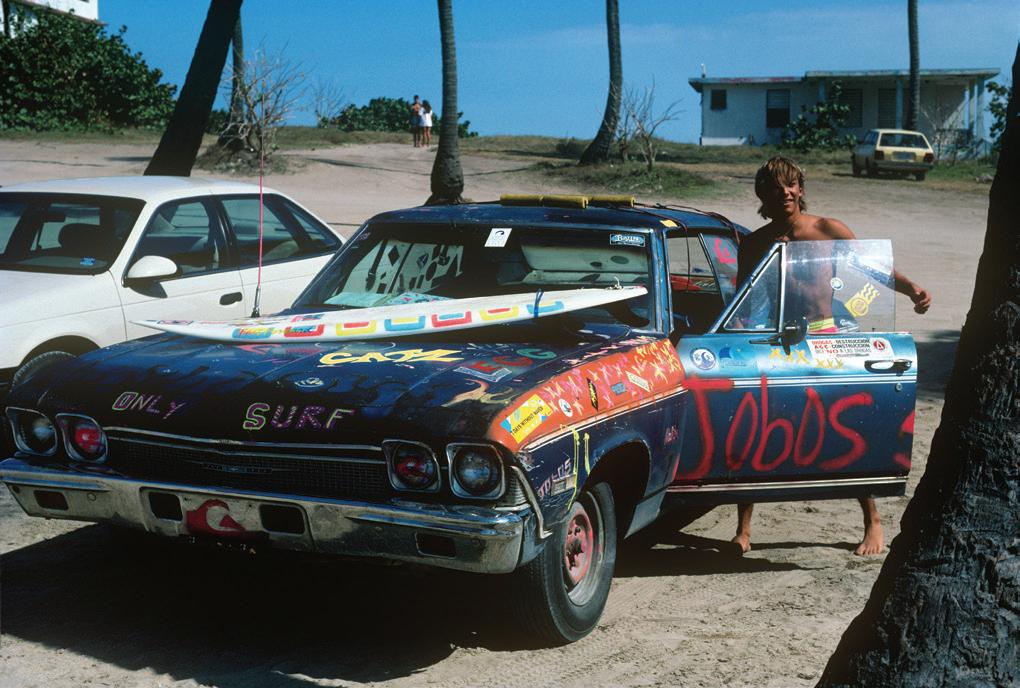
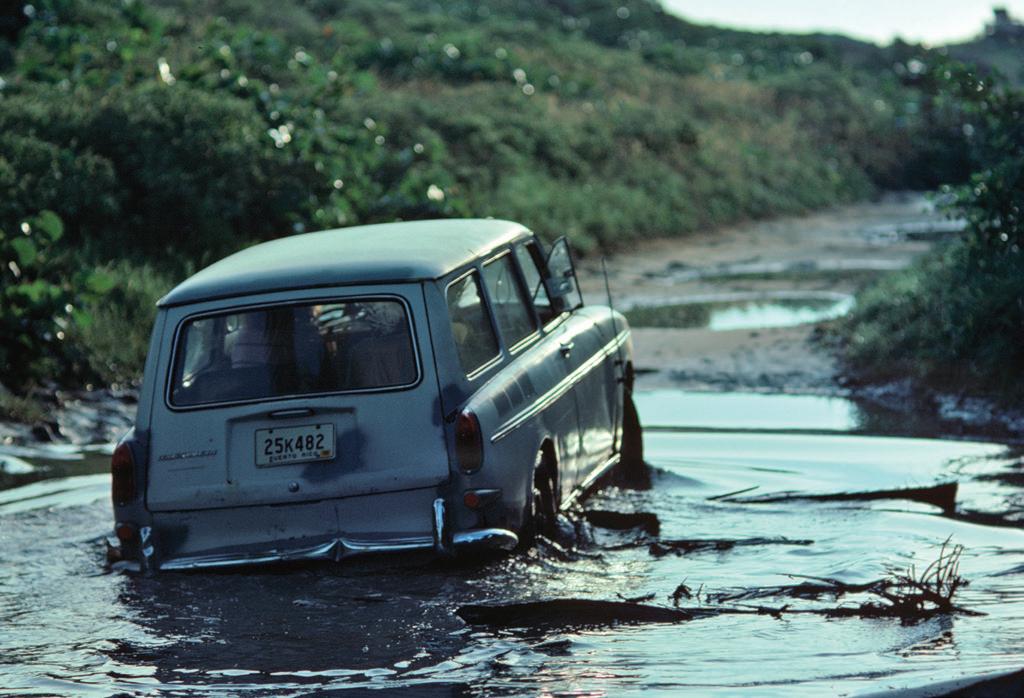 Raúl González
Raúl González
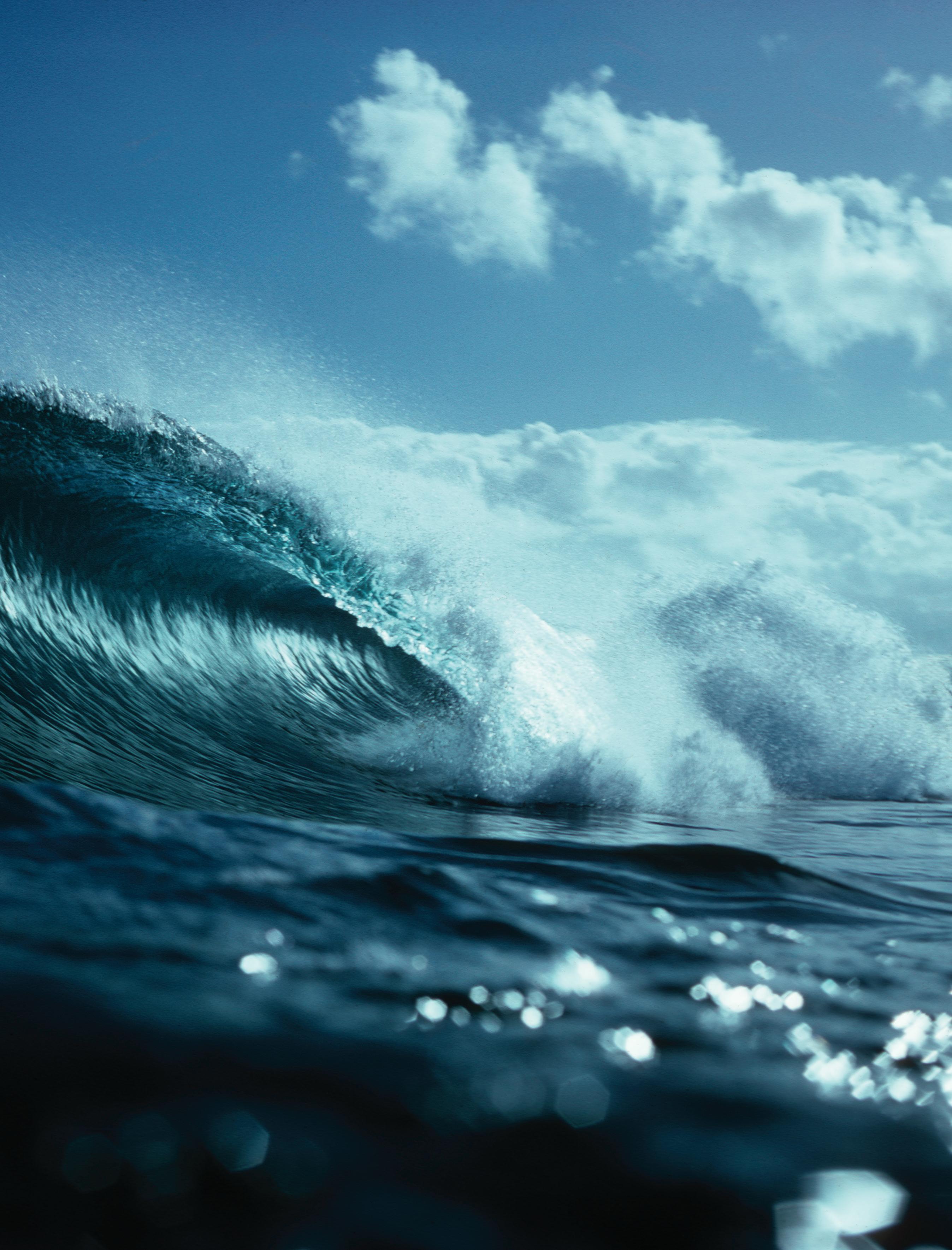 Photo: Tony Arruza
Photo: Tony Arruza
FOTO DE PERFIL: TONY ARRUZA
La primera vez que practiqué surf en Puerto Rico fue en Hollows, que está en el Barrio Islote de Arecibo. Era una ola azul vacía de Hollows con nubes blancas e hinchadas de fondo; se convirtió en mi primera fotografía publicada en Surfing Magazine. Esa foto de Hollows surfeando fue tomada en 1974 con una cámara Nikonos I usando película de diapositivas, puede haber sido Kodachrome 25. No tenía educación formal en fotografía y simplemente seguía lo que hacía cualquier persona con la que me cruzaba.
Estudié en la Universidad de PR en Mayagüez (RUM) donde conocí a un surfista de Arecibo, Héctor. Me llevó a Arecibo, donde me presentaron a los chicos locales de Islote y a dos lugares para surfear, Hollows y La Cueva del Indio (luego me entusiasmó el Peñón de Mera y el Jardín de Machuca). Realmente no me gustaba fotografiar las olas en ese momento, pero mi padre me había regalado esa cámara Nikonos un año antes para tomar fotografías submarinas de arrecifes y peces (en ese momento me gustaba bucear), pero mientras surfeaba en Hollows quedé hipnotizado por la hermosa luz de la mañana y esos hermosos barriles. Lo suficiente como para que un día decidiera nadar con la cámara y tomar algunas fotografías. No mucho después comencé a crear presentaciones de diapositivas y a compartir las imágenes con amigos que me animaron a enviarlas y después de ser publicada en Surfing Magazine de repente me inspiré para seguir un camino que nunca había imaginado y que eventualmente se convirtió en mi vida.
Entre semestres en la UPR y la foto de Hollows publicada, me tomé más en serio la fotografía y compré un Nikkormat FTN con un lente Nikkor de 135 mm. Con el Nikkormat podía seguir el enfoque, pero con el Nikonos, que era un telémetro, podía enfocar la distancia y posicionarme a esa distancia antes de soltar el obturador, no había ningún motor ni ninguna forma de tomar varias fotografías rápidamente. Además, con el Nikkormat sólo podía realizar una toma a la vez, ya que necesitaba enrollar la película después de cada toma. No fue hasta que obtuve una Nikon FM con un motor adjunto que pude realizar varios disparos, aunque como era una cámara de enfoque manual, realmente no dispararía más de dos o tres fotogramas. Además, uno estaba limitado a 36 fotogramas por rollo. Para conseguir un buen tiro hubo que sortear muchos obstáculos. La carcasa de agua para la Nikon FM con motor fue fabricada por un hombre del centro de Florida llamado Jim Bailey, quien construyó carcasas de agua para Darrell Jones y Art Brewer. Sus viviendas, según los estándares actuales, eran primitivas, pero un gran paso adelante respecto a las viviendas caseras que yo había estado usando.
Después de uno o dos años de fotografiar Arecibo y Vega Baja, el equipo a lo largo de la costa central norte se mudó a Rincón y vivió con Carlos Gastón en una choza rústica que no tenía agua corriente ni electricidad, lo cual nos encantó: solo nos costó $15/ ¡mes! Allí me hice muy amigo de René “El Cangrejo” González y José “El Gusano” Muñiz. Fue con ellos que comencé a caminar hasta Middles, Secret Spot y Jobos en Isabela. De los tres puntos, Middles es donde disparé más. Principalmente fotografié desde el agua. Poco después compré un auto en Crab y me mudé a Ramey. Fotografiar en Middles implicó nadar mucho y, debido a las aletas más grandes que usé, los calambres fueron un problema.
PHOTO PROFILE: TONY ARRUZA
My first time shooting the surf in Puerto Rico was at Hollows, which is in Barrio Islote of Arecibo. It was an empty blue wave of Hollows with white puffy clouds in the background, it became my first ever published photograph in Surfing Magazine. That photo of Hollows in Surfing was taken in 1974 with a Nikonos I camera using slide film, it may have been Kodachrome 25. I had no formal education in photography and just followed what anyone that I happened to come across was doing.
I studied at the University of PR in Mayaguez (RUM) where I met a surfer from Arecibo, Héctor. He took me to Arecibo where I was introduced to the local guys from Islote and two surf spots, Hollows and La Cueva del Indio (later I got turned on to Peñón de Mera and Machuca’s Garden). I really wasn’t into photographing the surf at the time but my father had given me that Nikonos camera a year earlier to shoot underwater photos of reefs and fish (I was into scuba diving at the time) but while surfing Hollows I was mesmerized by the beautiful morning light and those gorgeous barrels. Enough so that I decided one day to swim out with the camera and take some shots. Not long after I began to create slideshows and share the pictures with friends who encouraged me to submit them and after being published in Surfing Magazine I suddenly became inspired to follow a path that I had never imagined I would and which eventually became my life.
In between semesters at the UPR and having the Hollows photo published I became more serious about photography and bought a Nikkormat FTN with a 135mm Nikkor lens. With the Nikkormat I could follow focus but with the Nikonos, which was a rangefinder, I could focus distance and position myself at that distance before releasing the shutter, there was no motor drive or any way of quickly taking multiple shots. Also, with the Nikkormat I could only take one shot at a time as I needed to wind the film after each shot. It wasn’t until I got a Nikon FM with an attached motor drive that I could fire multiple shots though since it was a manual focus camera you really wouldn’t shoot more than two or three frames. Besides, one was limited to 36 frames per roll. To get a good shot a lot of hurdles had to be navigated. The water housing for the Nikon FM w/ motor drive was made by a man in central Florida by the name of Jim Bailey, who built water housings for Darrell Jones and Art Brewer. His housings, by today’s standards, were primitive, but a big step up from the homemade housing that I had been using.
After a year or two of photographing the Arecibo and Vega Baja, the crew along the central north coast moved to Rincón and lived with Carlos Gastón in a rustic shack that had no running water or electricity, which we loved—it only cost us $15/month! There I became close friends with Rene “The Crab” González and Jose “The Worm” Muñiz. It was with them that I started trekking up to Middles, Secret Spot and Jobos in Isabela. Of the three spots Middles is where I shot the most. I mostly photographed from the water. Soon after I purchased a car from Crab and moved to Ramey. Photographing at Middles involved a lot of swimming and because of the larger fins that I used, cramps were an issue.
Para evitarlos, tomaba pastillas de potasio antes de nadar, aunque una vez, en un gran día, lo olvidé y, cuando llegué a la zona de impacto principal, ambas piernas se acalambraron y me quedé con un dolor terrible y sin poder nadar. Afortunadamente alguien vio mi situación ypaddled out to help guide me back to shore.
Uno de los días más importantes que fotografié desde el agua fue en 1991, un oleaje al que se le dieron tres nombres: Perfect Storm, The No-Name Storm y Halloween Swell y a partir del cual se creó la película The Perfect Storm. Estaba en Florida cuando el oleaje azotó la zona y causó estragos y destrucción masiva a lo largo de la costa. Al ver la intensidad y el tamaño del oleaje llamé a los editores de Surfing Magazine y les pedí que me llevaran en avión a Puerto Rico. Estuvieron de acuerdo y aterricé en San Juan a la 1 de la madrugada del día siguiente. Desde allí alquilé un auto y me desperté varias horas más tarde en Aguadilla para presenciar olas enormes y condiciones perfectas en Wilderness. Me asombró lo grande que era el oleaje y lo rápido que llegó a Puerto Rico después de haber llegado al sur de Florida el día anterior.
To avoid them I would take potassium pills before swimming out though once on a big day I forgot and as I reached the main impact zone both legs cramped and I was left in terrible pain and unable to swim. Fortunately someone saw my predicament and paddled out to help guide me back to shore.
One of the biggest days that I shot from the water was in 1991, a swell that was notoriously given three names: the Perfect Storm, The No-Name Storm and the Halloween Swell and from which The Perfect Storm movie was created. I was in Florida when the swell hit there creating havoc and massive destruction along the coast. Upon seeing the intensity and size of the swell I called the editors at Surfing Magazine and asked that they fly me to Puerto Rico. They agreed and I landed in San Juan at 1 a.m. the following morning. From there I rented a car and woke up several hours later in Aguadilla to witness massive waves and perfect conditions at Wilderness. I was in awe of how big the swell was and how quickly it arrived in Puerto Rico after only hitting South Florida the preceding day.
 Photo: Tony Arruza Rider: Dino Andino
Photo: Tony Arruza Rider: Dino Andino
Sentado en la playa, no pensé que fuera posible nadar y estaba muy nervioso solo de pensarlo, pero en el fondo de mi mente seguía pensando en el hecho de que había vendido a Surfing Magazine para enviarme a PR a documentar. el oleaje. Sabiendo eso, sabía que no podía dar marcha atrás. Así que fui y en poco tiempo estuve media milla playa abajo antes de que finalmente pudiera llegar a aguas profundas. Desde allí, fue un largo y lento nado de regreso hasta el punto contra una fuerte corriente donde, al llegar allí, supe que tendría que nadar hasta la zona de impacto si quería fotografiar alguna de las olas. Confiando en las habilidades que había aprendido en mis primeros tiempos en Puerto Rico me puse en peligro y aunque nadé bajo algunas bombas grandes logré mantener mi posición y tomar algunas imágenes hermosas de los verdaderos héroes del día, los surfistas. !
Inicialmente llegué a Puerto Rico a principios de la década de 1970 con el sueño de ser surfista y cuando llegó la tormenta perfecta en 1991, me había convertido en fotógrafo independiente de tiempo completo. La isla se convirtió en mi campo de entrenamiento, mi aula y mi desarrollo como fotógrafo. Todo ello disfrutando y amando la amistad y camaradería de innumerables lugareños que hasta el día de hoy considero grandes y cercanos amigos. Agradezco que me hayan abierto sus puertas y su corazón y por sus habilidades como surfistas que me permitieron documentar. Estuvieron allí moldeando mi carrera como fotógrafo y estaré eternamente agradecido.
Aloha, Tony.
Sitting on the beach I didn’t think it was possible to swim out and was nervous as hell just thinking about it but in the back of my mind I kept thinking about the fact that I had sold Surfing Magazine on sending me to PR to document the swell. Knowing that I knew I couldn’t back down. So I went and in no time I was half-mile down the beach before I was able to finally make it out into deep water. From there it was a long and time-consuming swim back to the point against a strong current where upon reaching it I knew that I’d have to swim into the impact zone if I was to photograph any of the waves. Trusting the abilities that I had learned in my earlier times in Puerto Rico I put myself into harm’s way and even though I swam under some big bombs I managed to hold my position and grab some beautiful images of the true heroes of the day, the surfers!
I initially arrived in Puerto Rico in the early 1970’s with dreams of being a surfer and by the time The Perfect Storm swell hit in 1991 I had become a full-time freelance photographer. The island became my training ground, my classroom and my development as a photographer. All the while enjoying and loving the friendship and camaraderie of countless locals that to this day I consider great and close friends. I am thankful that they opened their doors and heart to me and for their skills as surfers that they allowed me to document. They were there molding my career as a photographer and forever I remain grateful.
Aloha, Tony.
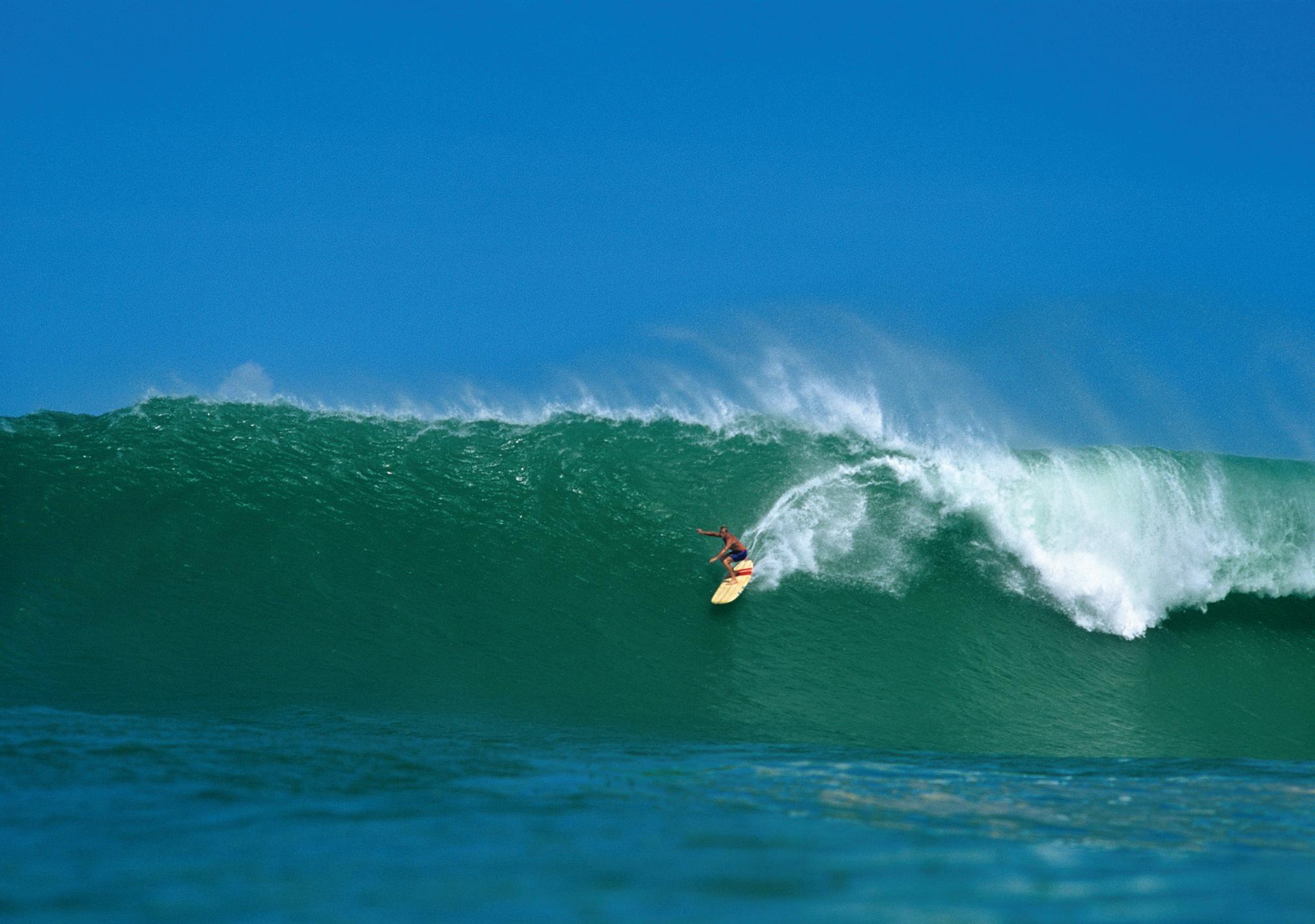 Photo: Tony Arruza Rider: Blair Markham
Wilderness, Aguadilla, 1991: The Perfect Storm
Photo: Tony Arruza Rider: Blair Markham
Wilderness, Aguadilla, 1991: The Perfect Storm



STAY・ SURF ・ FISH SPEAR ・ DIVE ・ COACHING FOIL ・ KITE ・ TOW ・ YOGA WWW.ANANDA-PR.COM 939.356.2820
SHADES OF BLUE
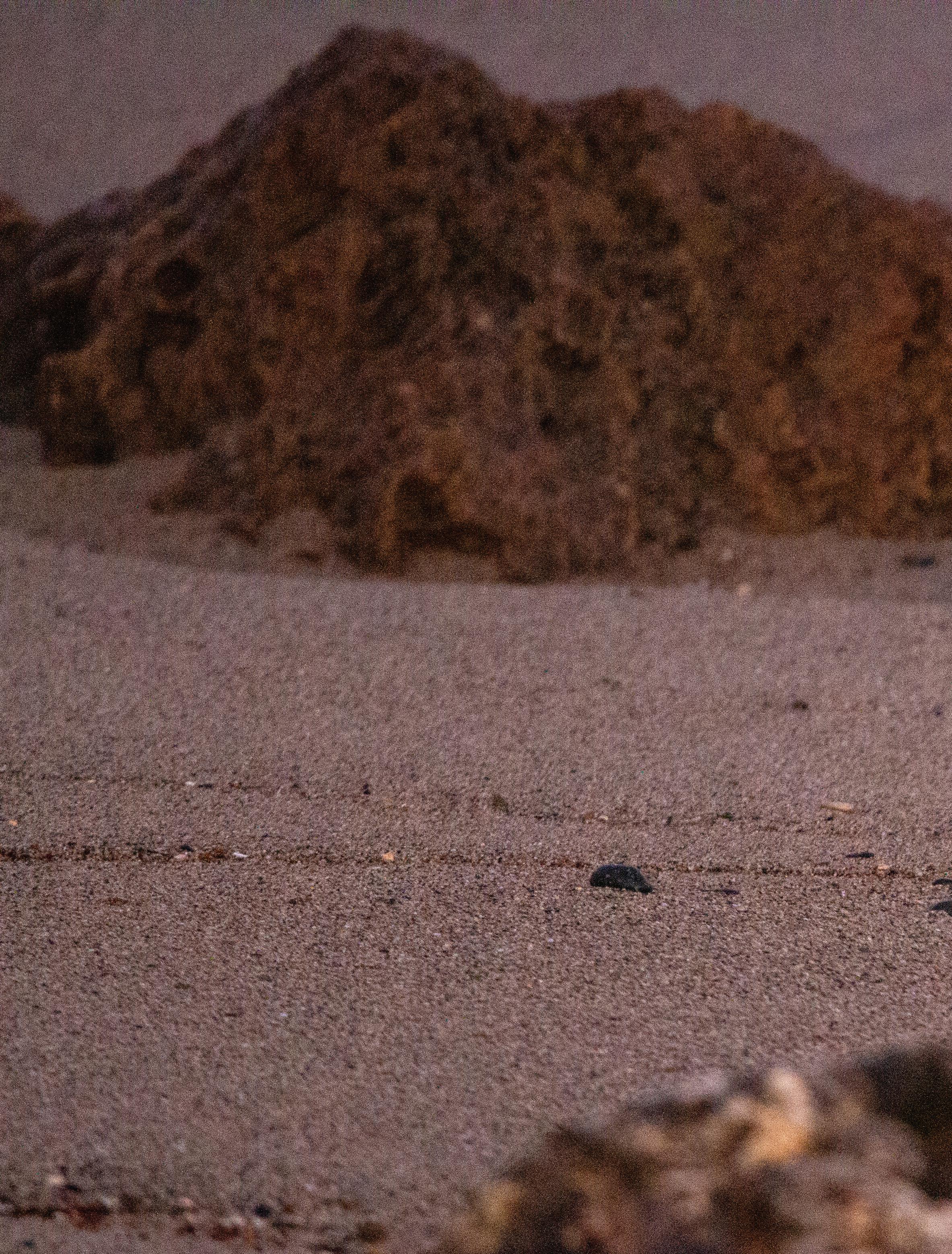
 Photo: gOnzo
Photo: gOnzo
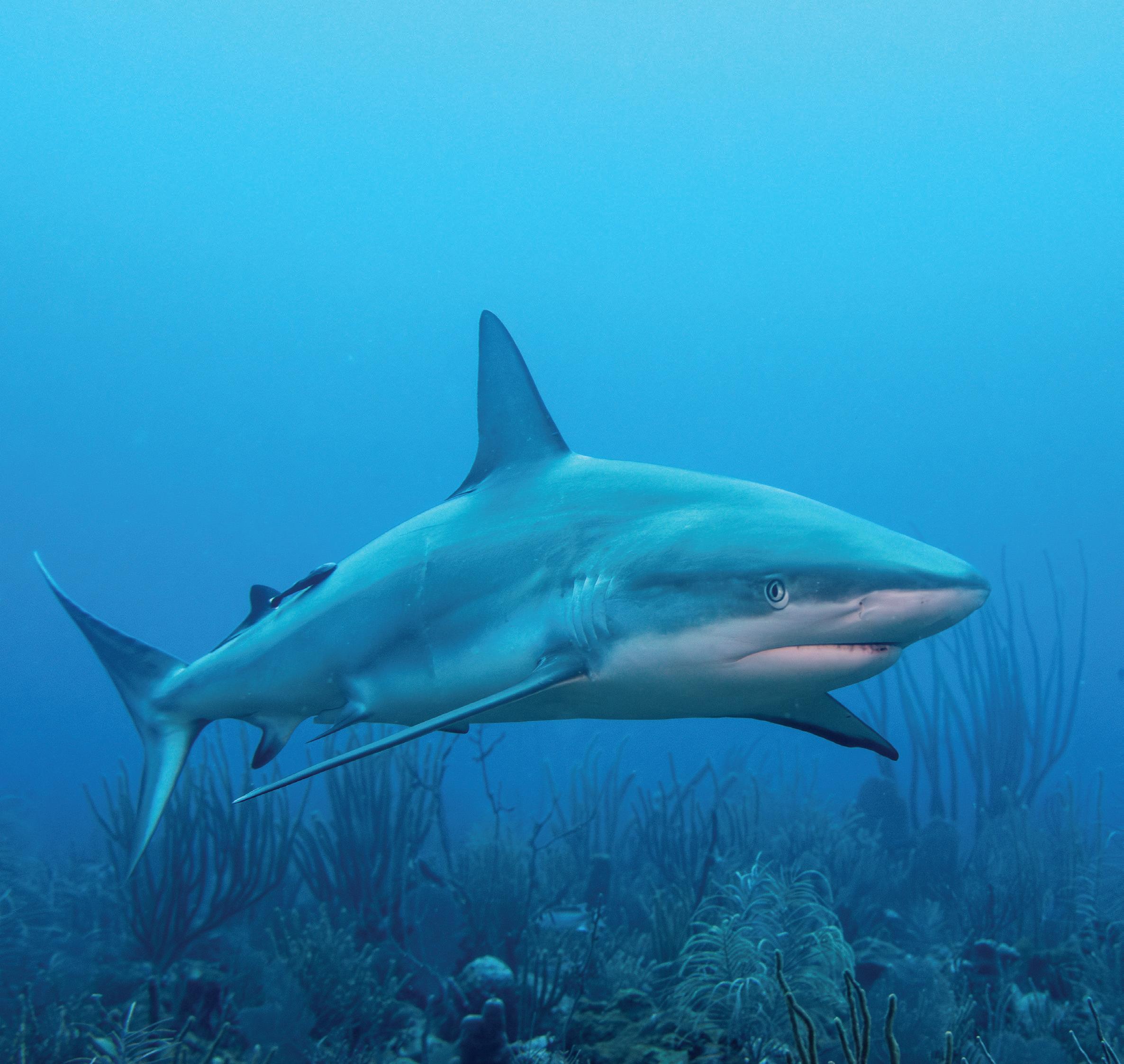 Photo: Pichón Duarte
Photo: Pichón Duarte

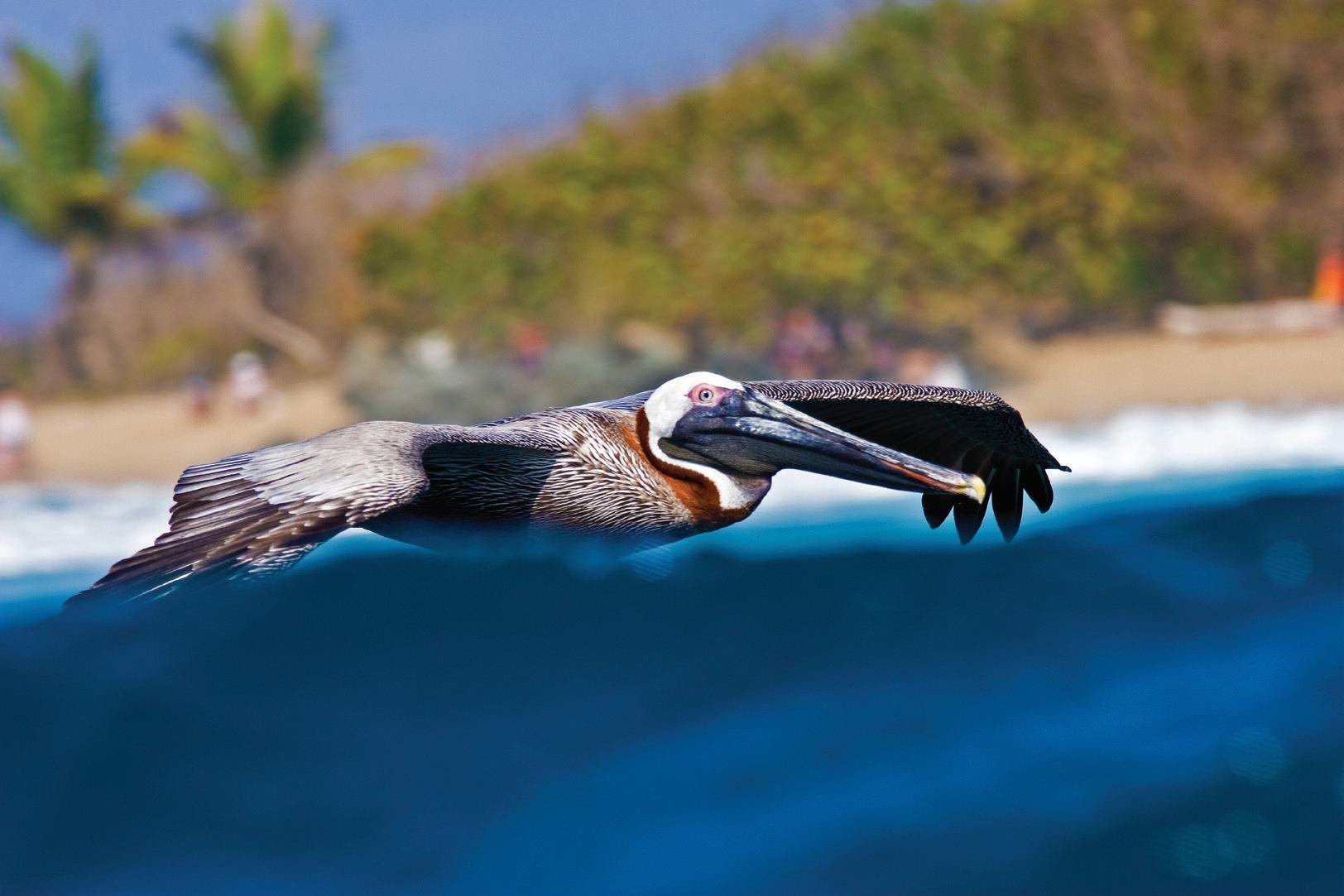 Photo: gOnzo
Photo: gOnzo
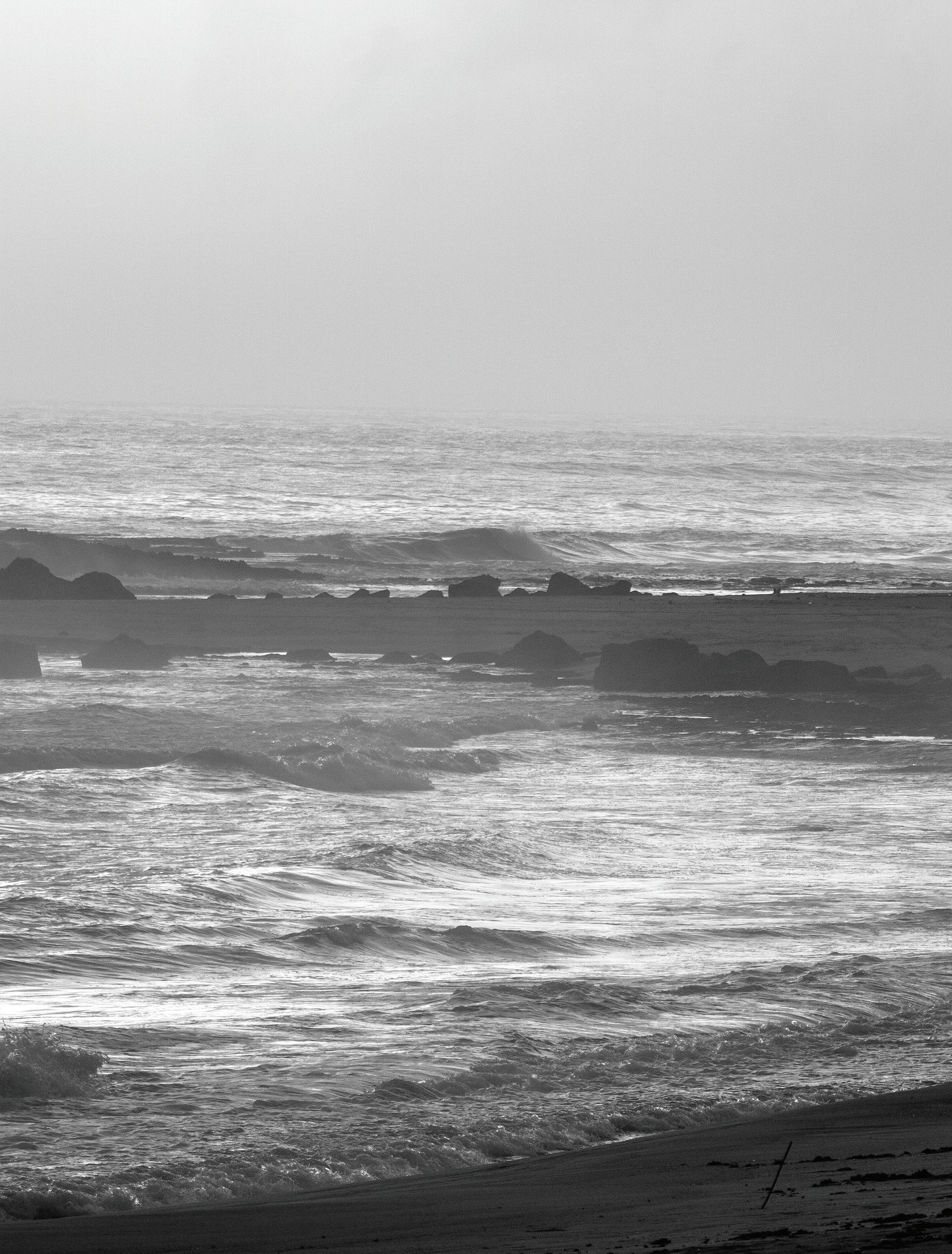
 Photo: gOnzo Robert Resh
Photo: gOnzo Robert Resh

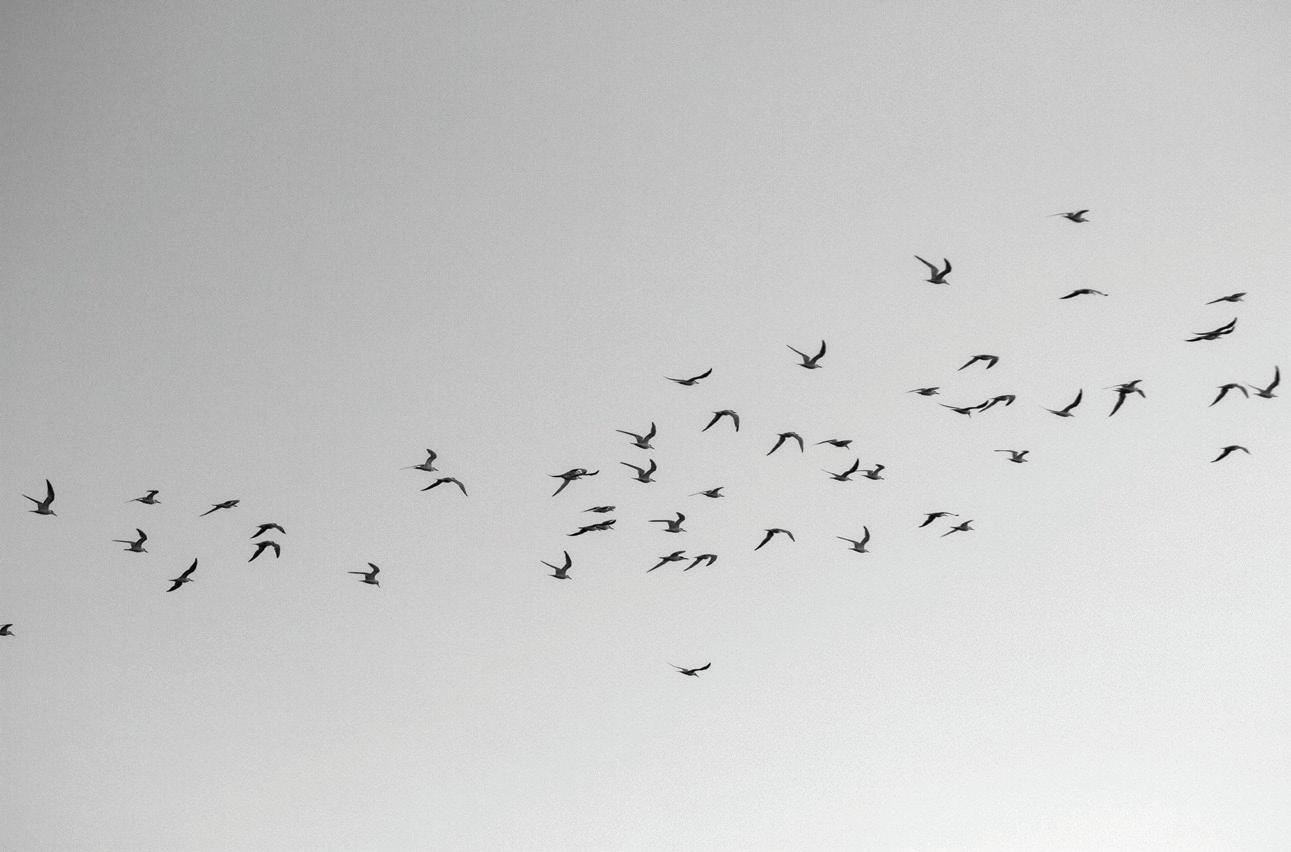
 Photo: gOnzo
Photo: gOnzo
Photo: gOnzo
Photo: gOnzo
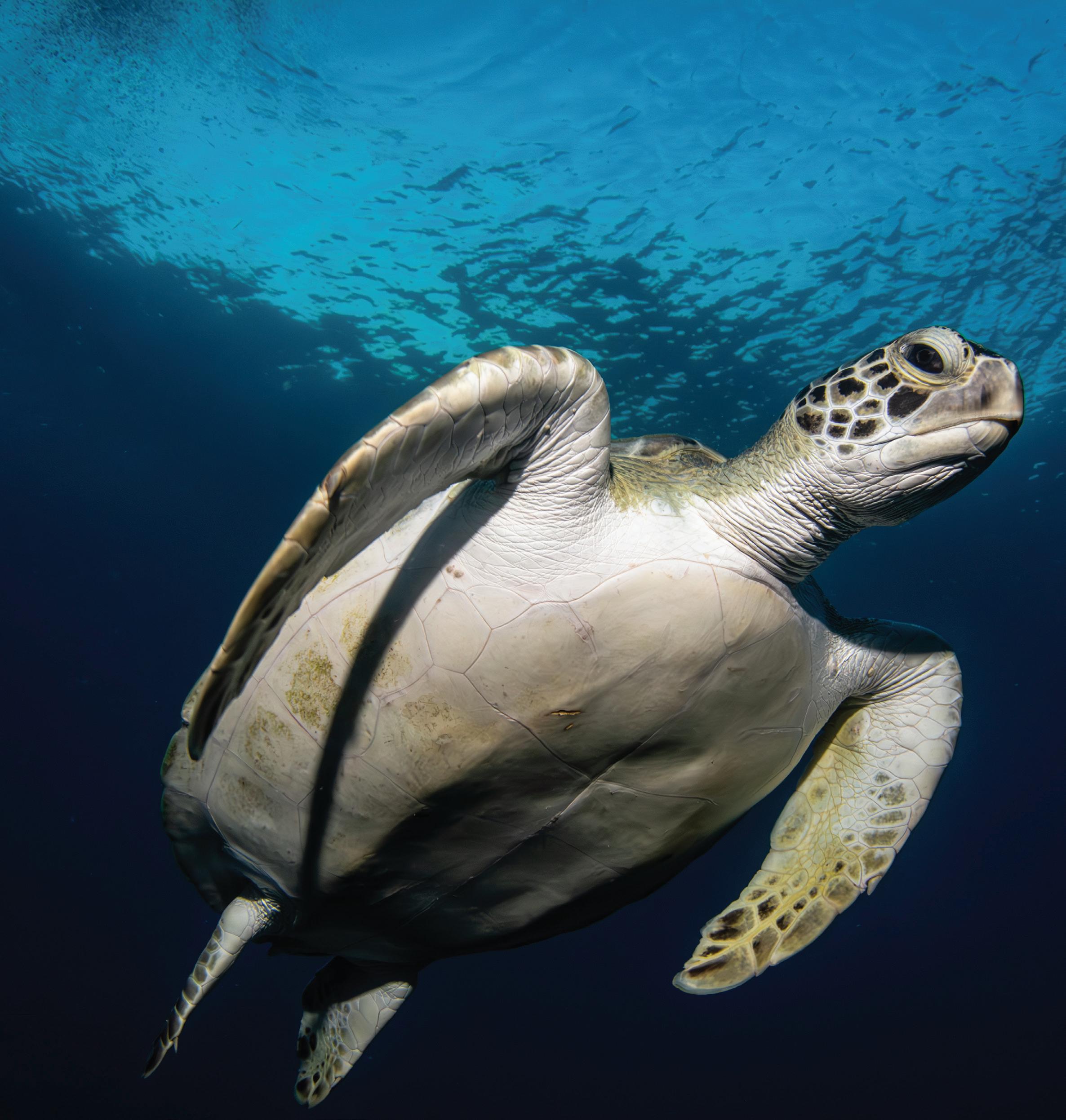 Photo: Pichón Duarte
Photo: Pichón Duarte
 Photo: gOnzo
Photo: gOnzo

 Photo: gOnzo
Photo: gOnzo
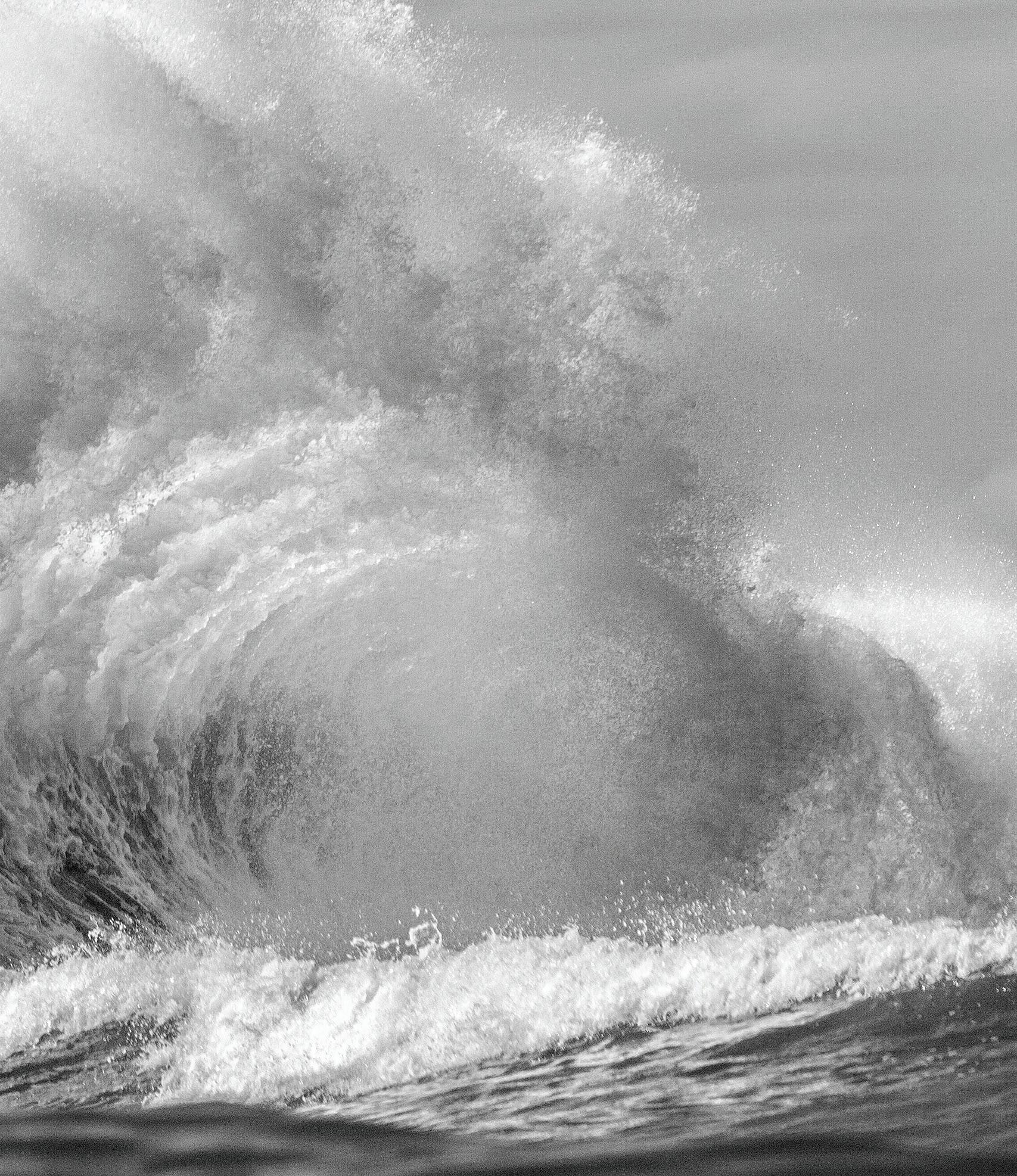
 Photo: gOnzo
Photo: gOnzo
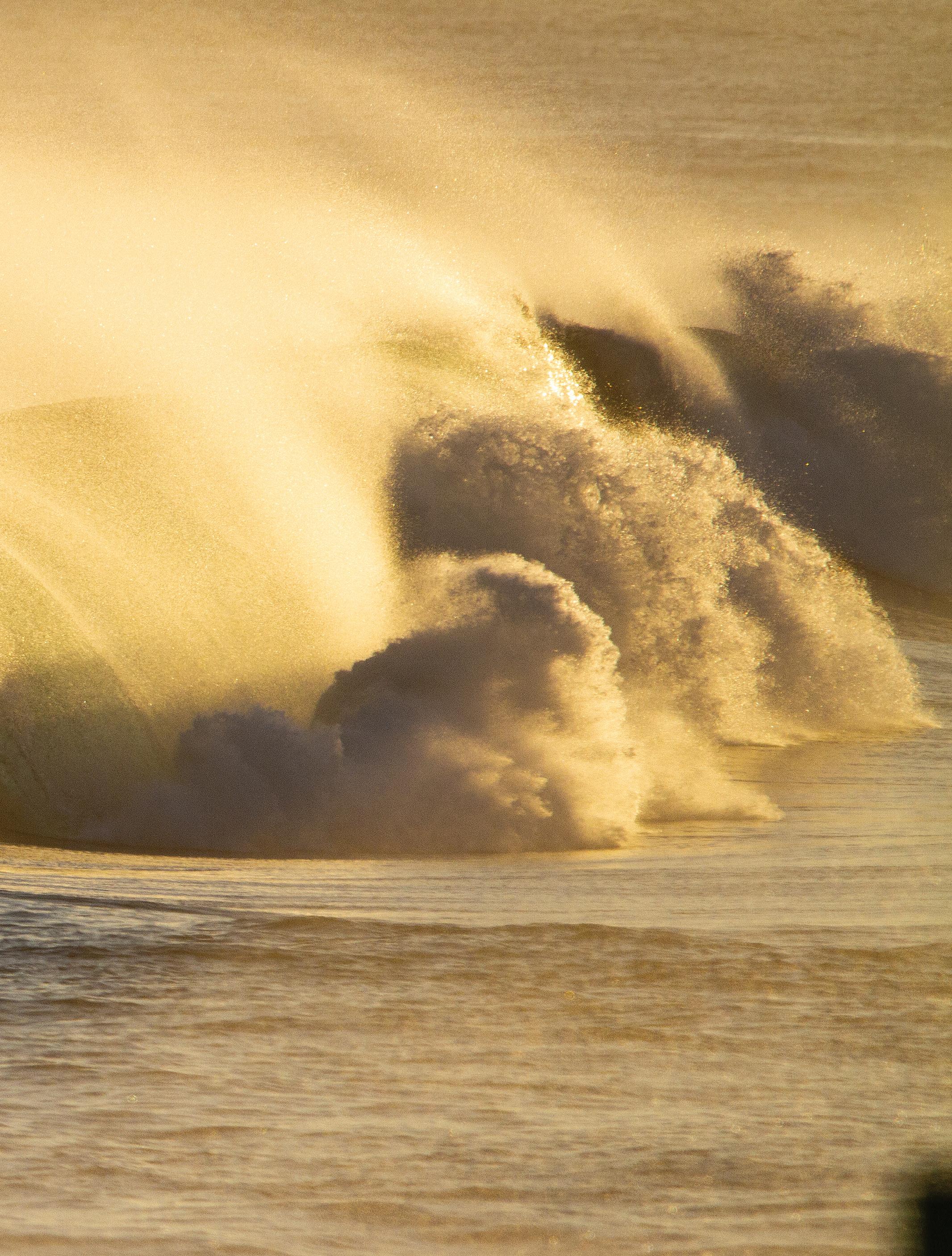
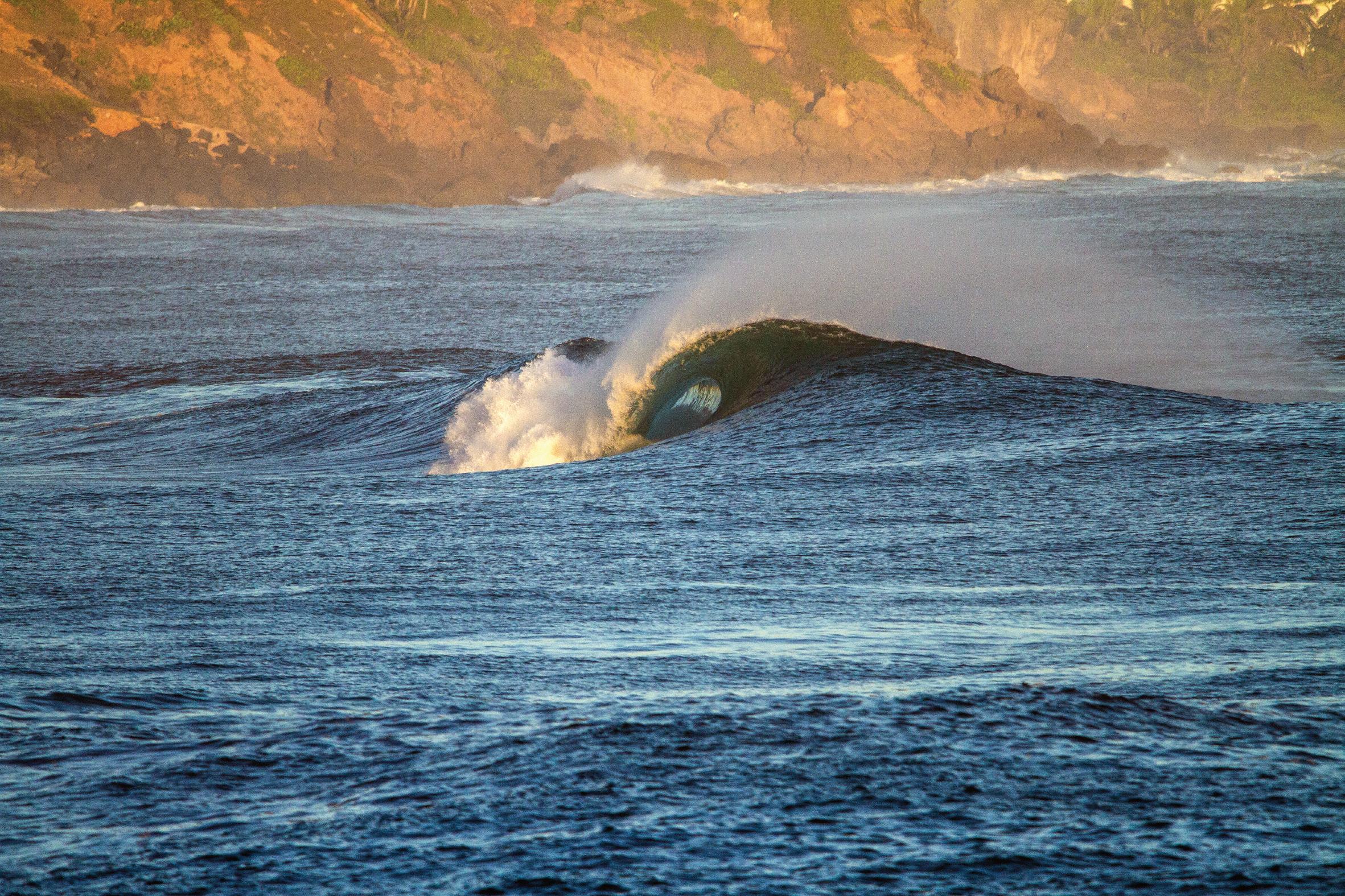

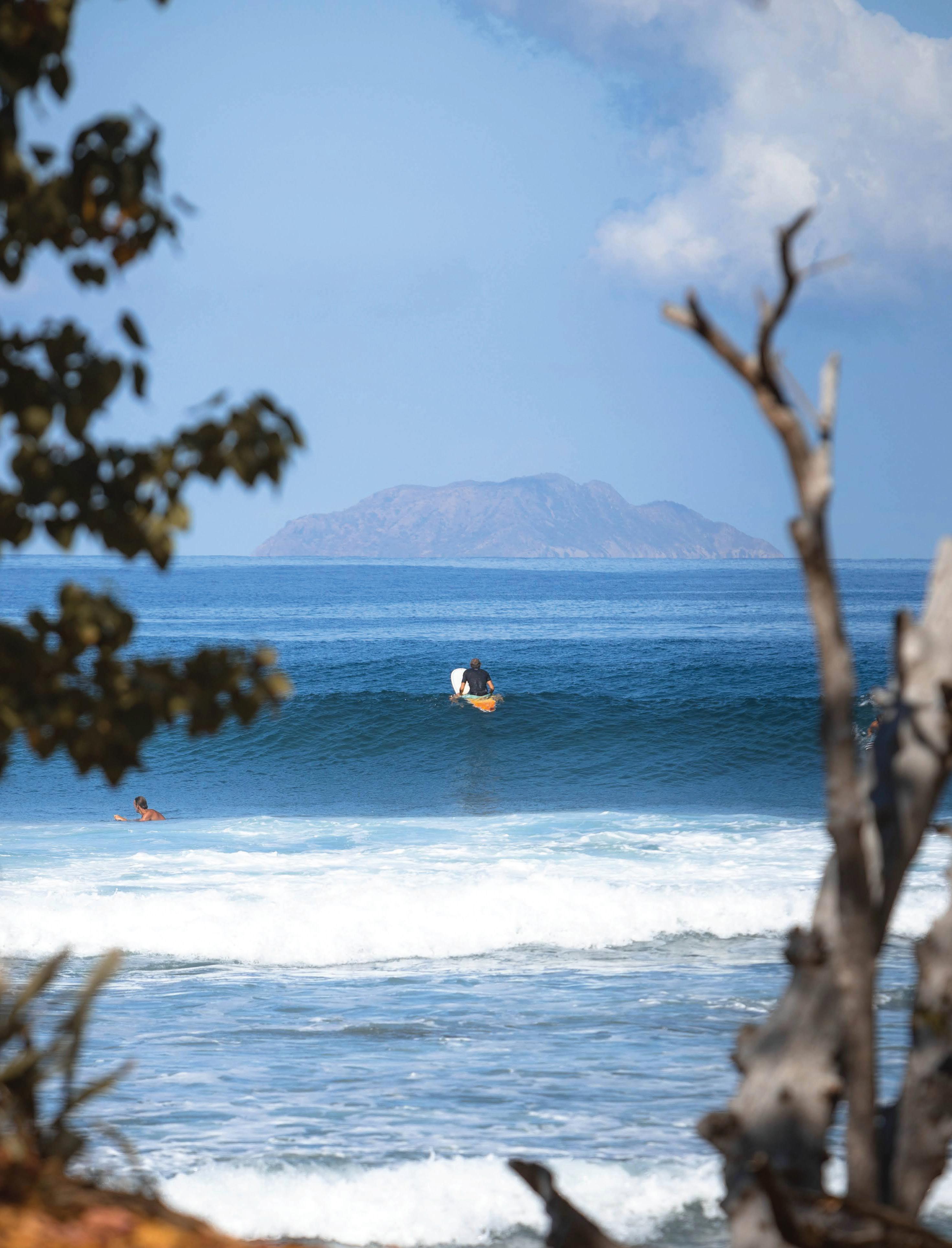 Photo: gOnzo
Photo: gOnzo



your SURF stokedrincon.com
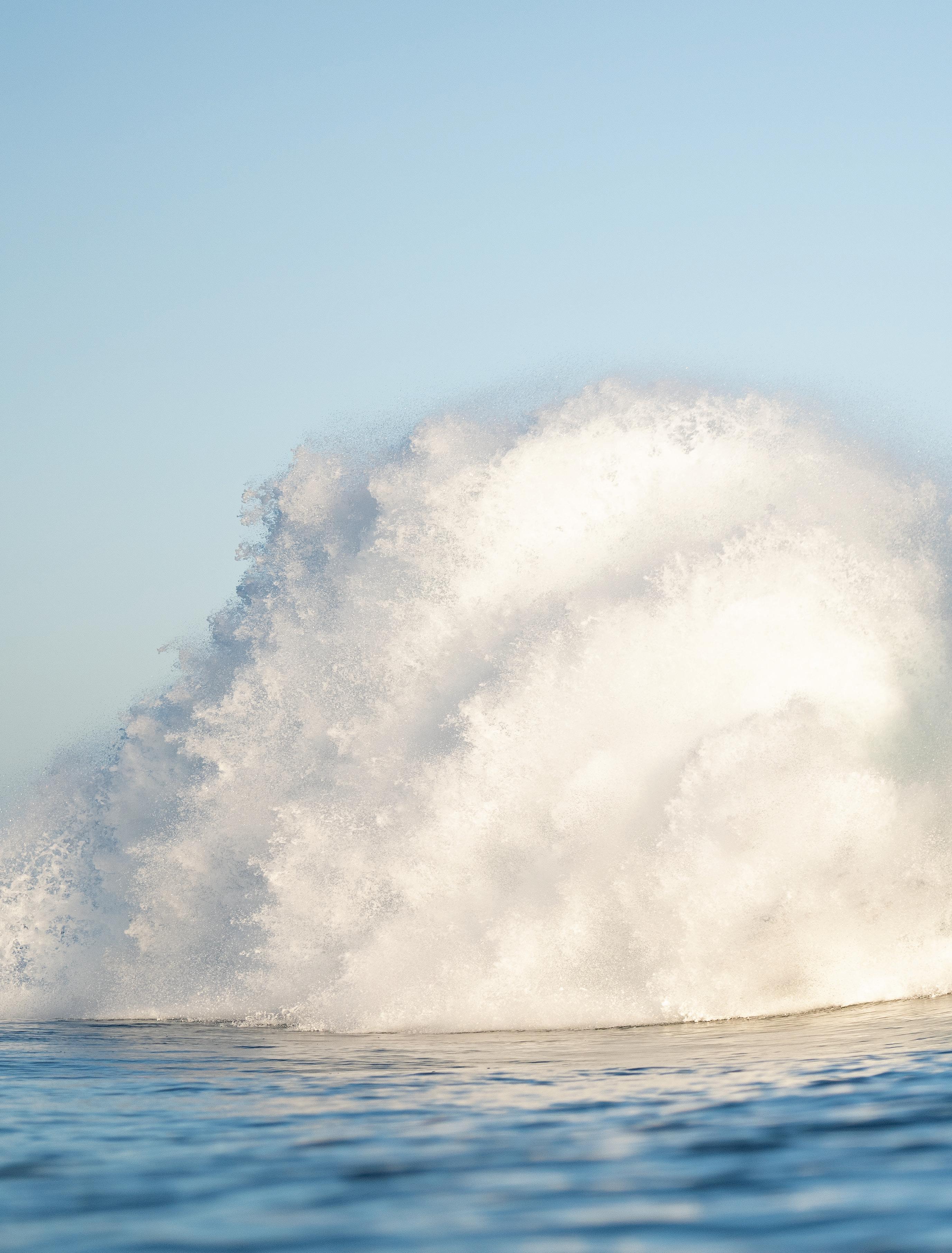
UNMATCHED
 Photo: Jorge Figueroa
Rider: Ale Moreda
Photo: Jorge Figueroa
Rider: Ale Moreda

 Rider:Charlie Ramírez
Rider:Charlie Ramírez
 Rider: Josué Ramos
Photos: gOnzo
Rider: Josué Ramos
Photos: gOnzo
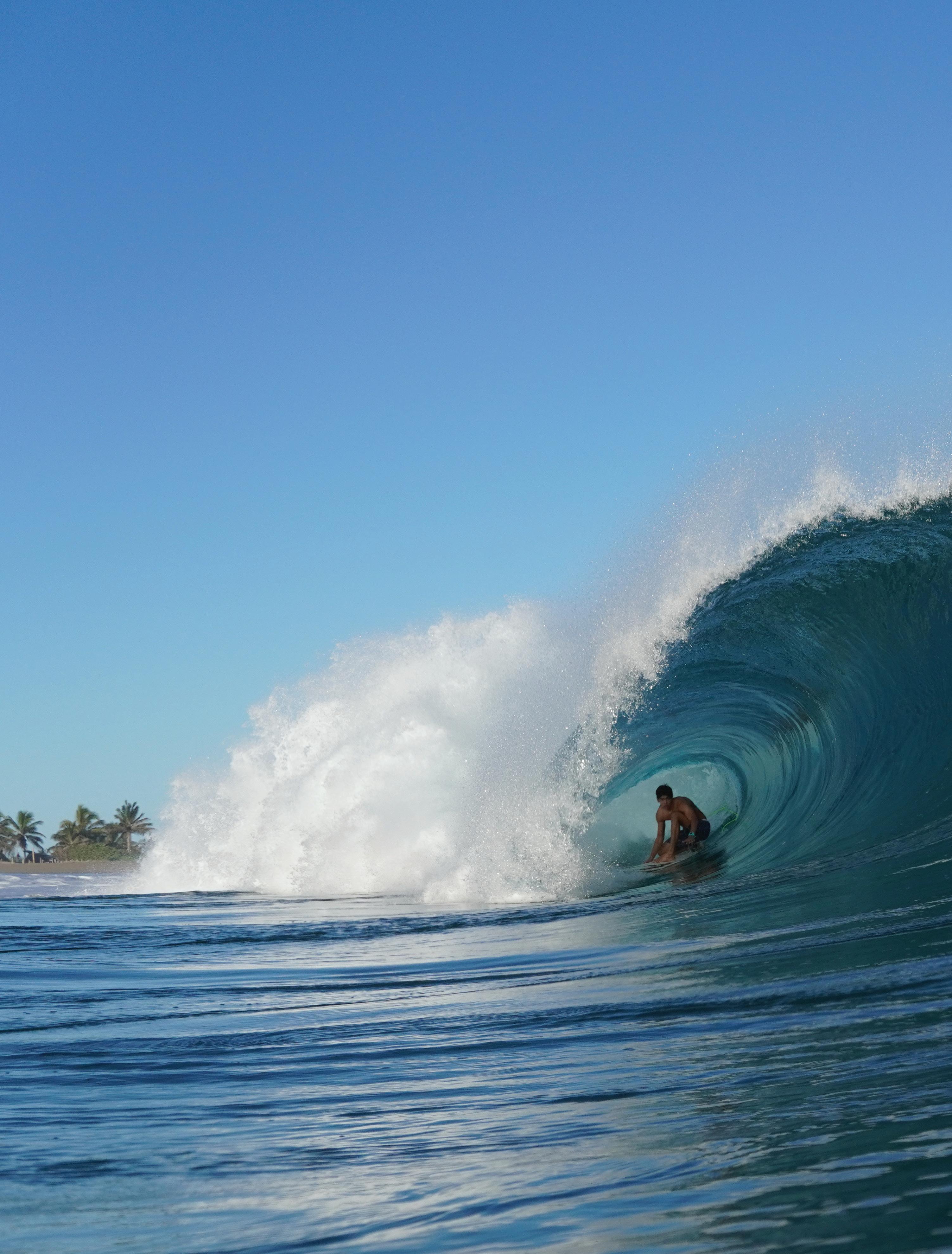
 Photo:Ike Raffols
Rider: Max Torres
Photo:Ike Raffols
Rider: Max Torres
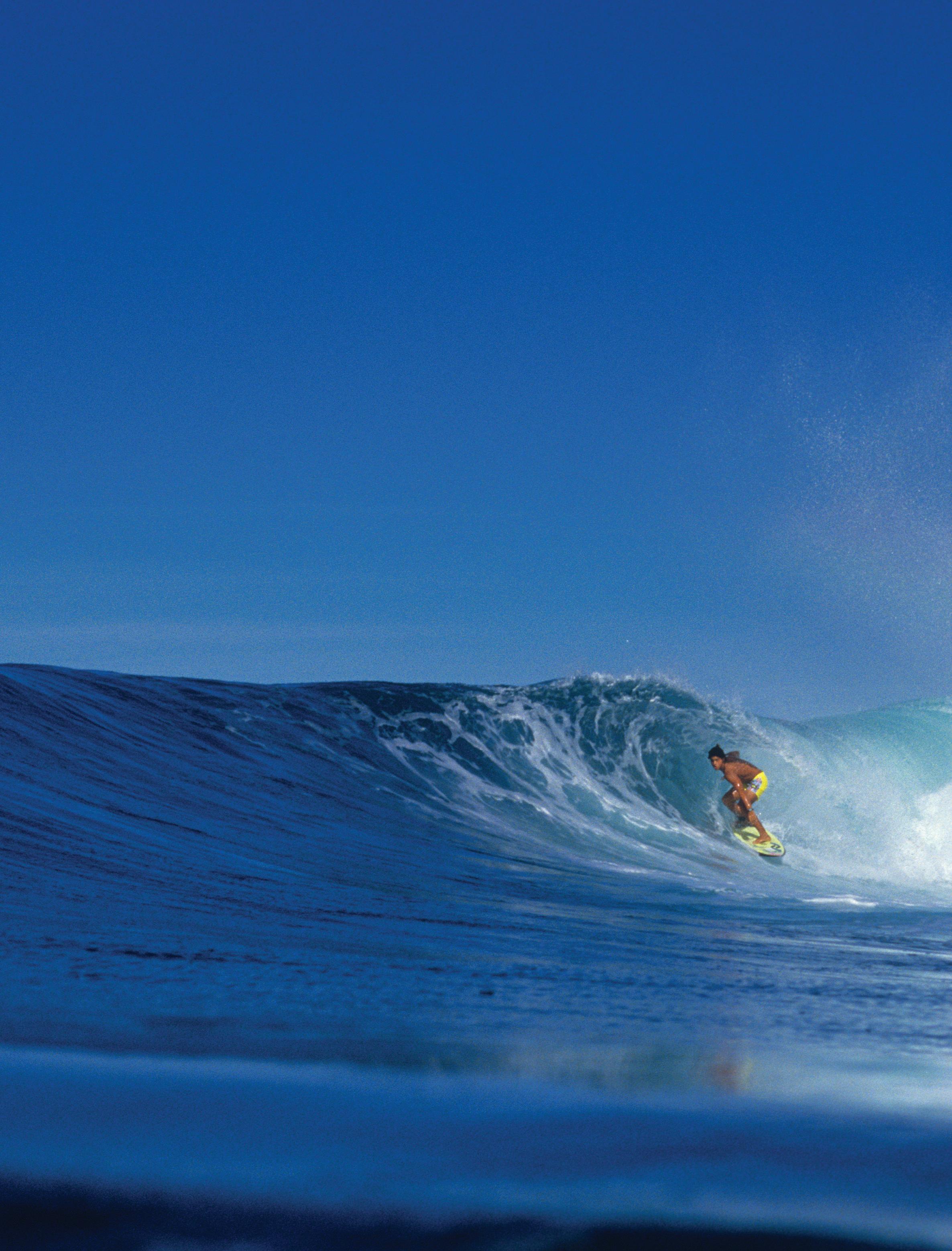 Photo:Tony Arruza
Rider: Rafito Llompart
Photo:Tony Arruza
Rider: Rafito Llompart
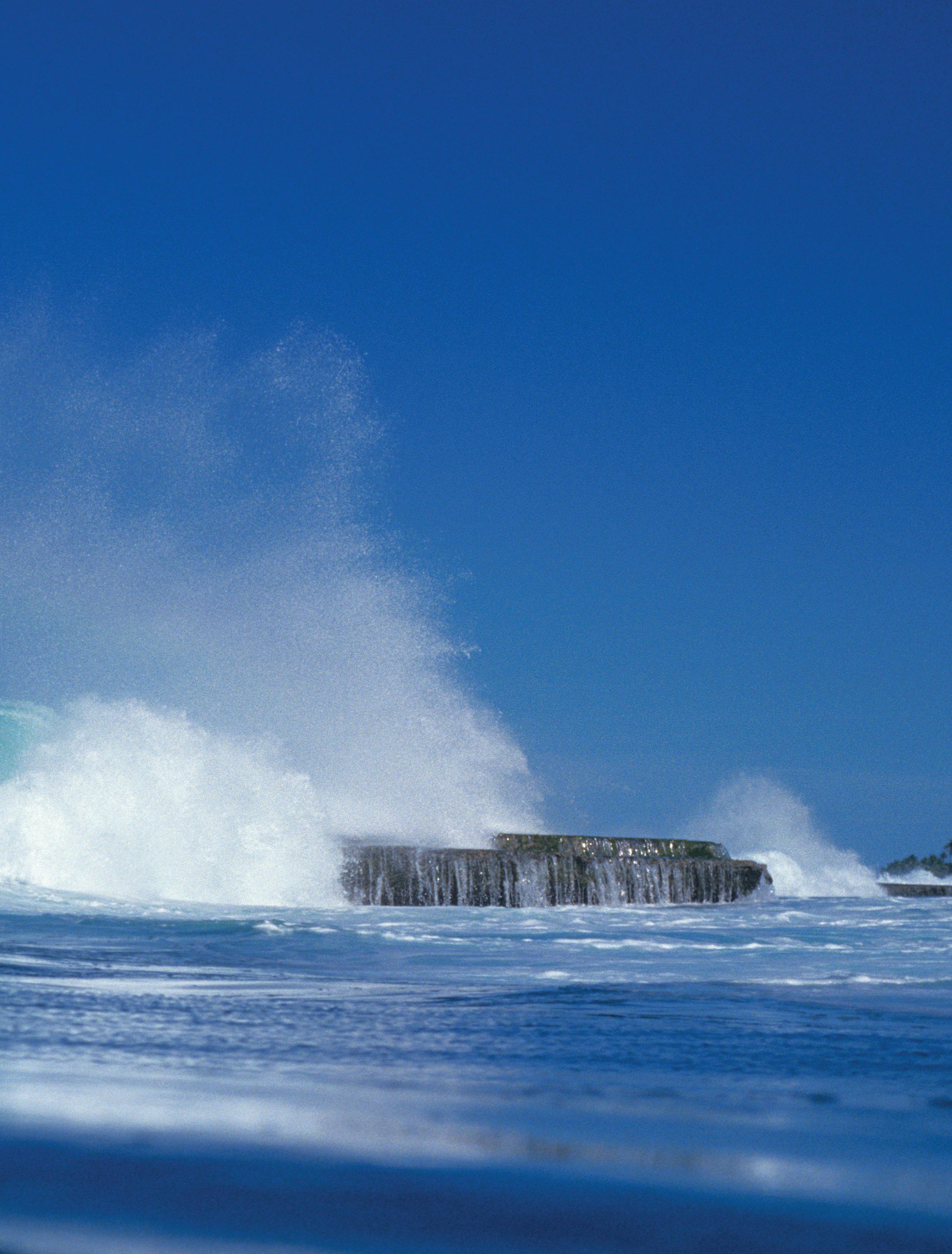
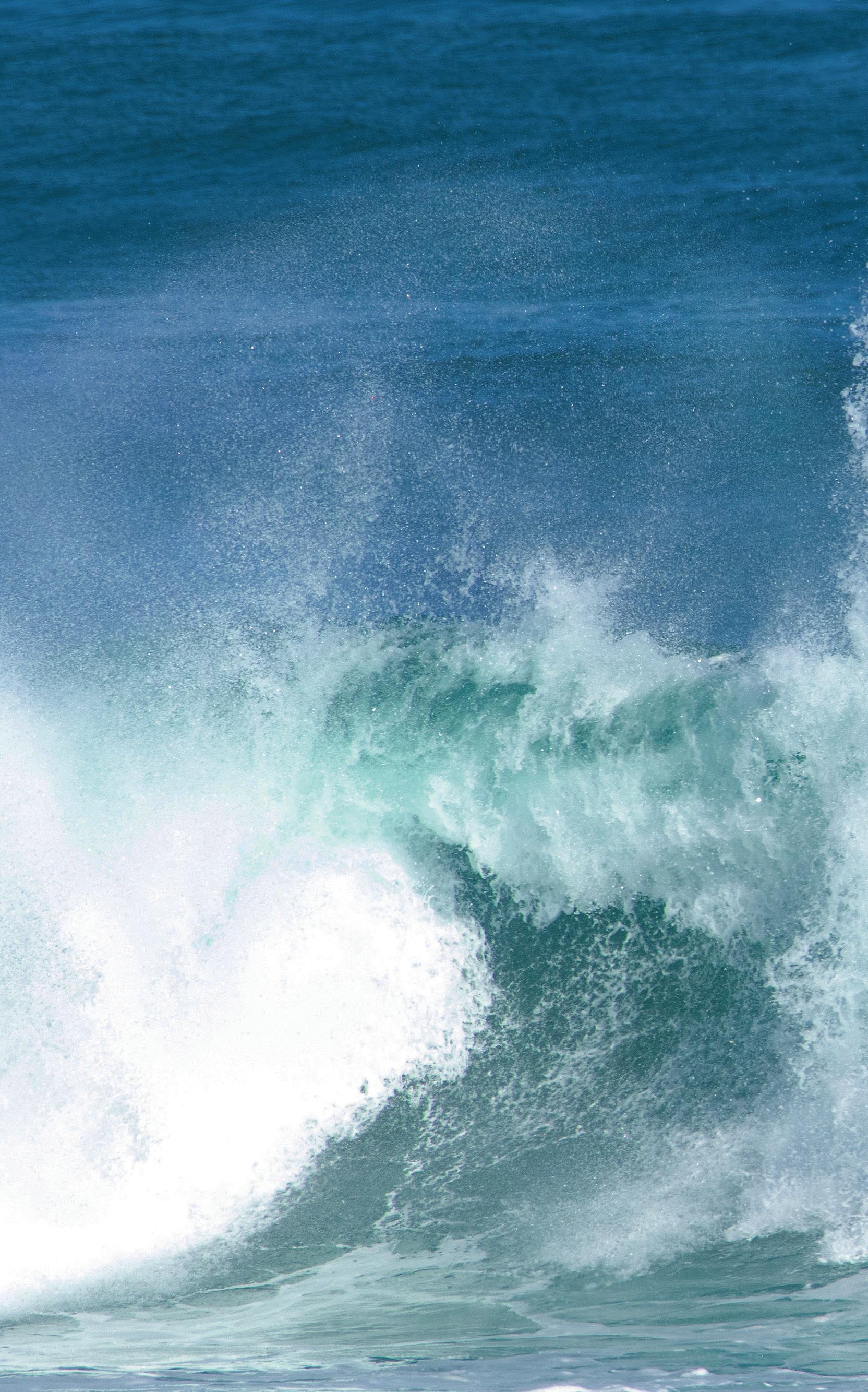
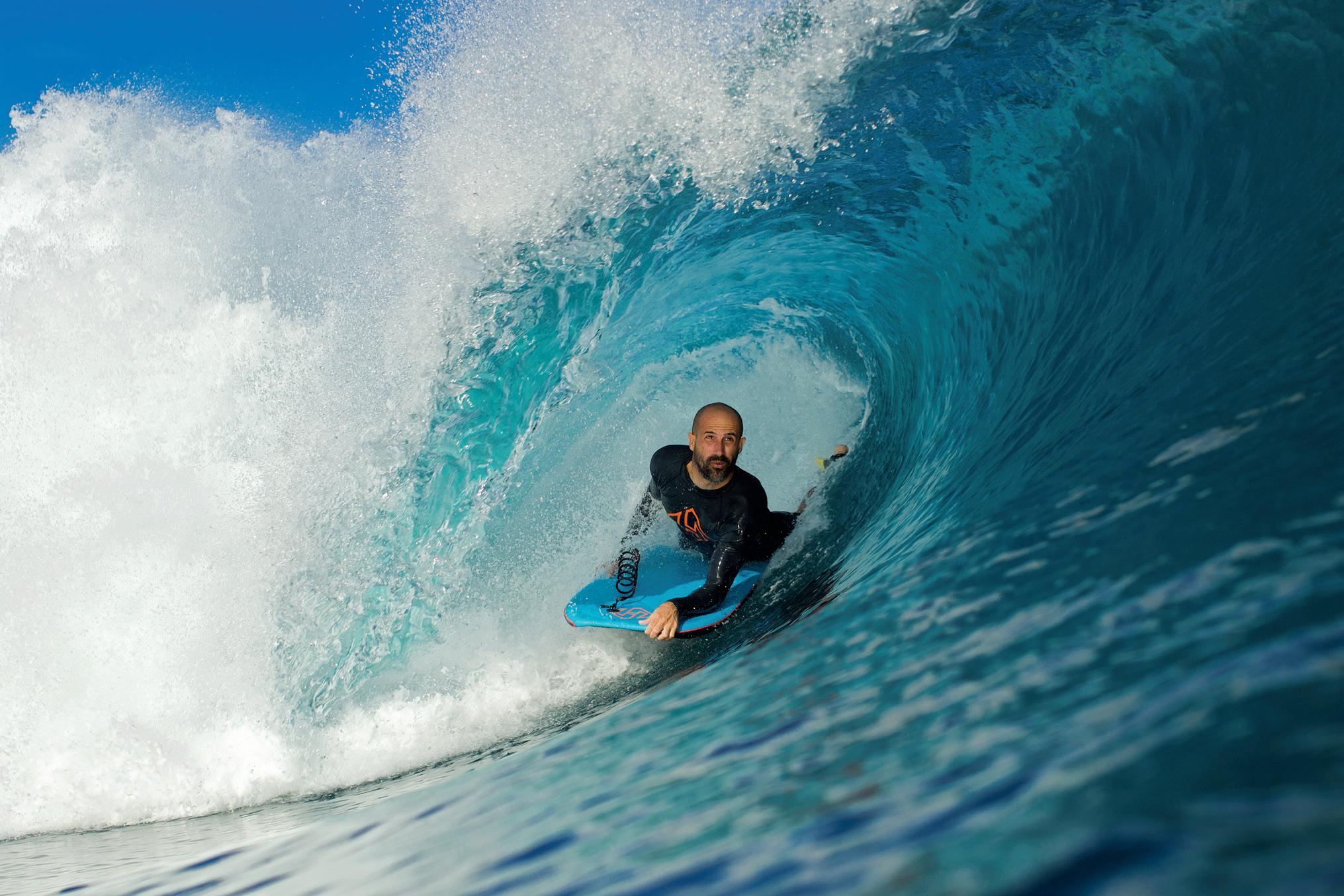 Photo:Edu López
Rider: Pierre Bouret
Photo:Edu López
Rider: Pierre Bouret
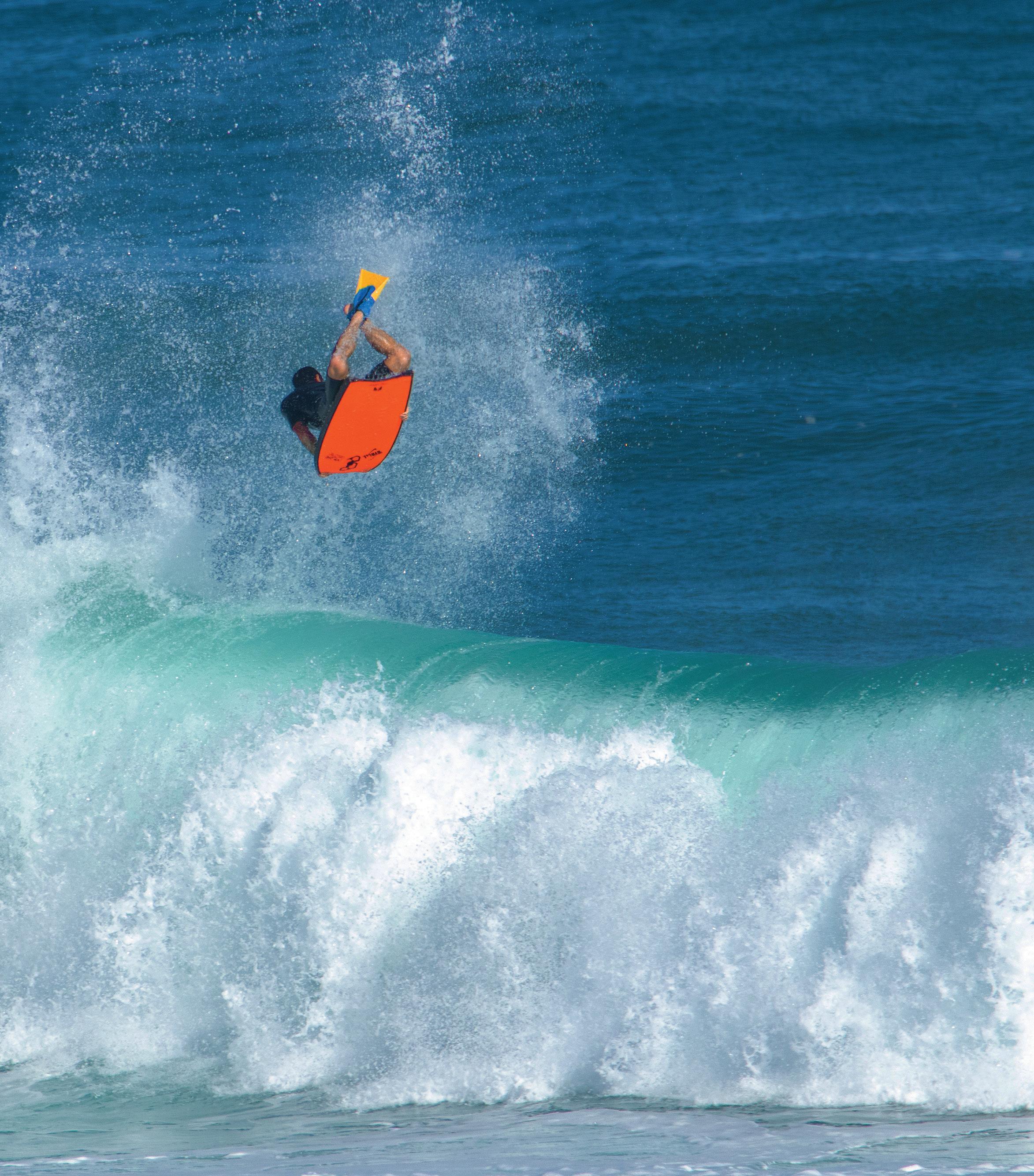 Photo:Adrián Cruz
Rider:PJ Tartak
Photo:Adrián Cruz
Rider:PJ Tartak
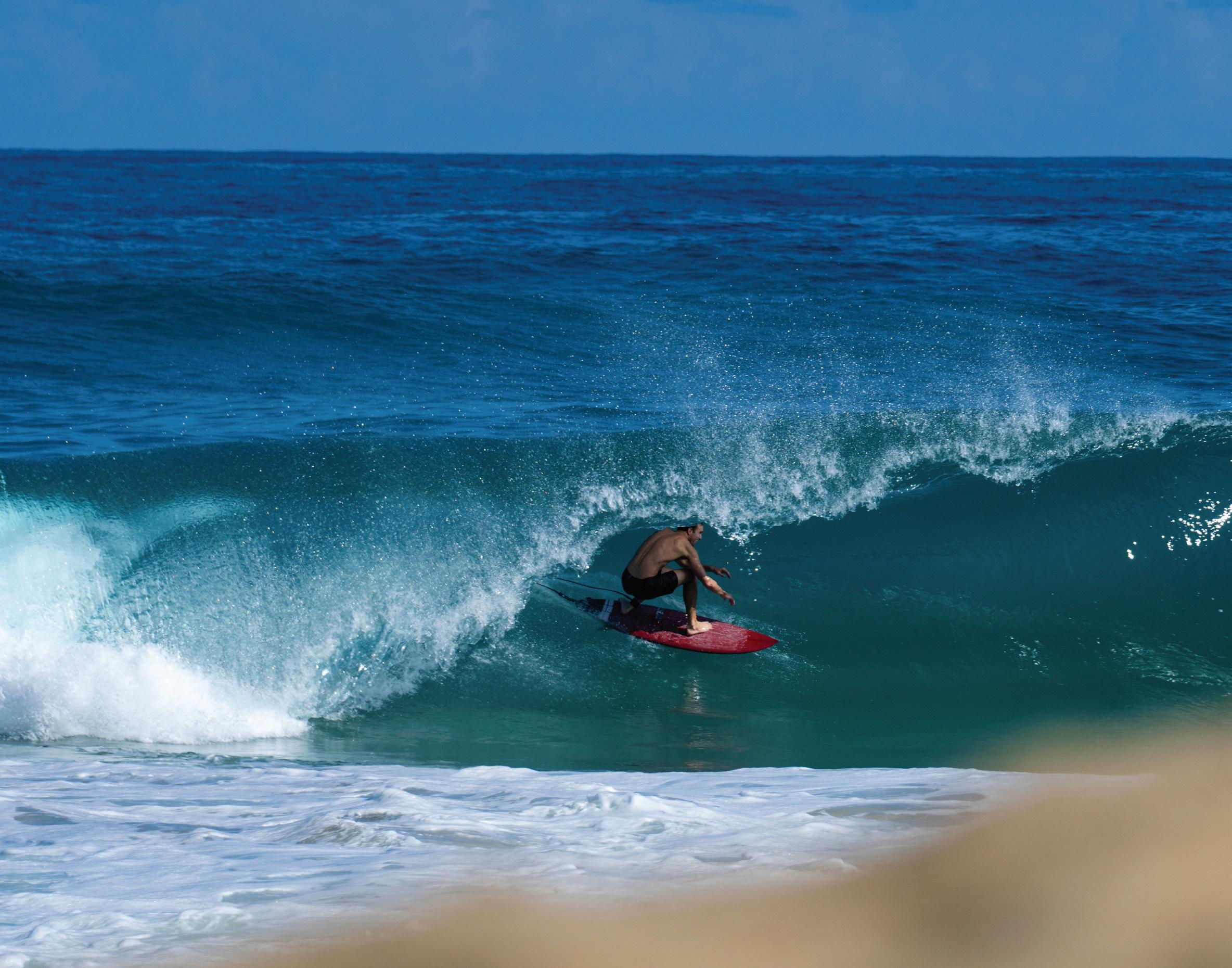
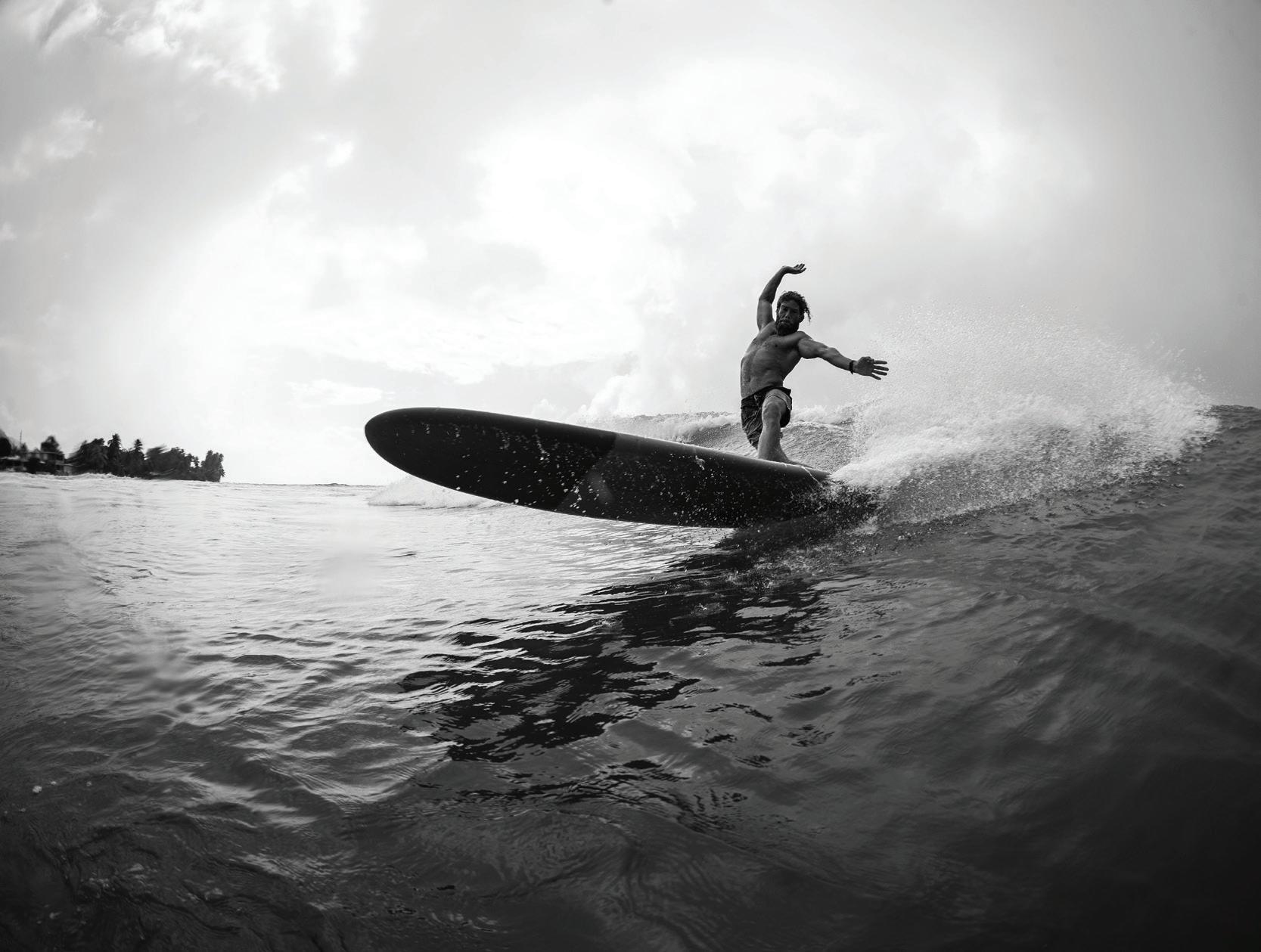 Photo:Callaway Ramsey
Rider: Oliver Kurtz
Photo:gOnzo
Rider: Josué Ramos
Photo:Callaway Ramsey
Rider: Oliver Kurtz
Photo:gOnzo
Rider: Josué Ramos


 Photo:Iván Férrer
Rider: Mikel Kauffmann
Photo:gOnzo
Rafa Alea
Photo:Iván Férrer
Rider: Mikel Kauffmann
Photo:gOnzo
Rafa Alea

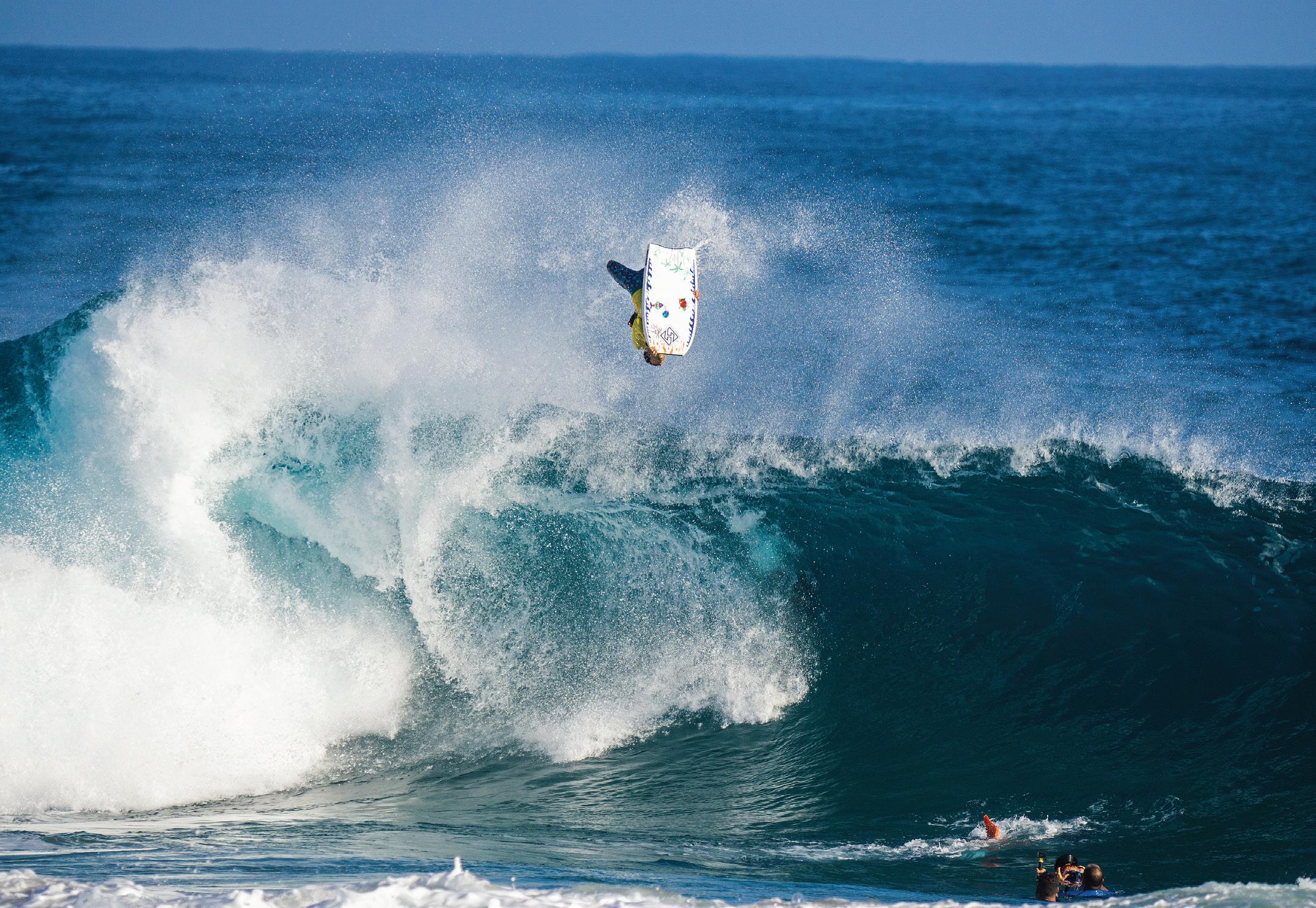 Photo:gOnzo
Rider:Abner De Arce Jr.
Photo:Yeyo Pesquera
Rider:Ricardo Lucke
Photo:gOnzo
Rider:Abner De Arce Jr.
Photo:Yeyo Pesquera
Rider:Ricardo Lucke
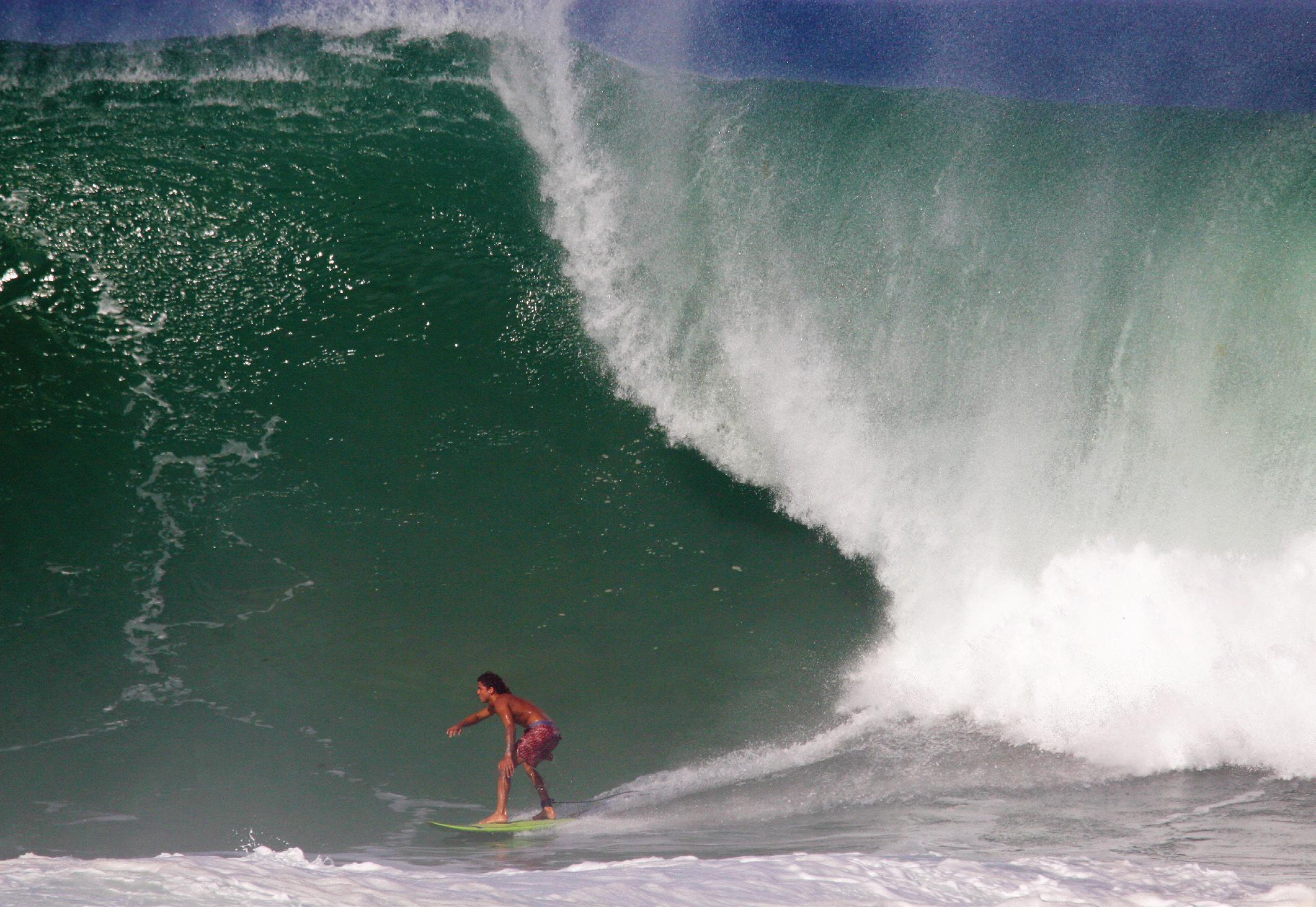
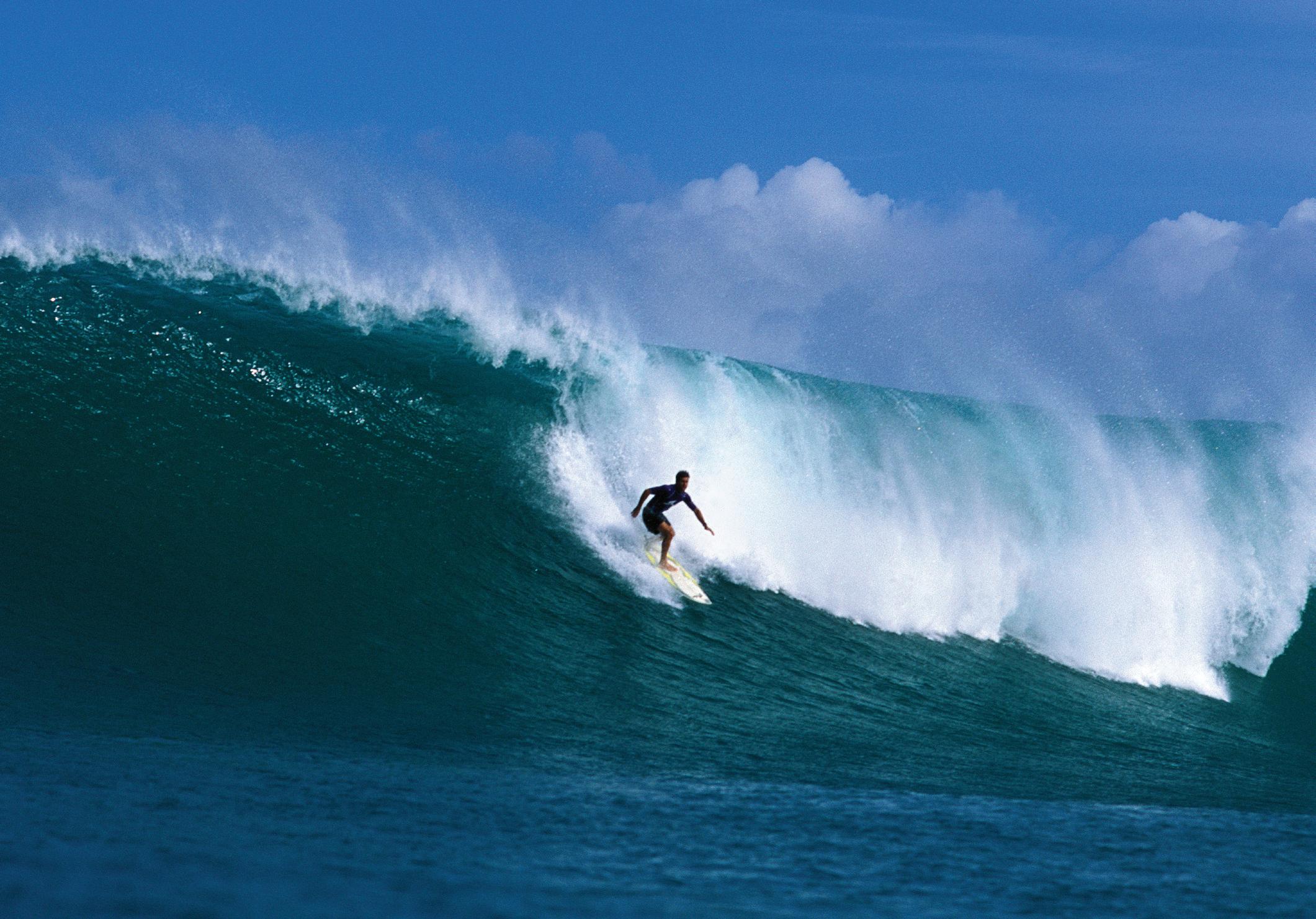 Photo:Jesús Chu
Rider: Derek Delgado
Photo:Tony Arruza
Rider: Ricardo Villanueva
Photo:Jesús Chu
Rider: Derek Delgado
Photo:Tony Arruza
Rider: Ricardo Villanueva
SIMPLIFIED SURFING AS A THERAPEUTIC TOOL FOR CHILDREN DIAGNOSED WITH AUTISM SPECTRUM DISORDER (ASD)
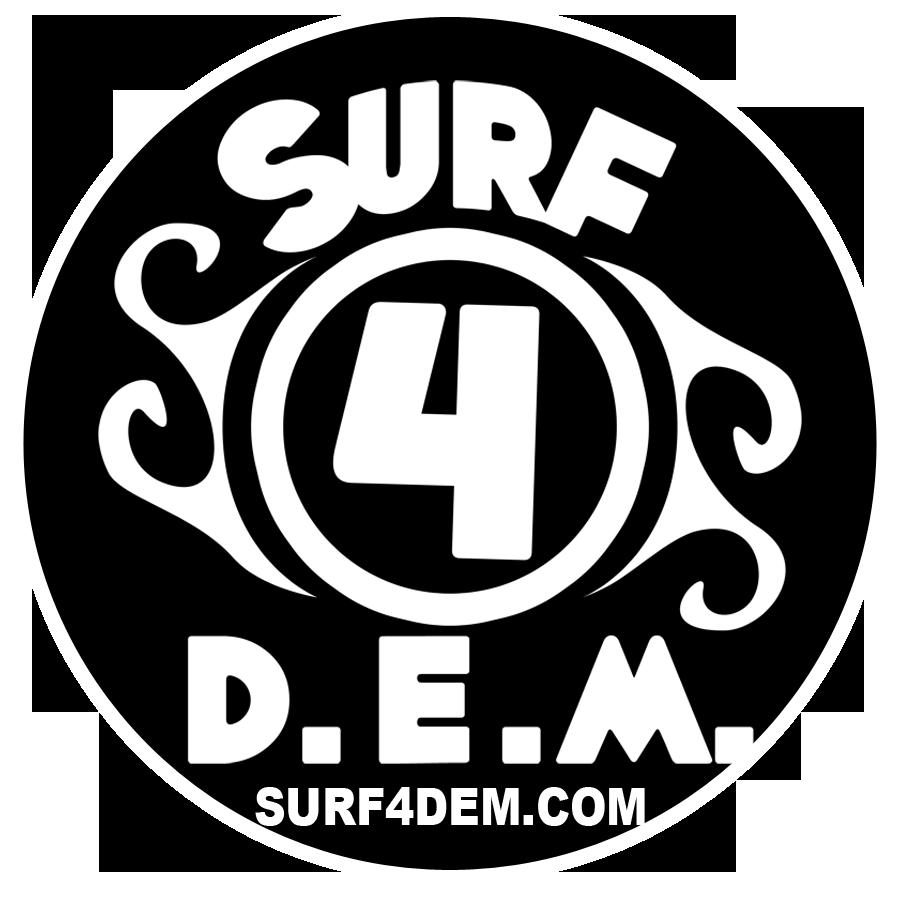
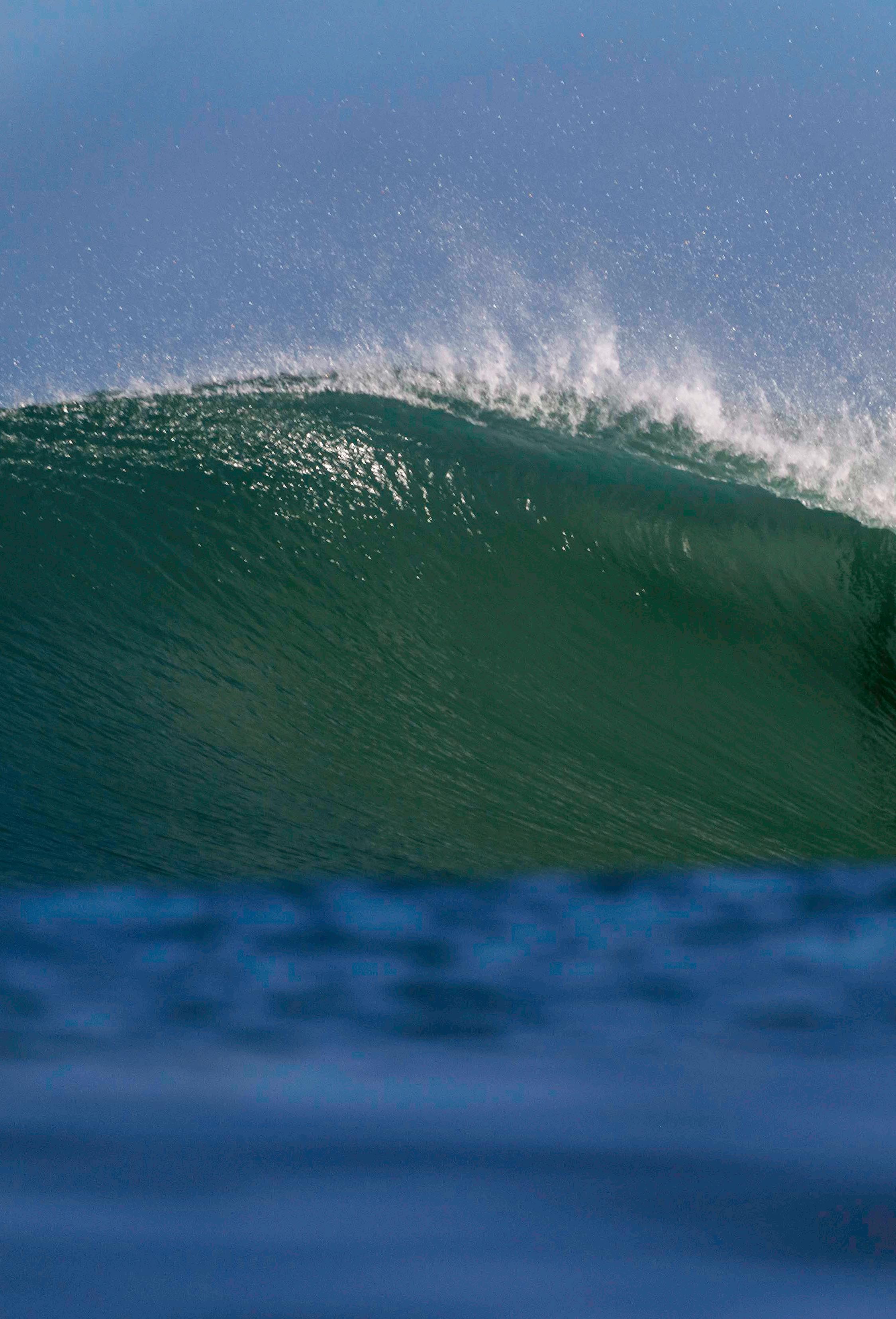 GIOVANNI MARTINEZ, PH.D
LICENSED CLINICAL PSYCHOLOGIST NPI #1972951937 EXECUTIVE DIRECTOR SURF4DEM, INC. 501(C)(3) INTERNATIONAL SURF THERAPY ORGANIZATION
GIOVANNI MARTINEZ, PH.D
LICENSED CLINICAL PSYCHOLOGIST NPI #1972951937 EXECUTIVE DIRECTOR SURF4DEM, INC. 501(C)(3) INTERNATIONAL SURF THERAPY ORGANIZATION










 Photo: gOnzo
Photo: gOnzo





















 Photo: Ardiel Jiménez
Photo: Ardiel Jiménez


 Photo: Chris Candelas
Photo: gOnzo
Rider: Riki Horikoshi
Rider: Jack Young
Photo: Chris Candelas
Photo: gOnzo
Rider: Riki Horikoshi
Rider: Jack Young

 Photo: gOnzo
Photo: Rachel Tanner
Isabella Dimain
Photo: gOnzo
Photo: Rachel Tanner
Isabella Dimain

 Photo: gOnzo
Rider: Chris Candelas
Photo: gOnzo
Rider: Chris Candelas



























 Photo: Jerry Molina
Photo: Jerry Molina

 Photo: gOnzo
Rider: Dwight Pastrana
Photo: gOnzo
Rider: Dwight Pastrana





 Photo: Tony Arruza
Rider: Dino Andino
Photo: Tony Arruza
Rider: Dino Andino



 Raúl González
Raúl González
 Photo: Tony Arruza
Photo: Tony Arruza
 Photo: Tony Arruza Rider: Dino Andino
Photo: Tony Arruza Rider: Dino Andino
 Photo: Tony Arruza Rider: Blair Markham
Wilderness, Aguadilla, 1991: The Perfect Storm
Photo: Tony Arruza Rider: Blair Markham
Wilderness, Aguadilla, 1991: The Perfect Storm




 Photo: gOnzo
Photo: gOnzo
 Photo: Pichón Duarte
Photo: Pichón Duarte

 Photo: gOnzo
Photo: gOnzo

 Photo: gOnzo Robert Resh
Photo: gOnzo Robert Resh


 Photo: gOnzo
Photo: gOnzo
Photo: gOnzo
Photo: gOnzo
 Photo: Pichón Duarte
Photo: Pichón Duarte
 Photo: gOnzo
Photo: gOnzo

 Photo: gOnzo
Photo: gOnzo

 Photo: gOnzo
Photo: gOnzo



 Photo: gOnzo
Photo: gOnzo


 Photo: Jorge Figueroa
Rider: Ale Moreda
Photo: Jorge Figueroa
Rider: Ale Moreda

 Rider:Charlie Ramírez
Rider:Charlie Ramírez
 Rider: Josué Ramos
Photos: gOnzo
Rider: Josué Ramos
Photos: gOnzo

 Photo:Ike Raffols
Rider: Max Torres
Photo:Ike Raffols
Rider: Max Torres
 Photo:Tony Arruza
Rider: Rafito Llompart
Photo:Tony Arruza
Rider: Rafito Llompart


 Photo:Edu López
Rider: Pierre Bouret
Photo:Edu López
Rider: Pierre Bouret
 Photo:Adrián Cruz
Rider:PJ Tartak
Photo:Adrián Cruz
Rider:PJ Tartak

 Photo:Callaway Ramsey
Rider: Oliver Kurtz
Photo:gOnzo
Rider: Josué Ramos
Photo:Callaway Ramsey
Rider: Oliver Kurtz
Photo:gOnzo
Rider: Josué Ramos


 Photo:Iván Férrer
Rider: Mikel Kauffmann
Photo:gOnzo
Rafa Alea
Photo:Iván Férrer
Rider: Mikel Kauffmann
Photo:gOnzo
Rafa Alea

 Photo:gOnzo
Rider:Abner De Arce Jr.
Photo:Yeyo Pesquera
Rider:Ricardo Lucke
Photo:gOnzo
Rider:Abner De Arce Jr.
Photo:Yeyo Pesquera
Rider:Ricardo Lucke

 Photo:Jesús Chu
Rider: Derek Delgado
Photo:Tony Arruza
Rider: Ricardo Villanueva
Photo:Jesús Chu
Rider: Derek Delgado
Photo:Tony Arruza
Rider: Ricardo Villanueva

 GIOVANNI MARTINEZ, PH.D
LICENSED CLINICAL PSYCHOLOGIST NPI #1972951937 EXECUTIVE DIRECTOR SURF4DEM, INC. 501(C)(3) INTERNATIONAL SURF THERAPY ORGANIZATION
GIOVANNI MARTINEZ, PH.D
LICENSED CLINICAL PSYCHOLOGIST NPI #1972951937 EXECUTIVE DIRECTOR SURF4DEM, INC. 501(C)(3) INTERNATIONAL SURF THERAPY ORGANIZATION
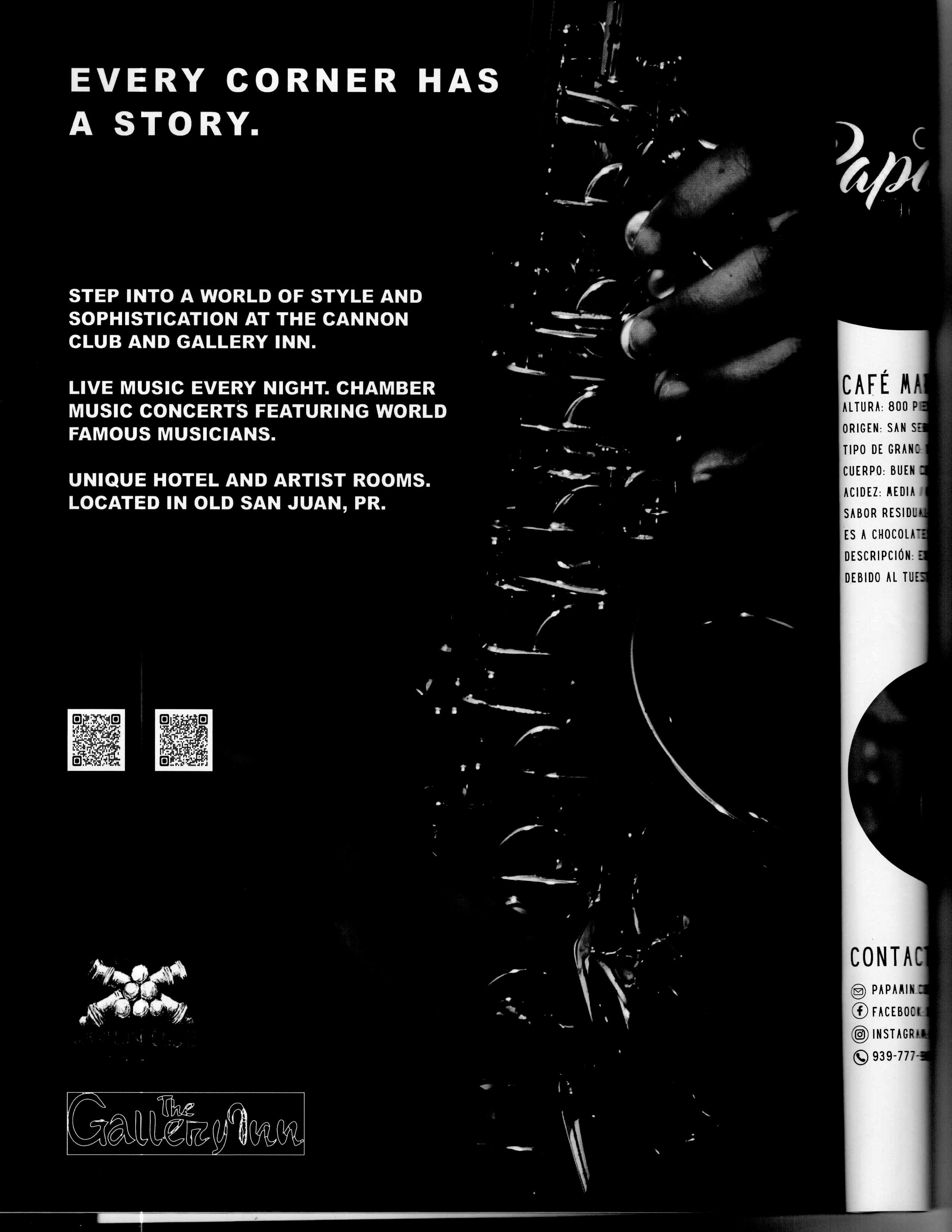
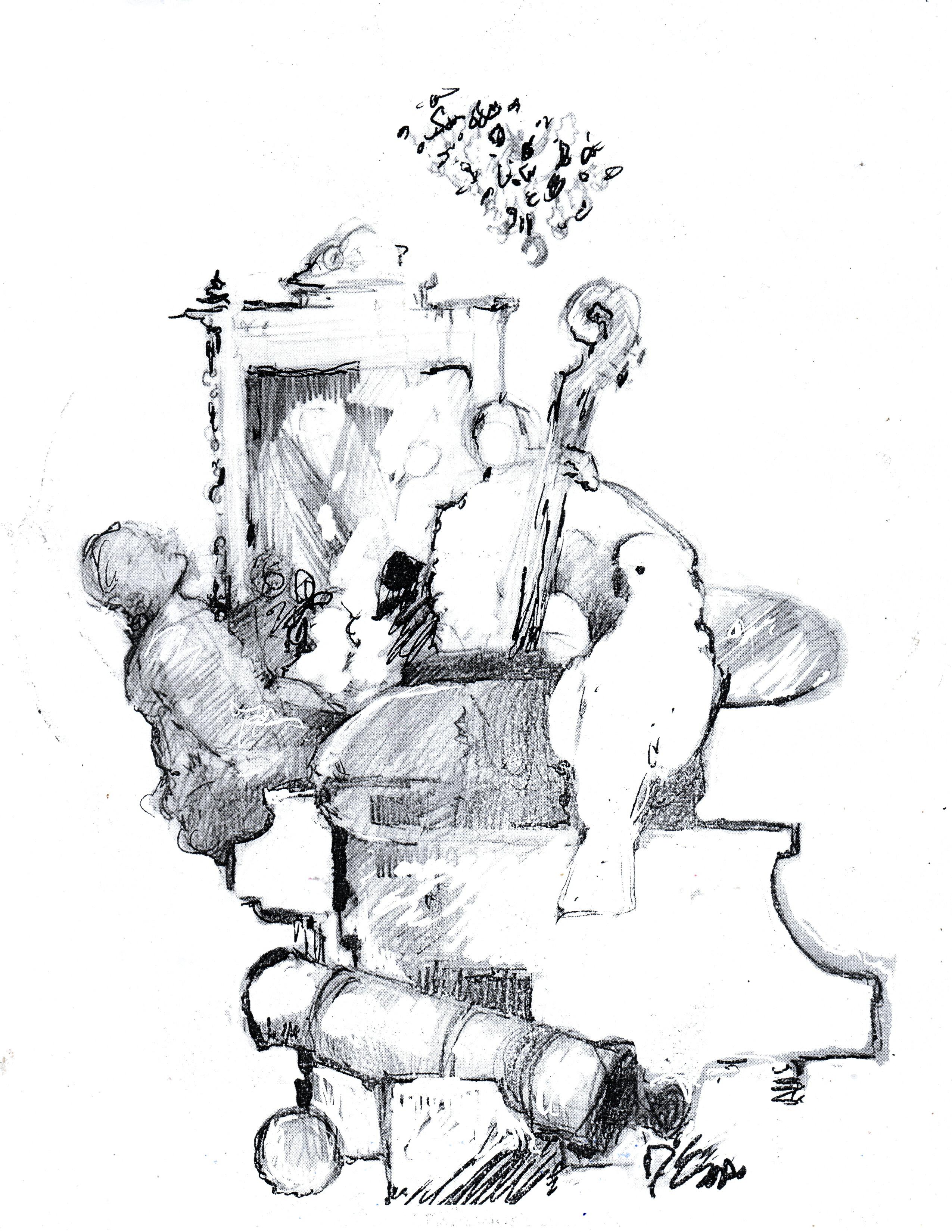


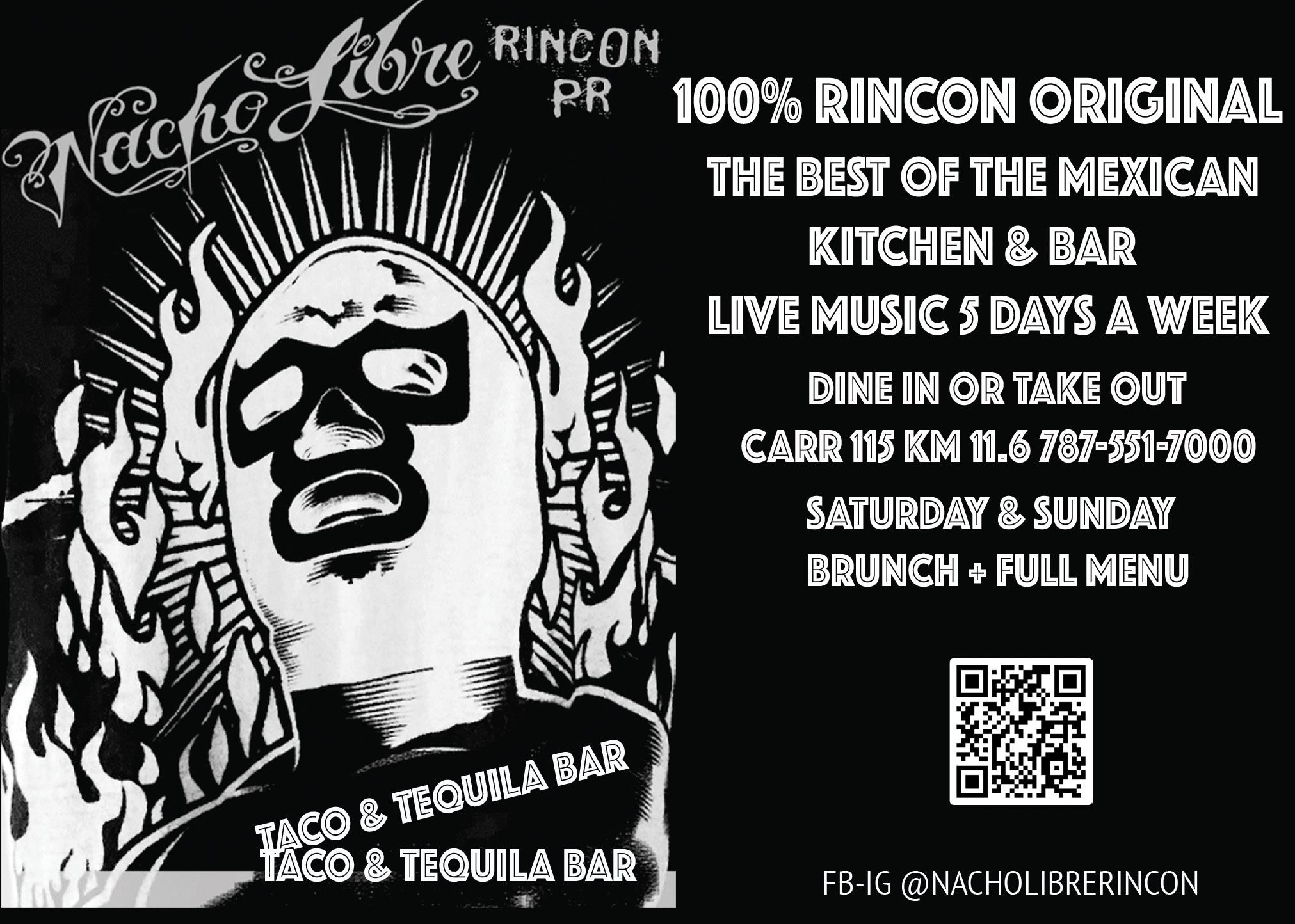

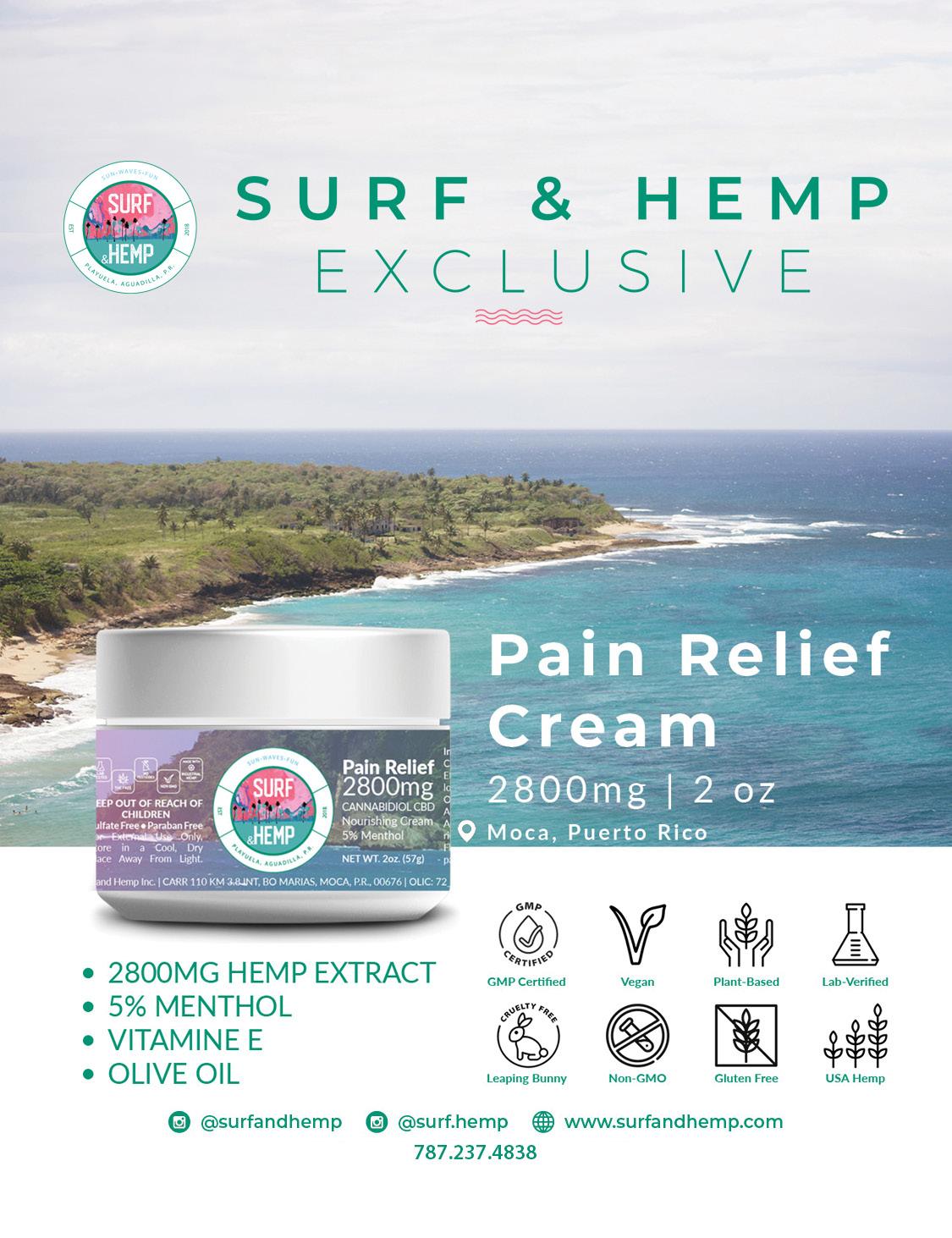

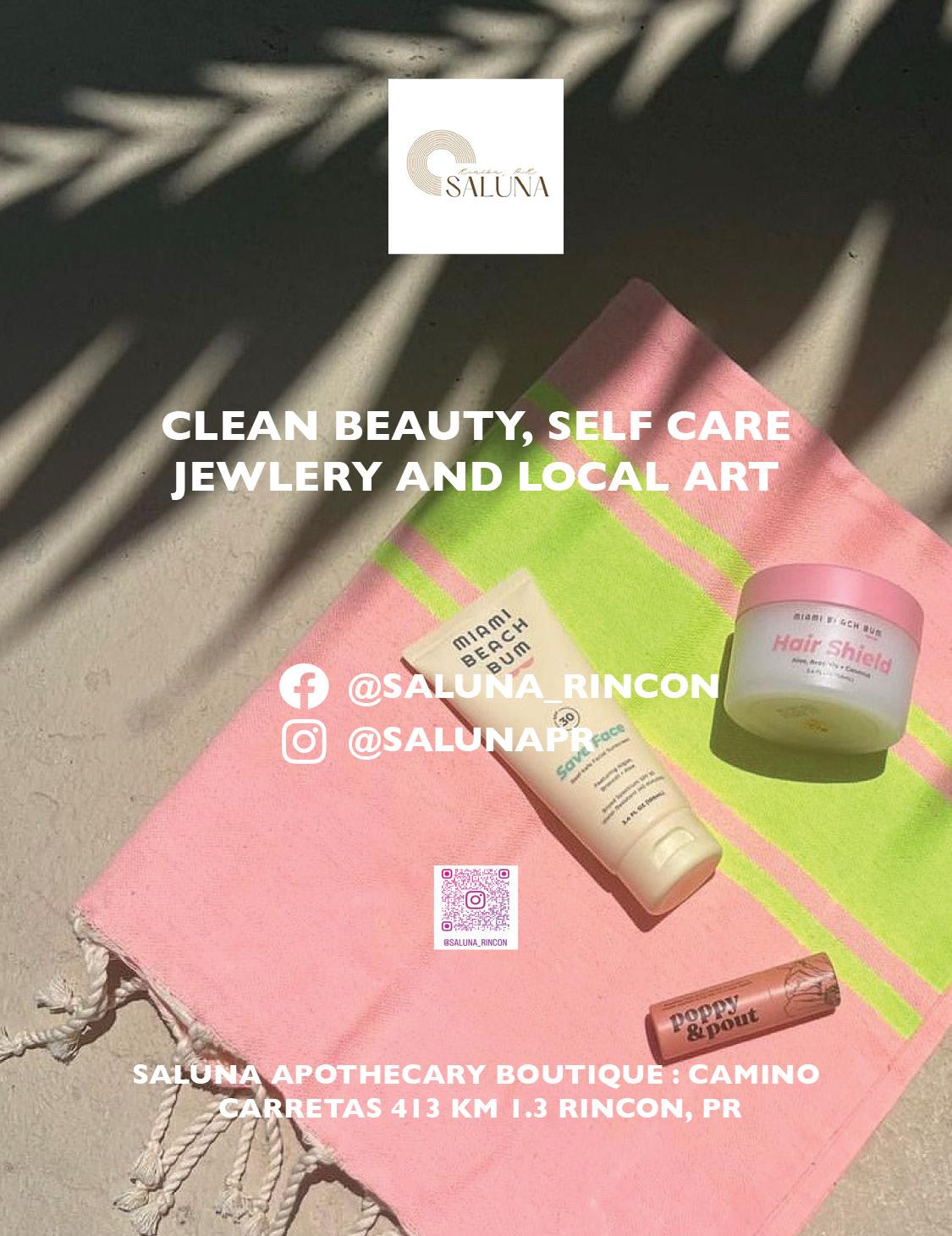



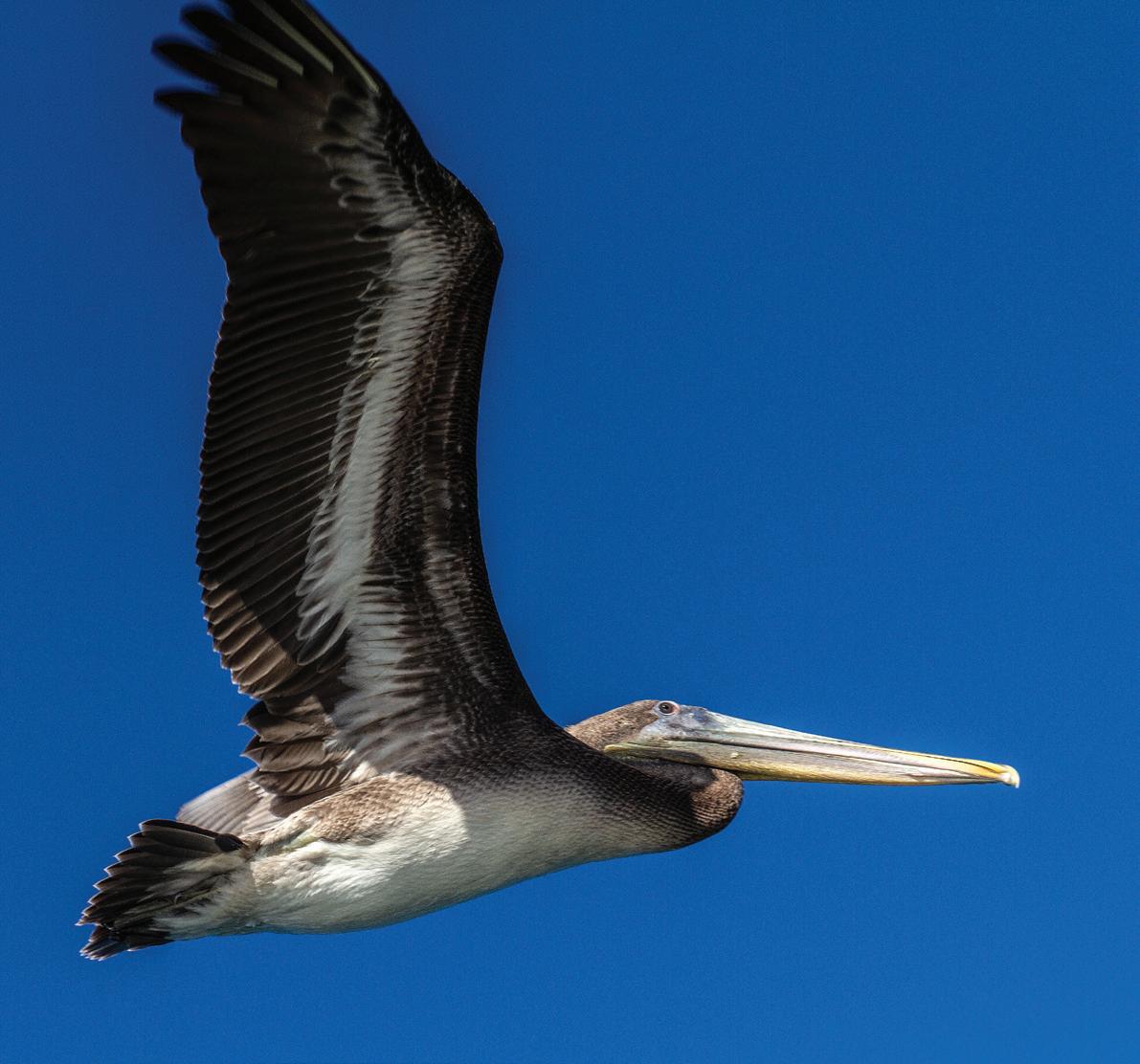

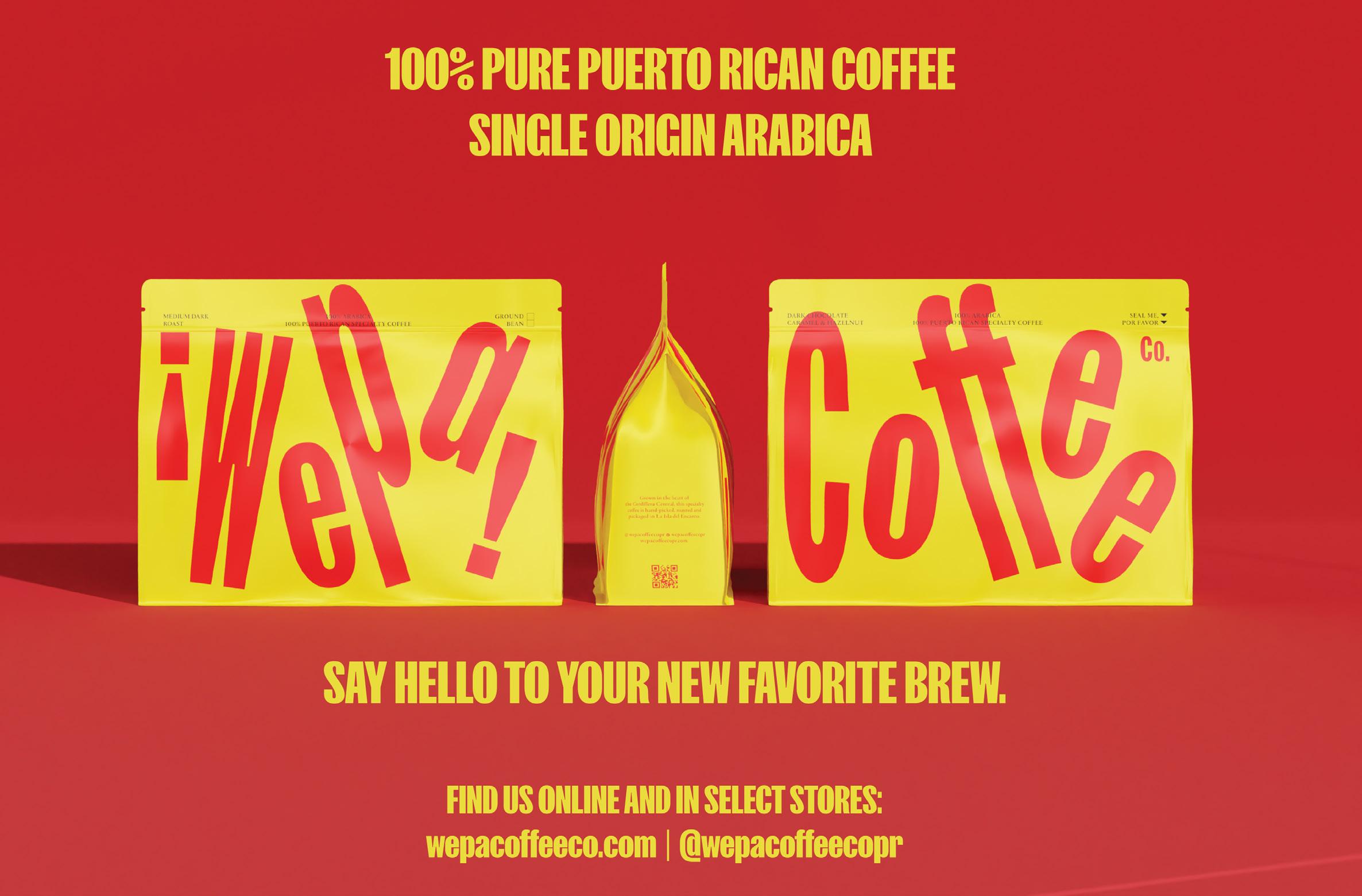
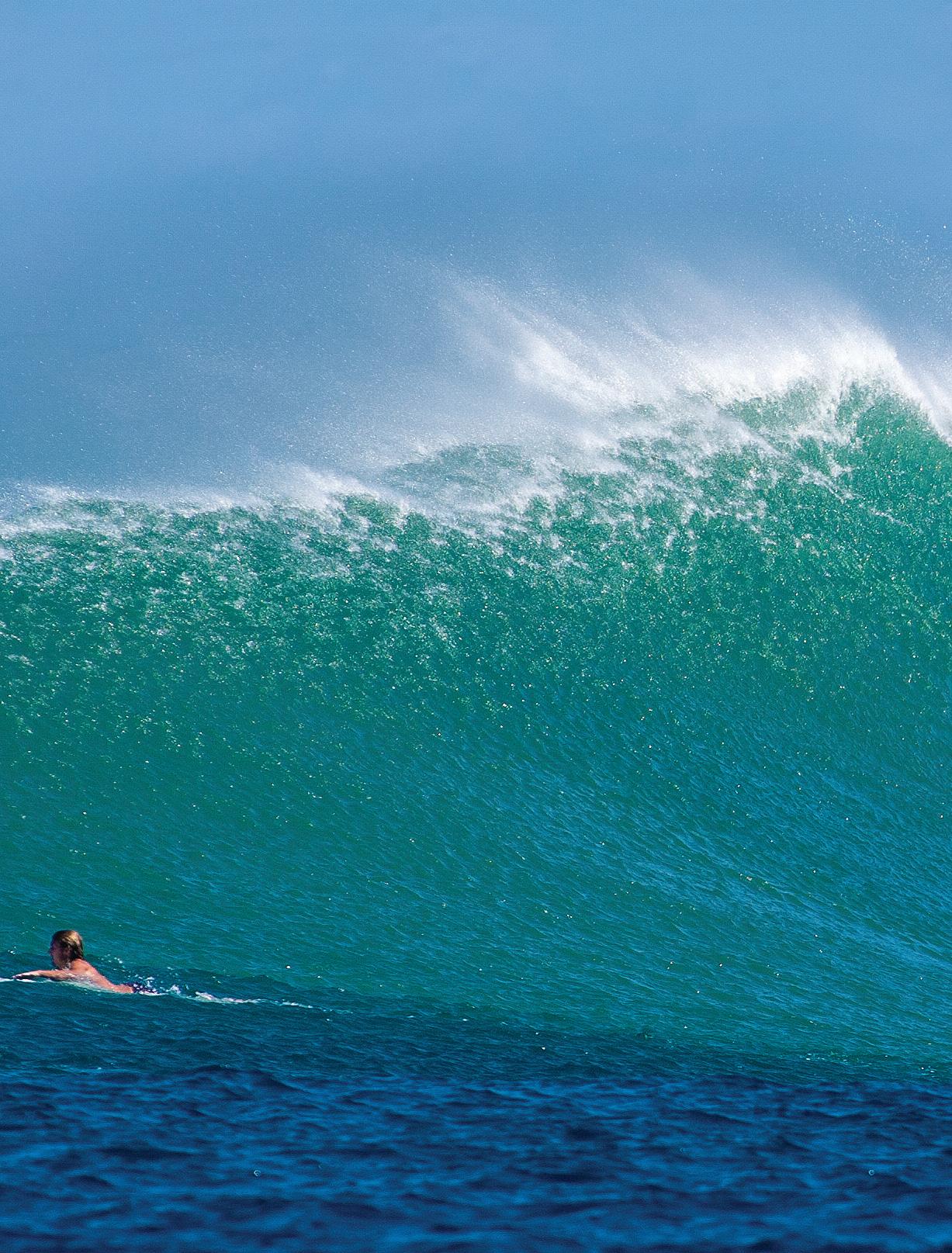 Photo:gOnzo
Photo:gOnzo
